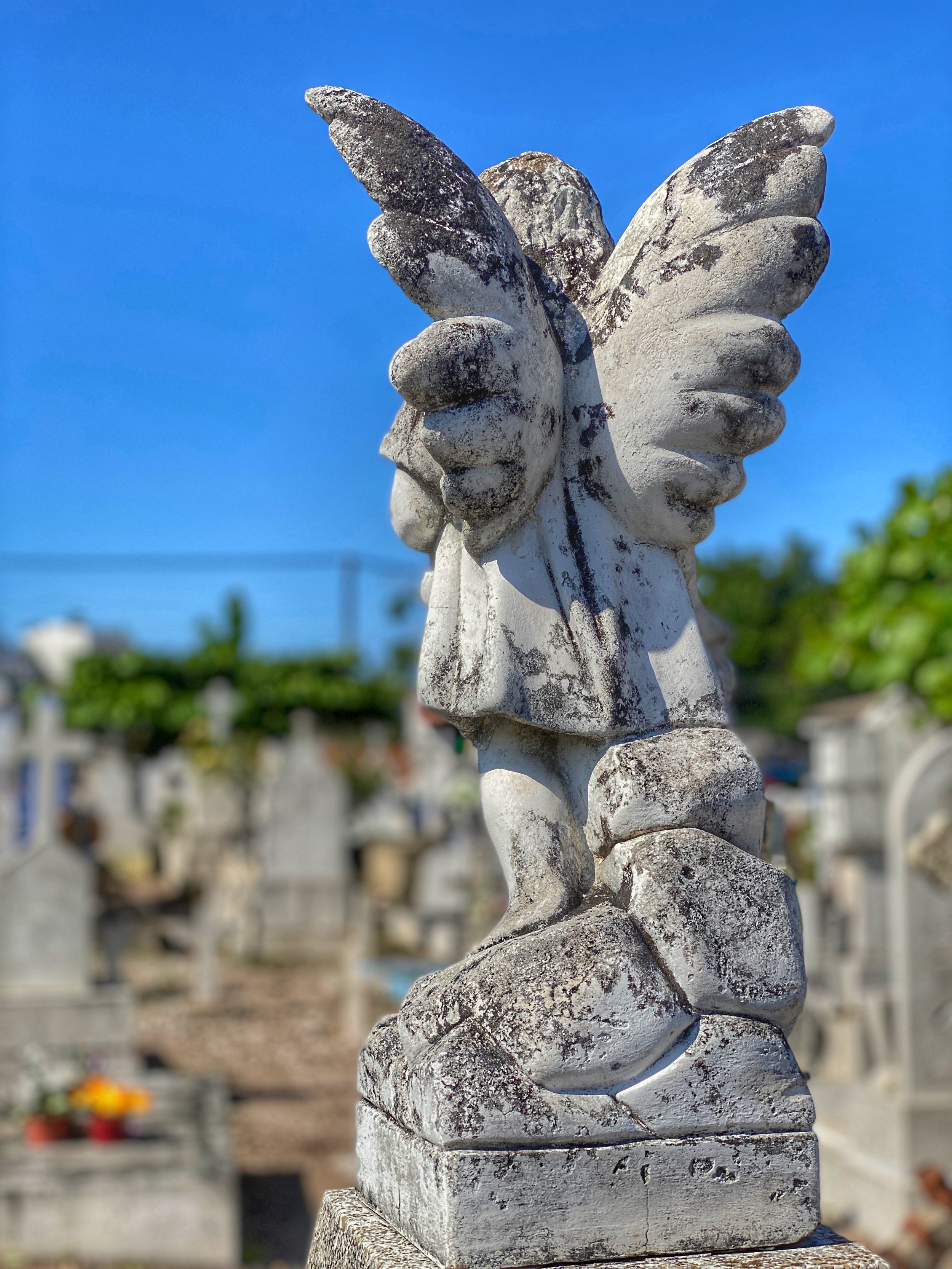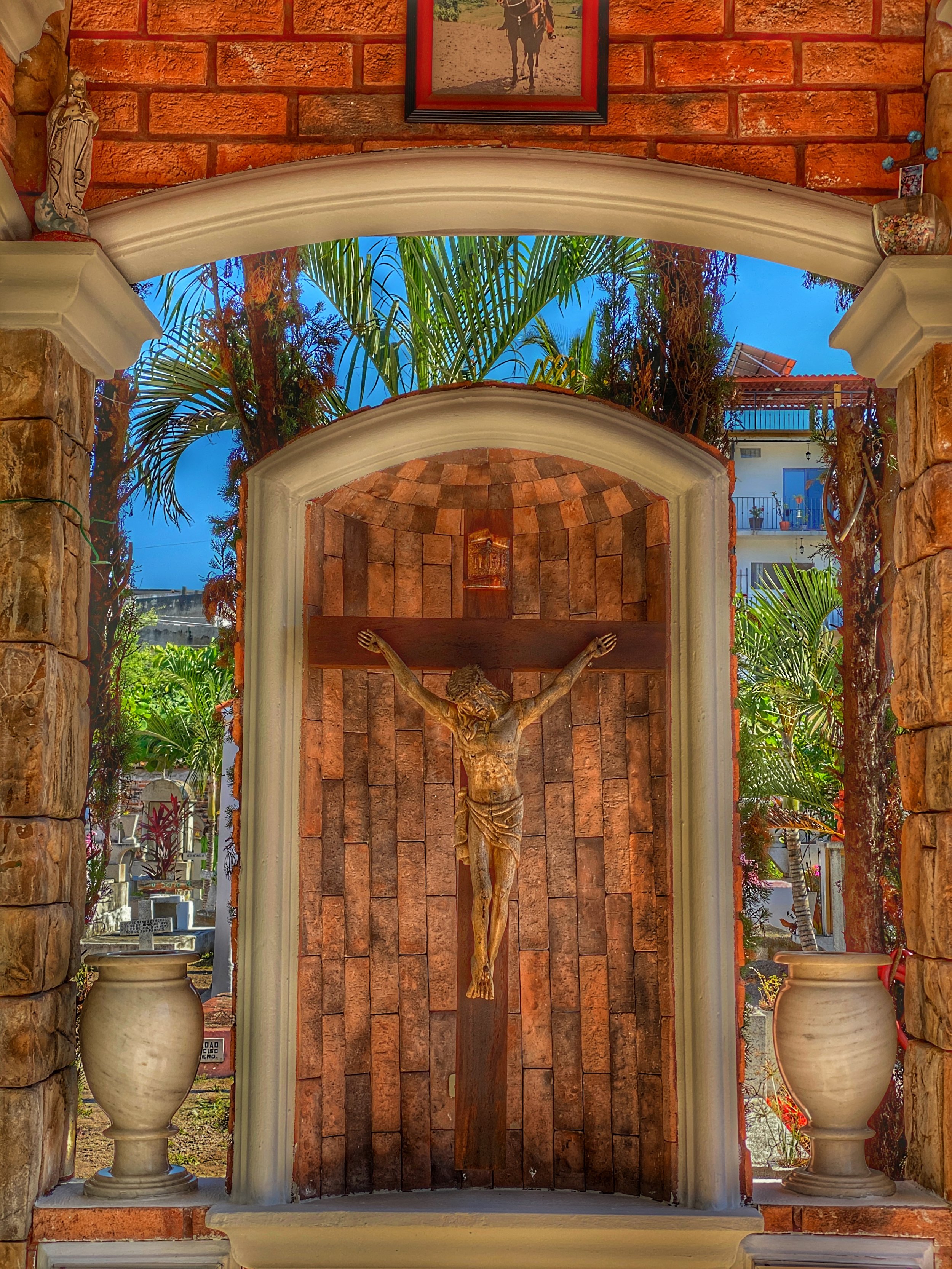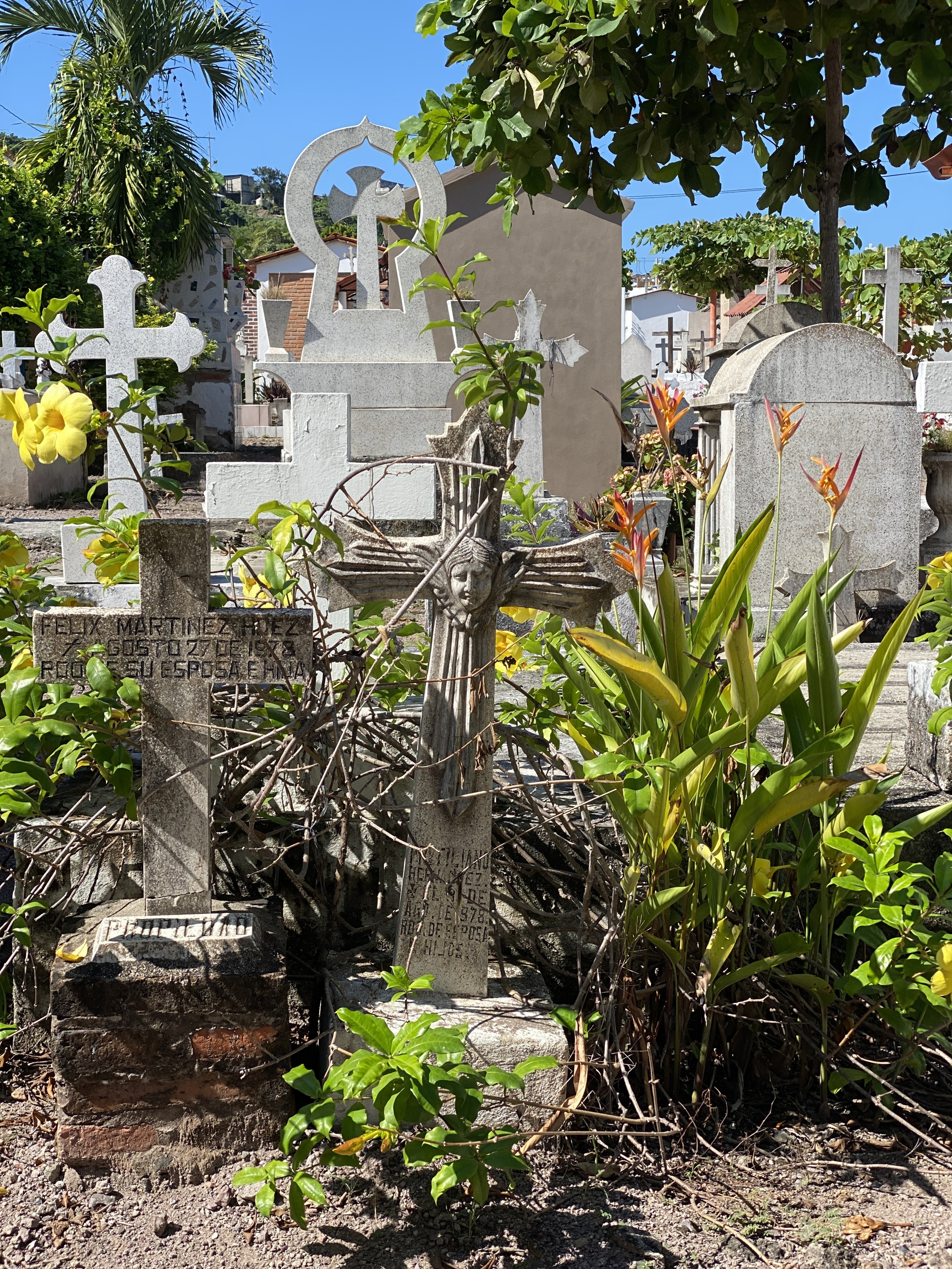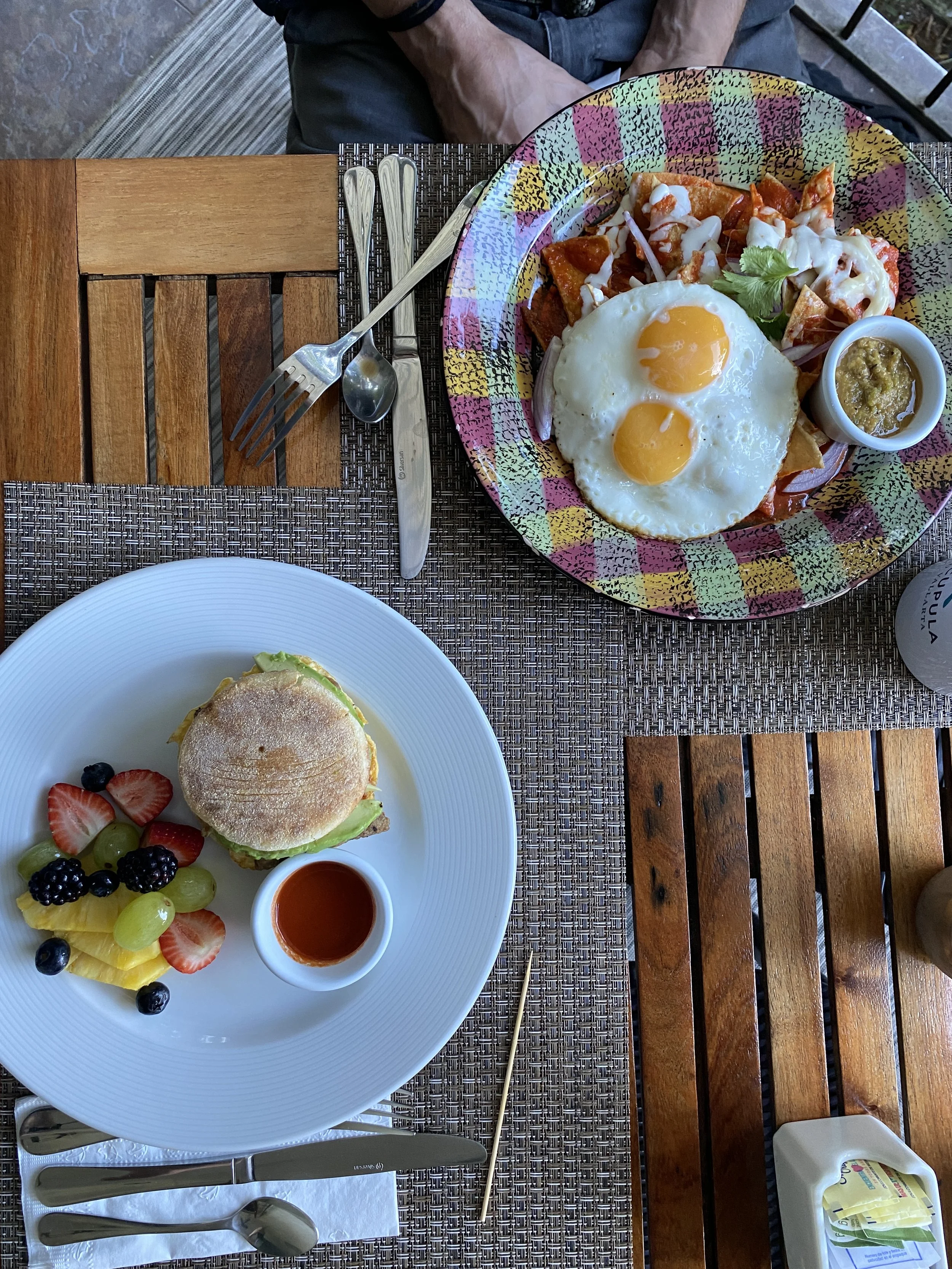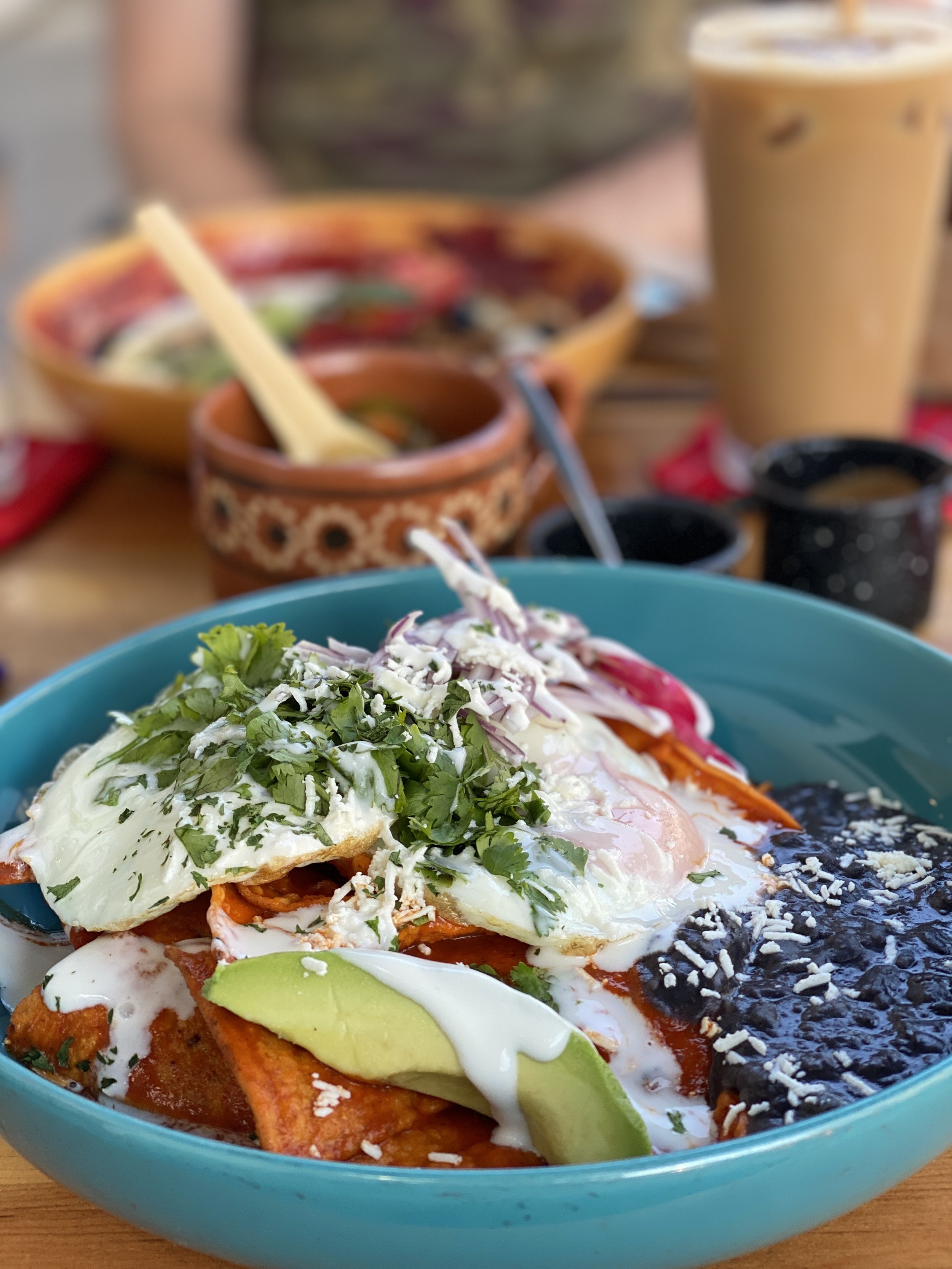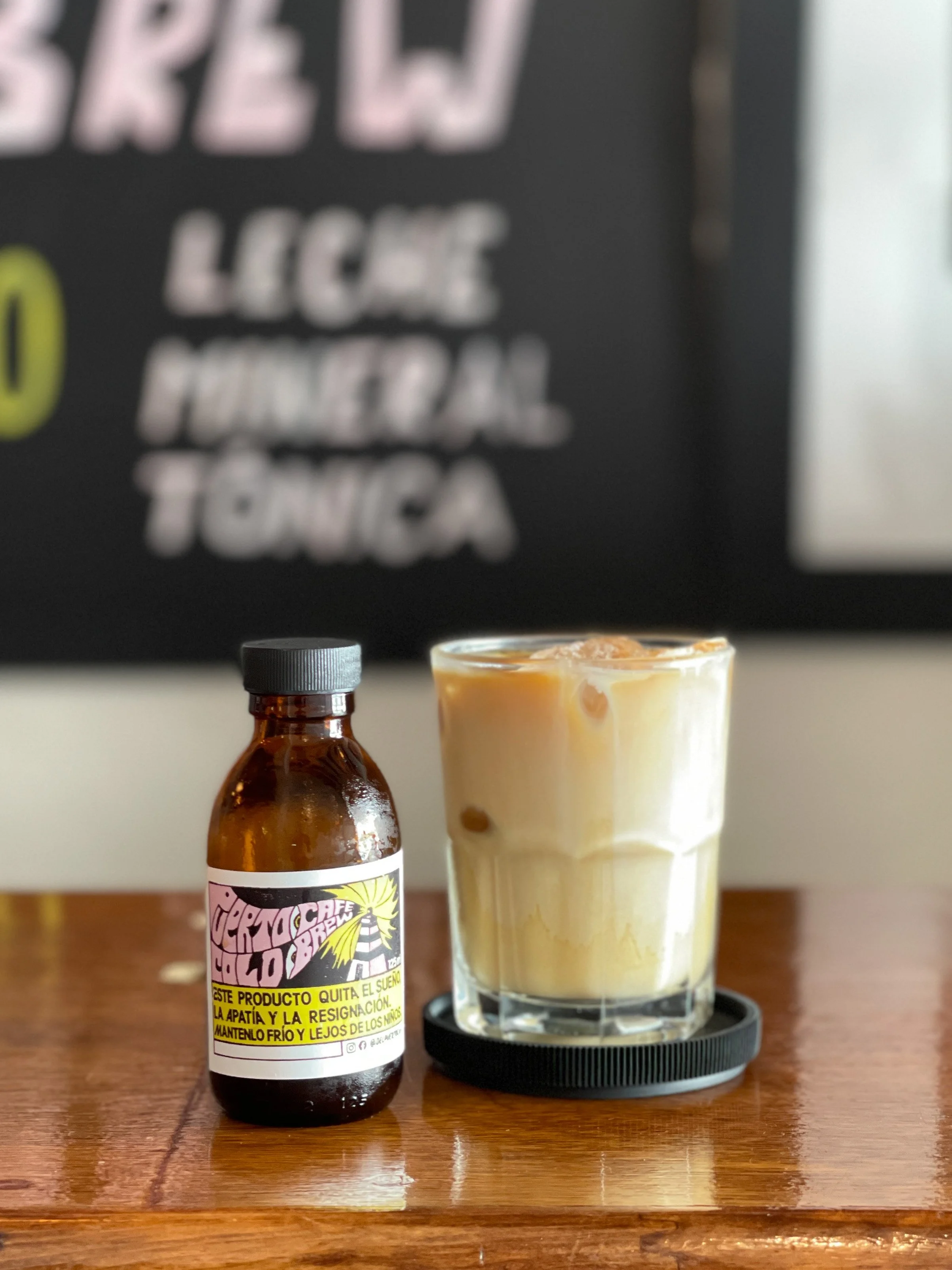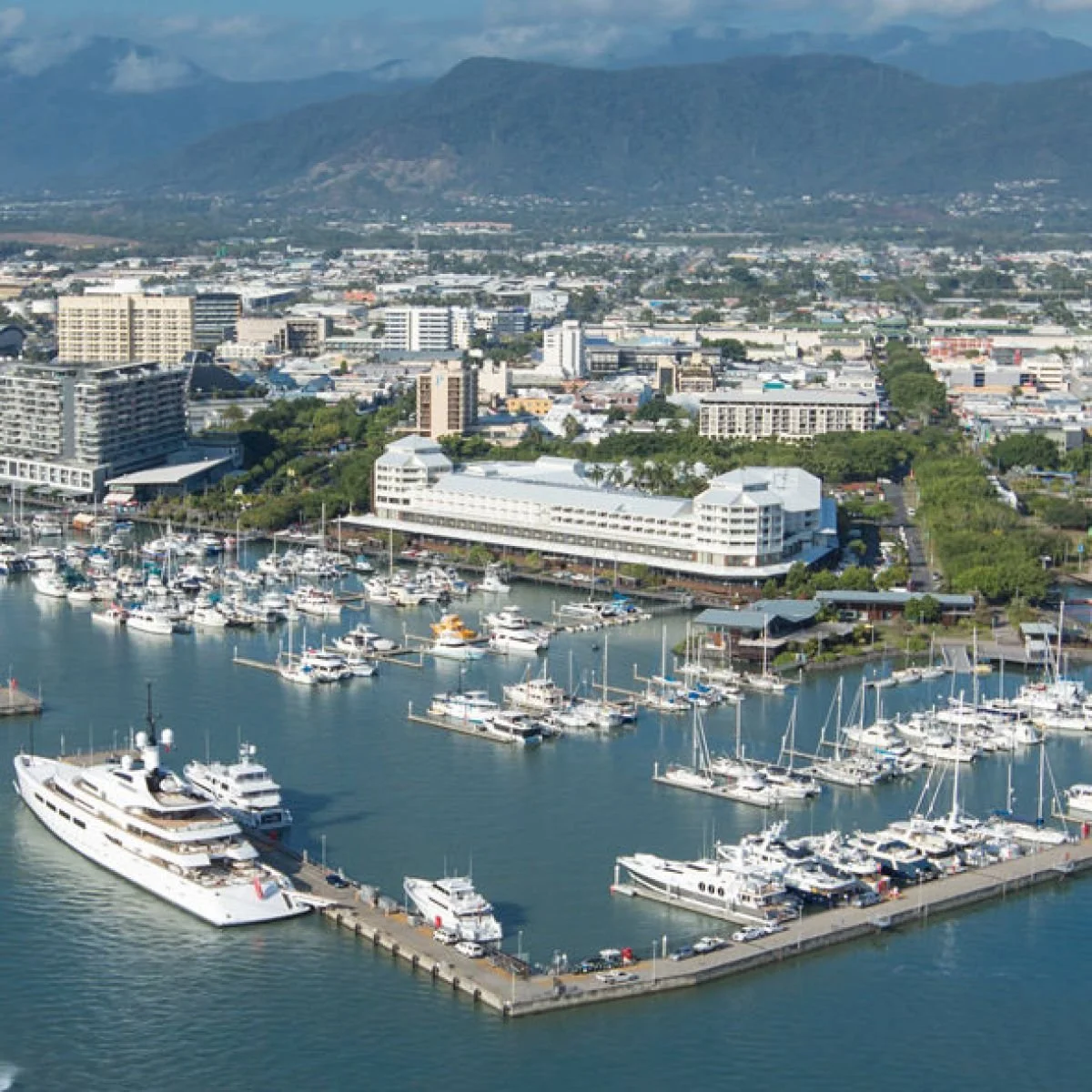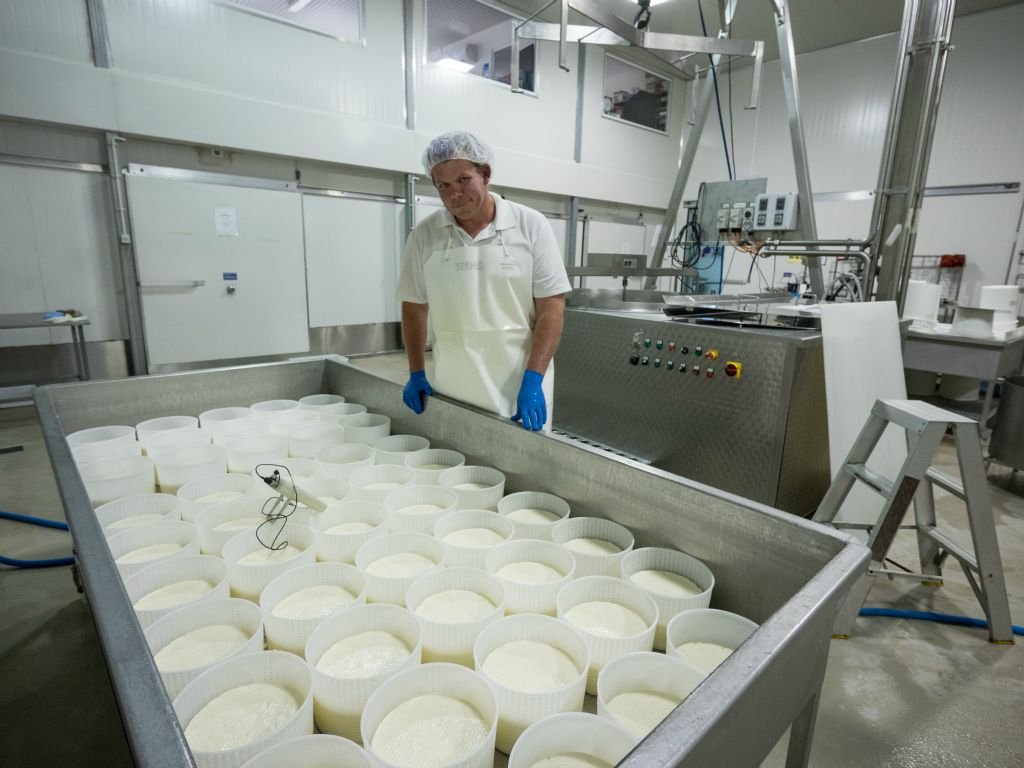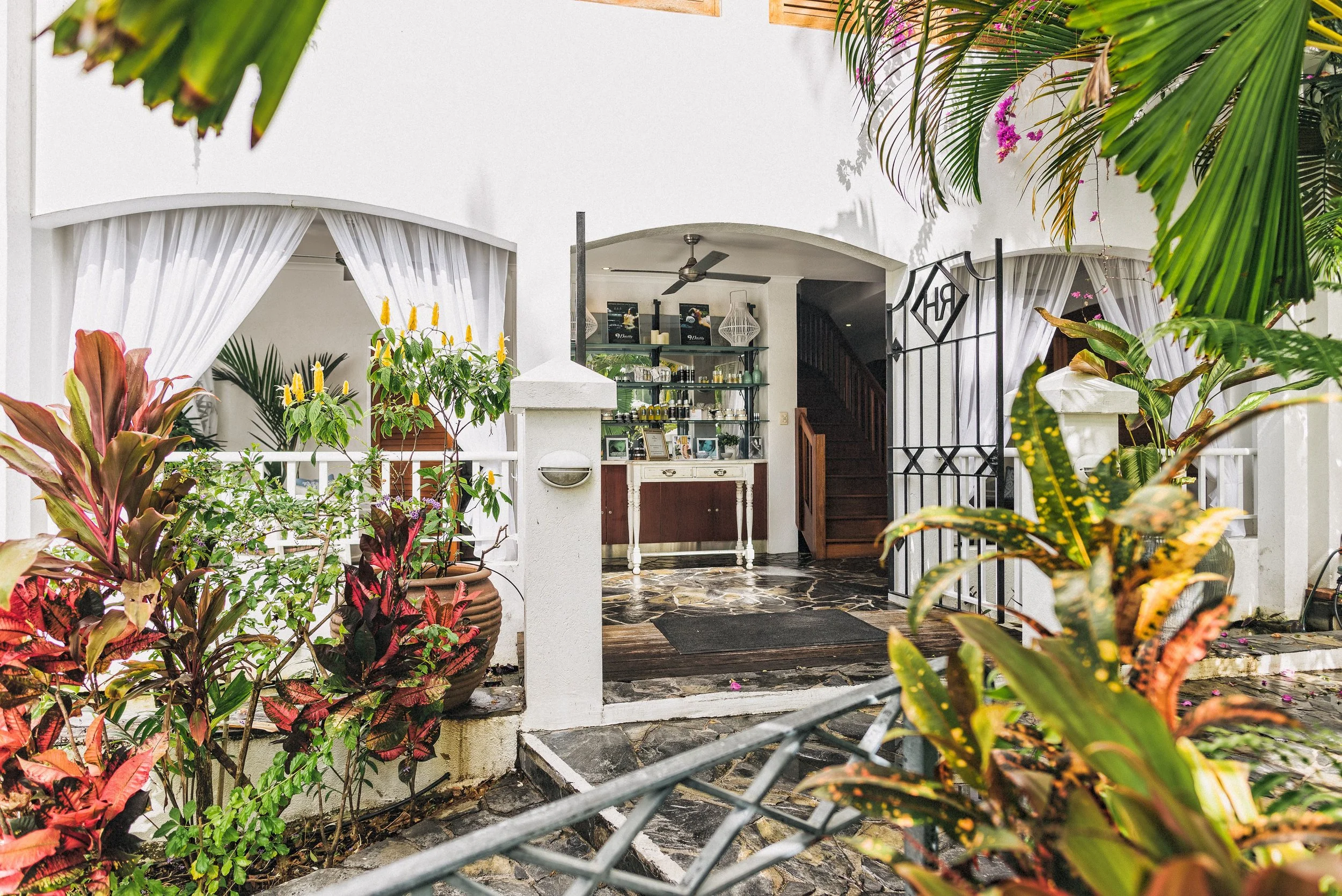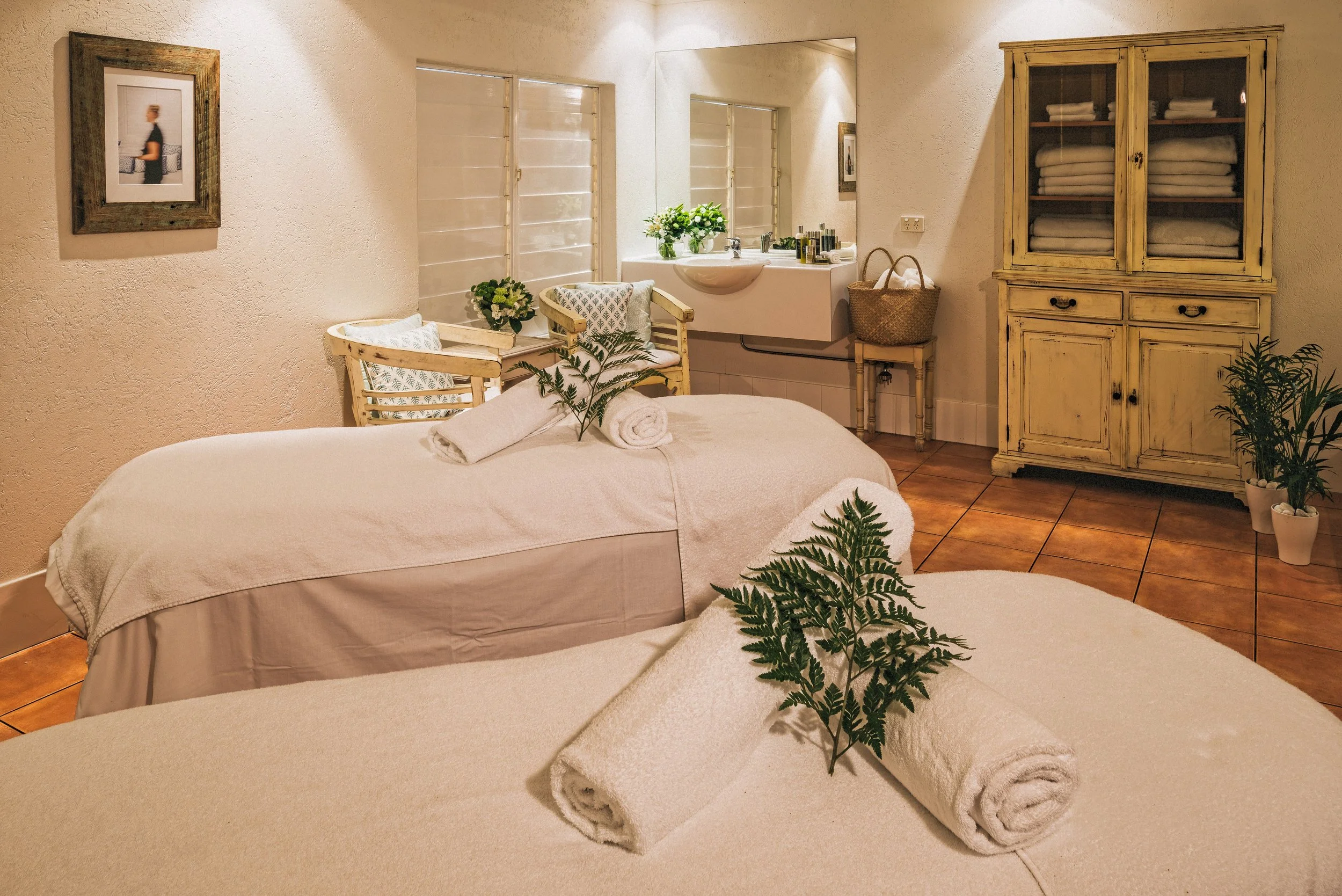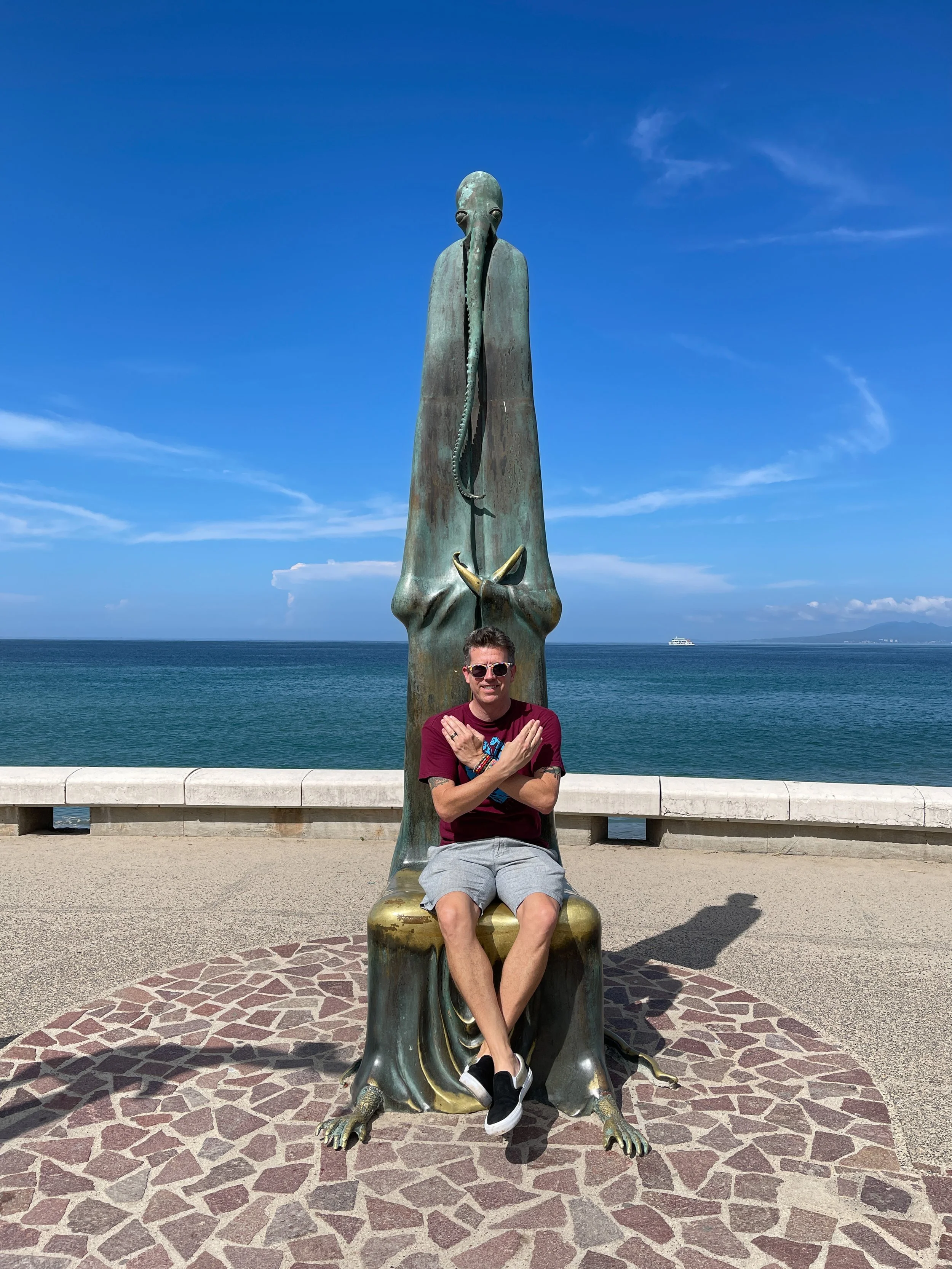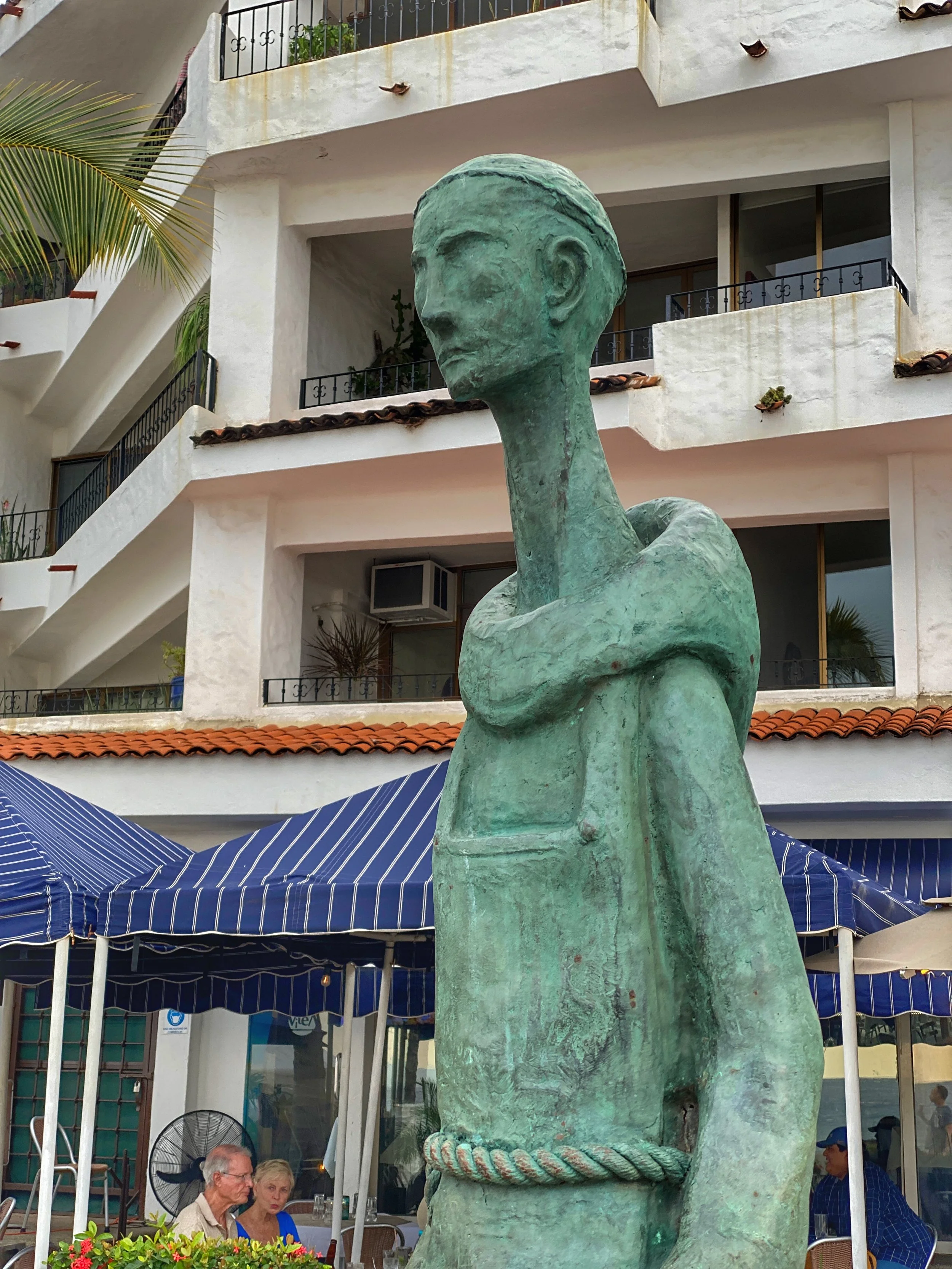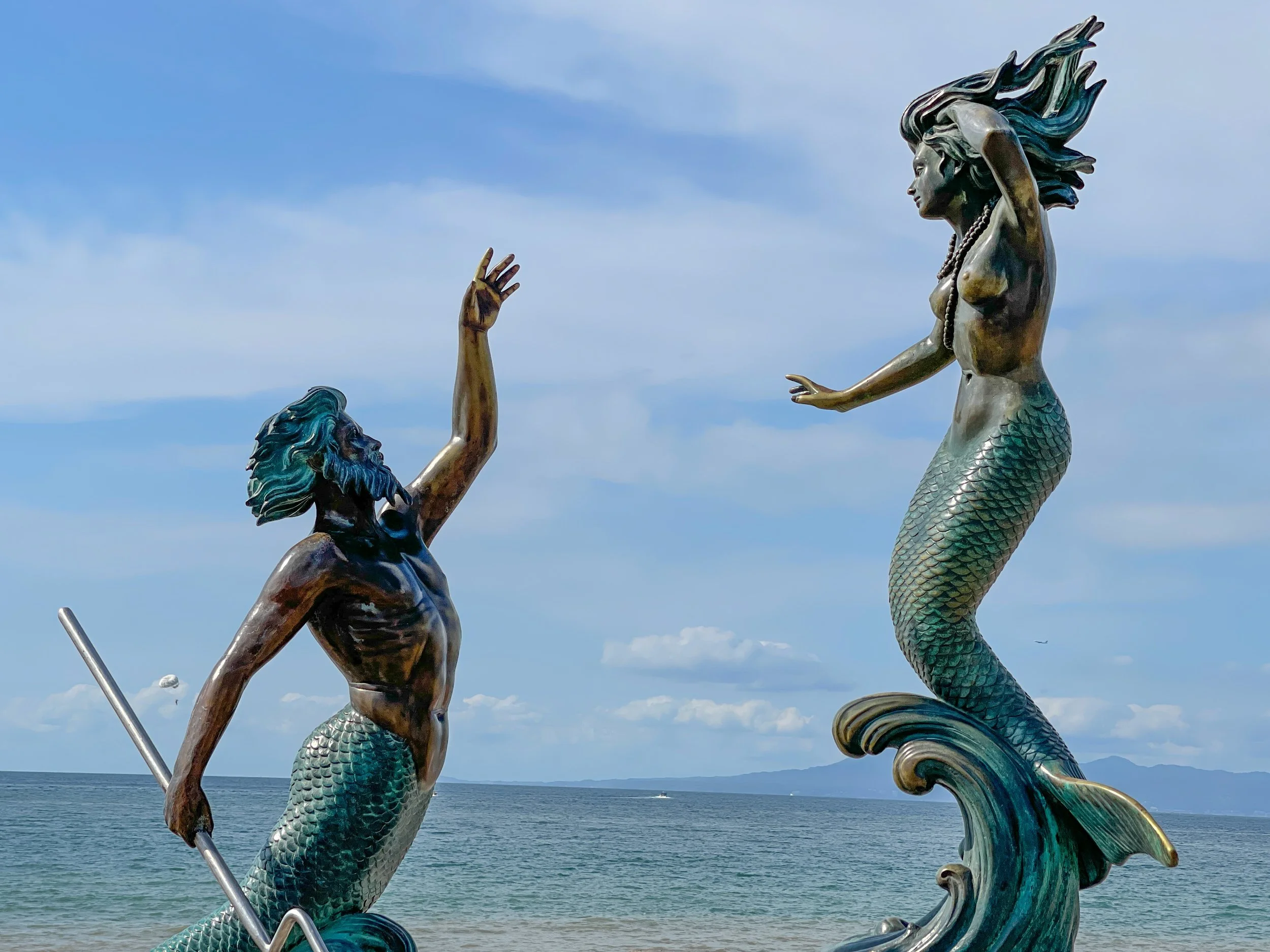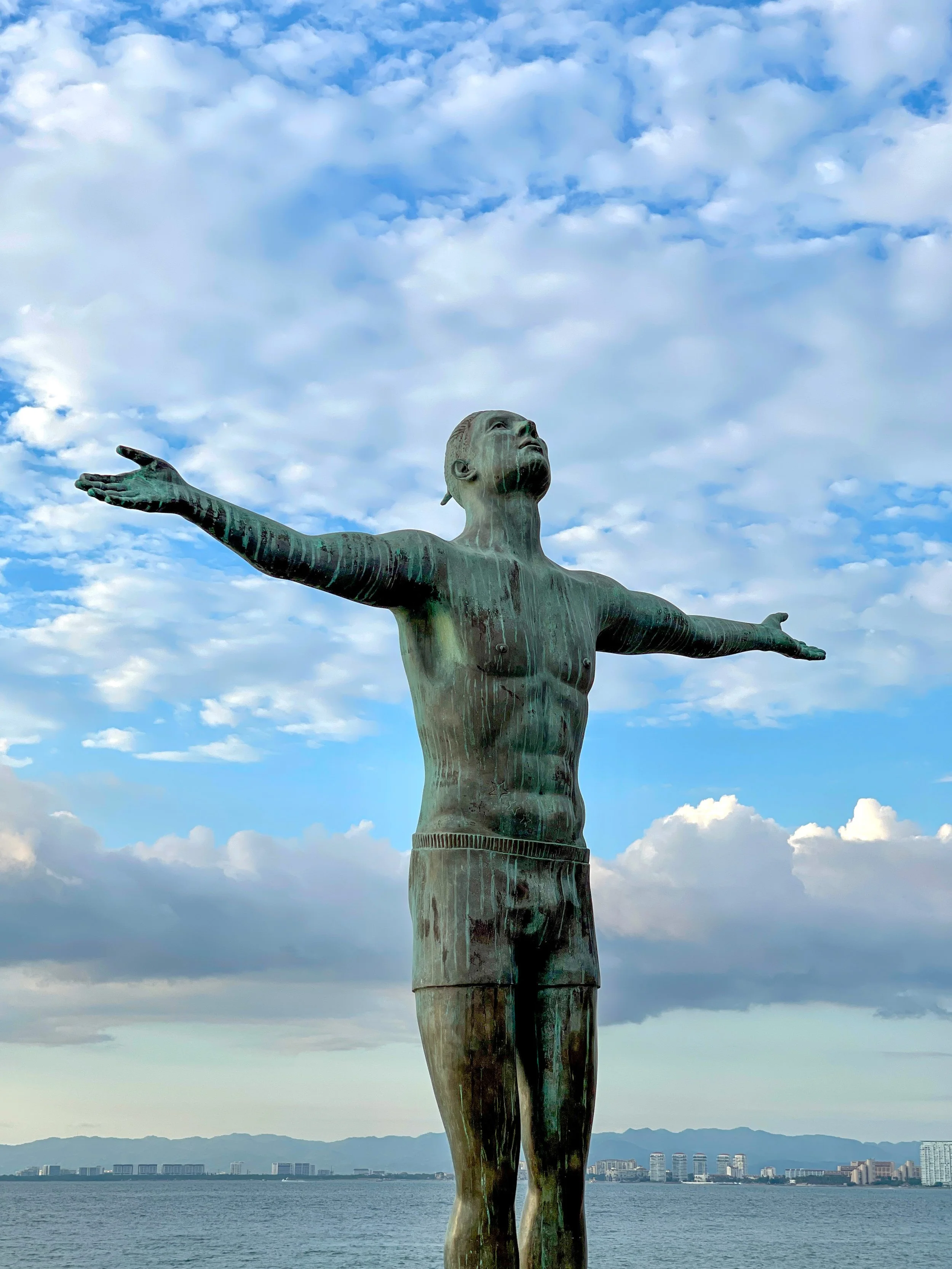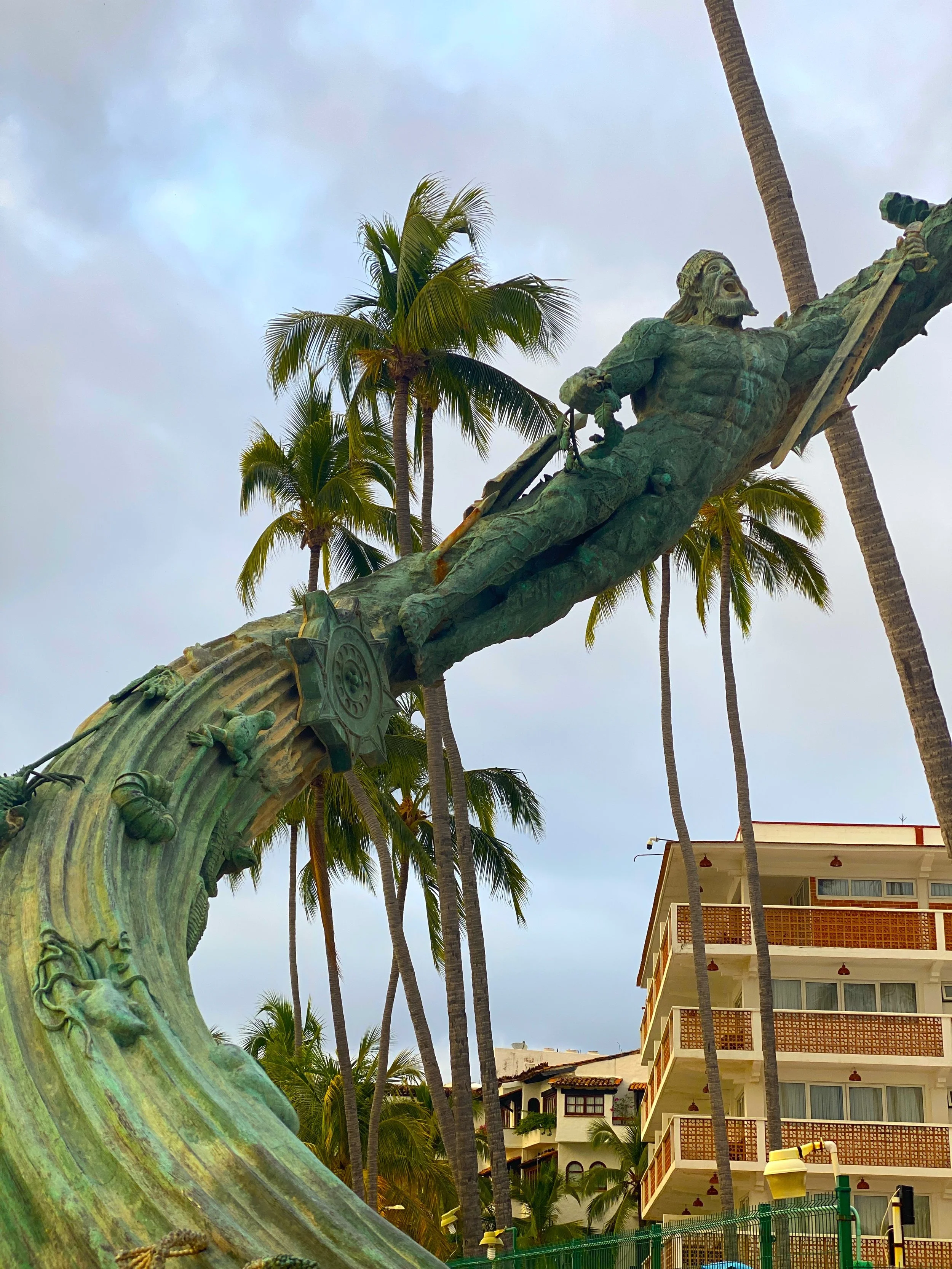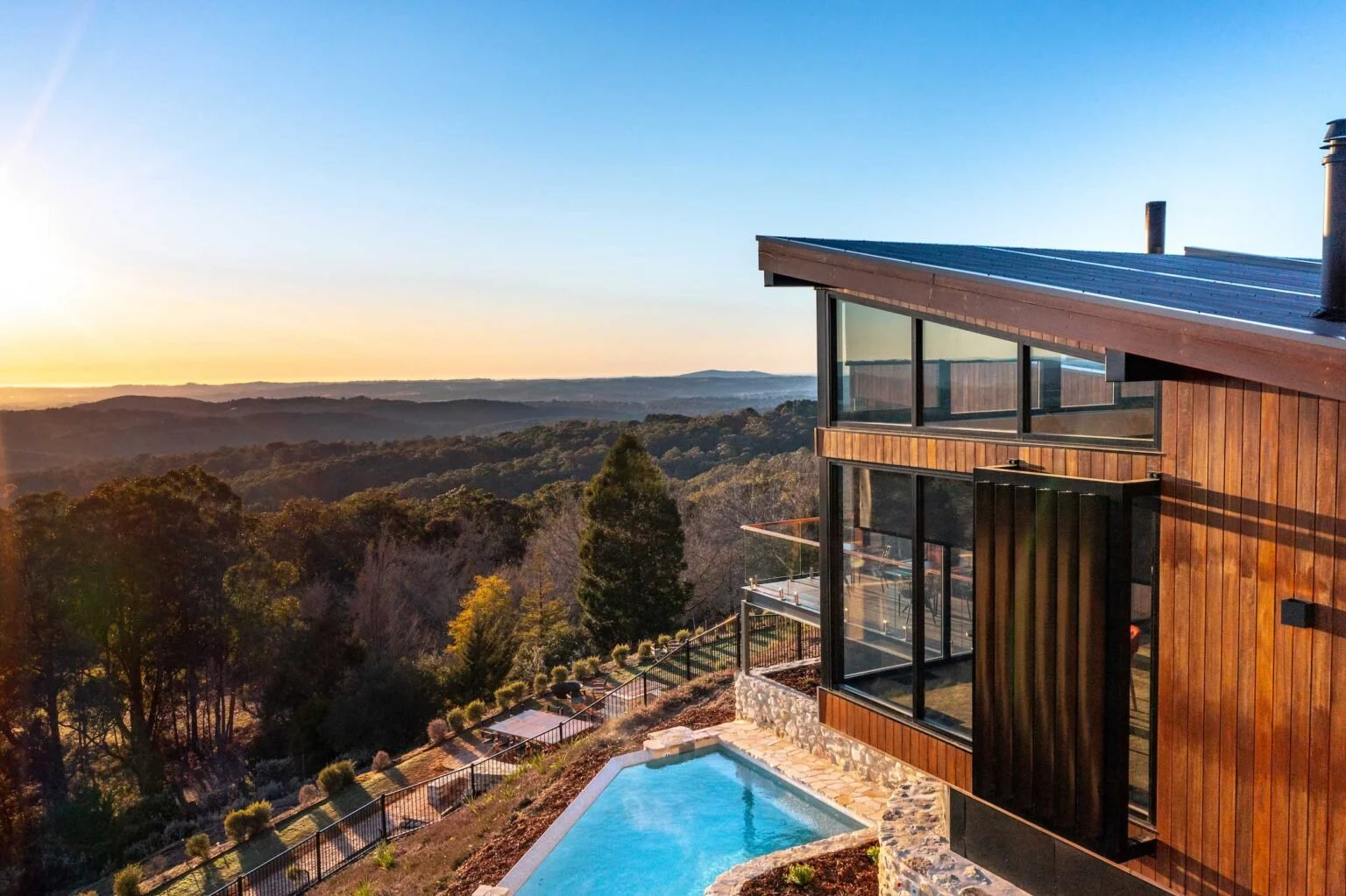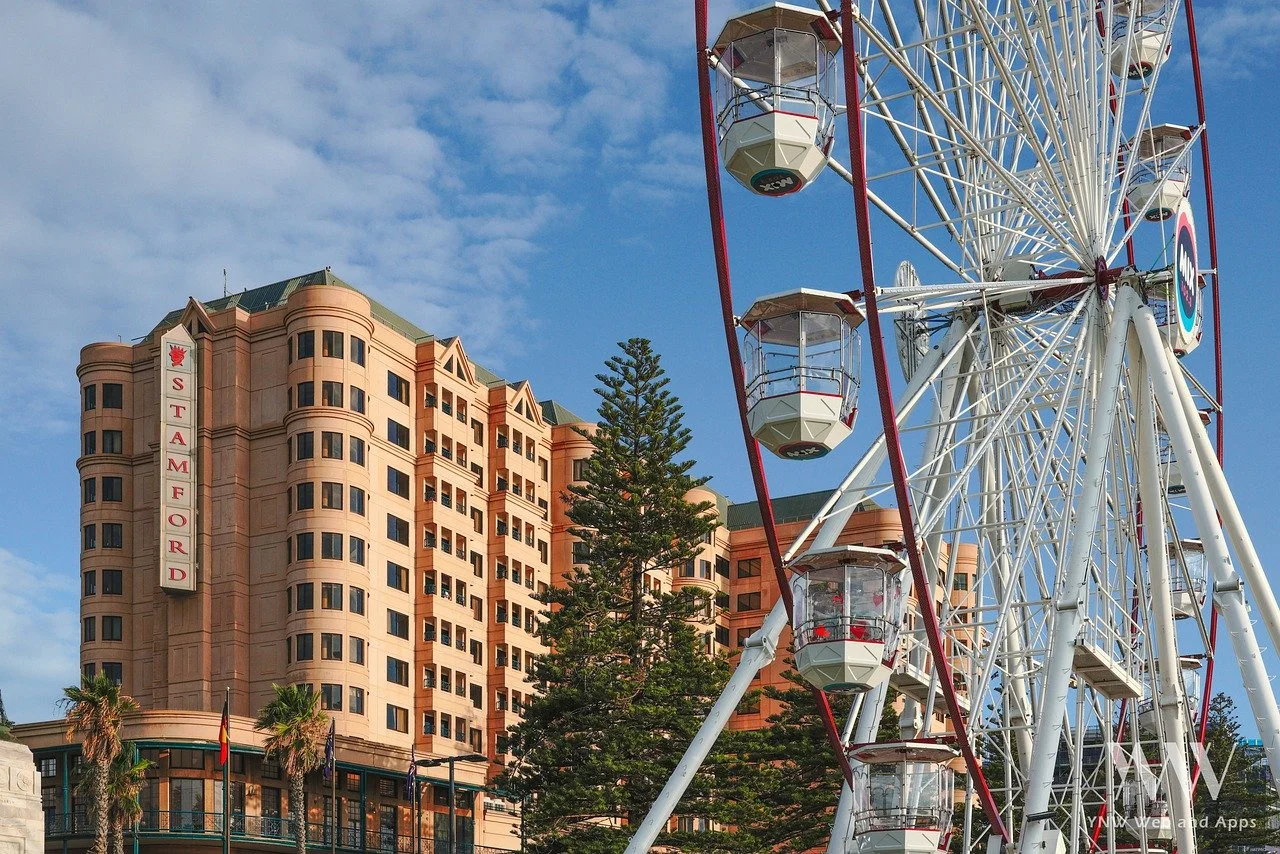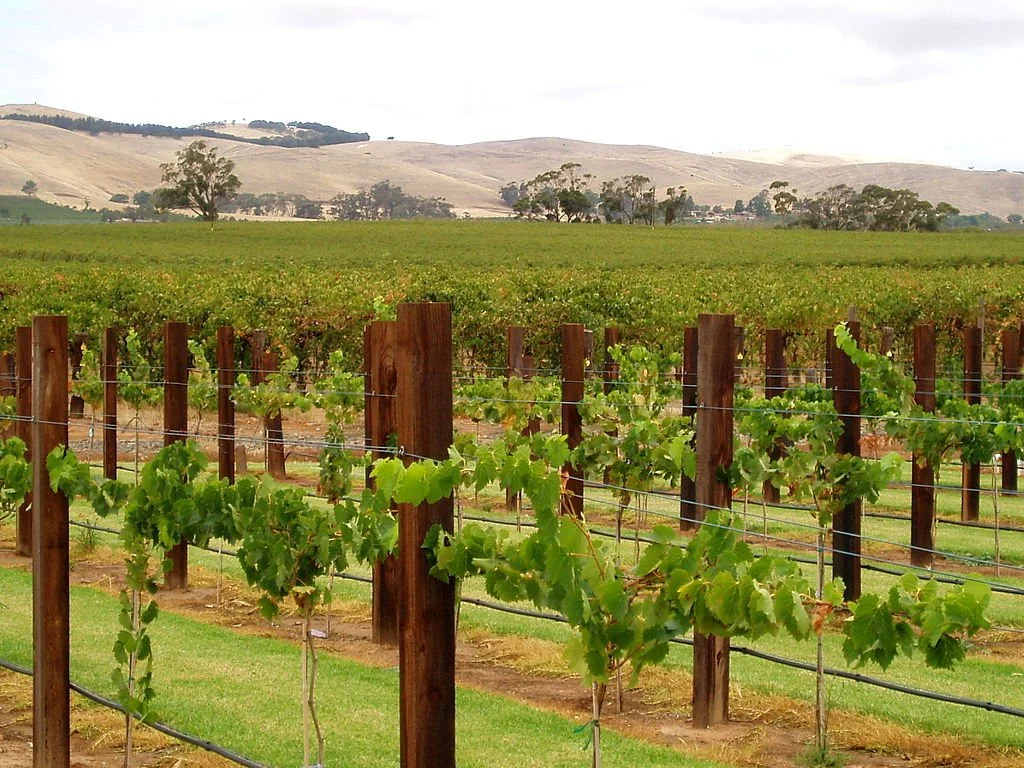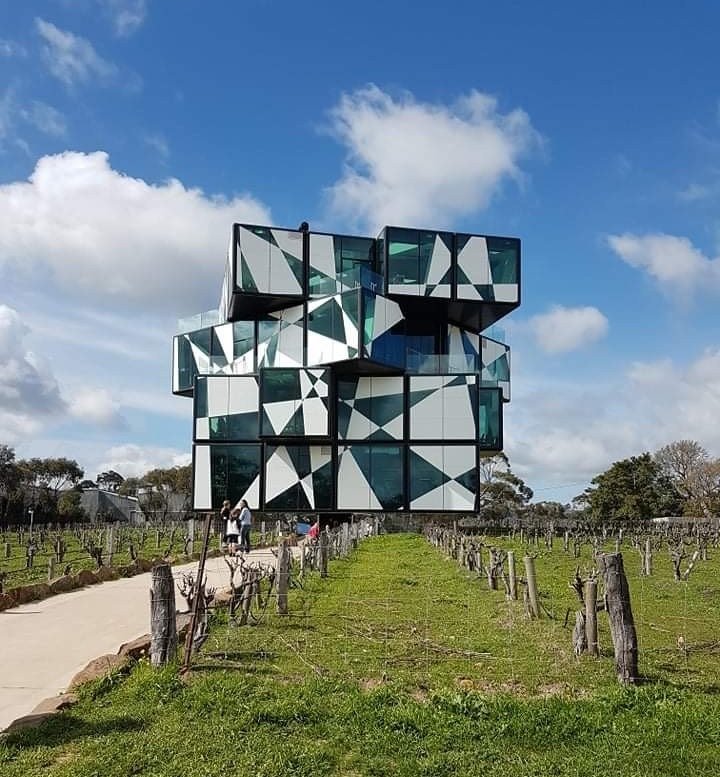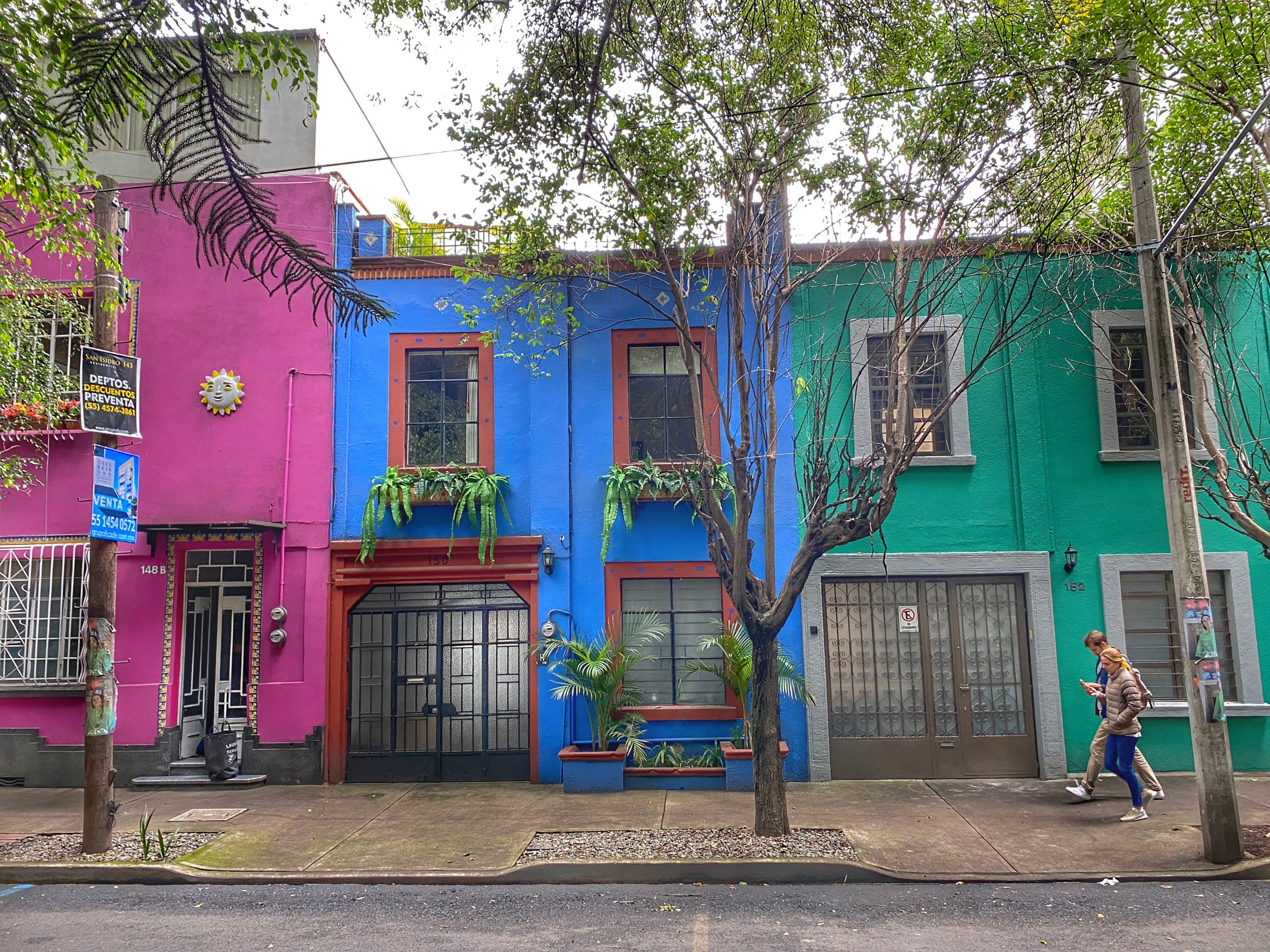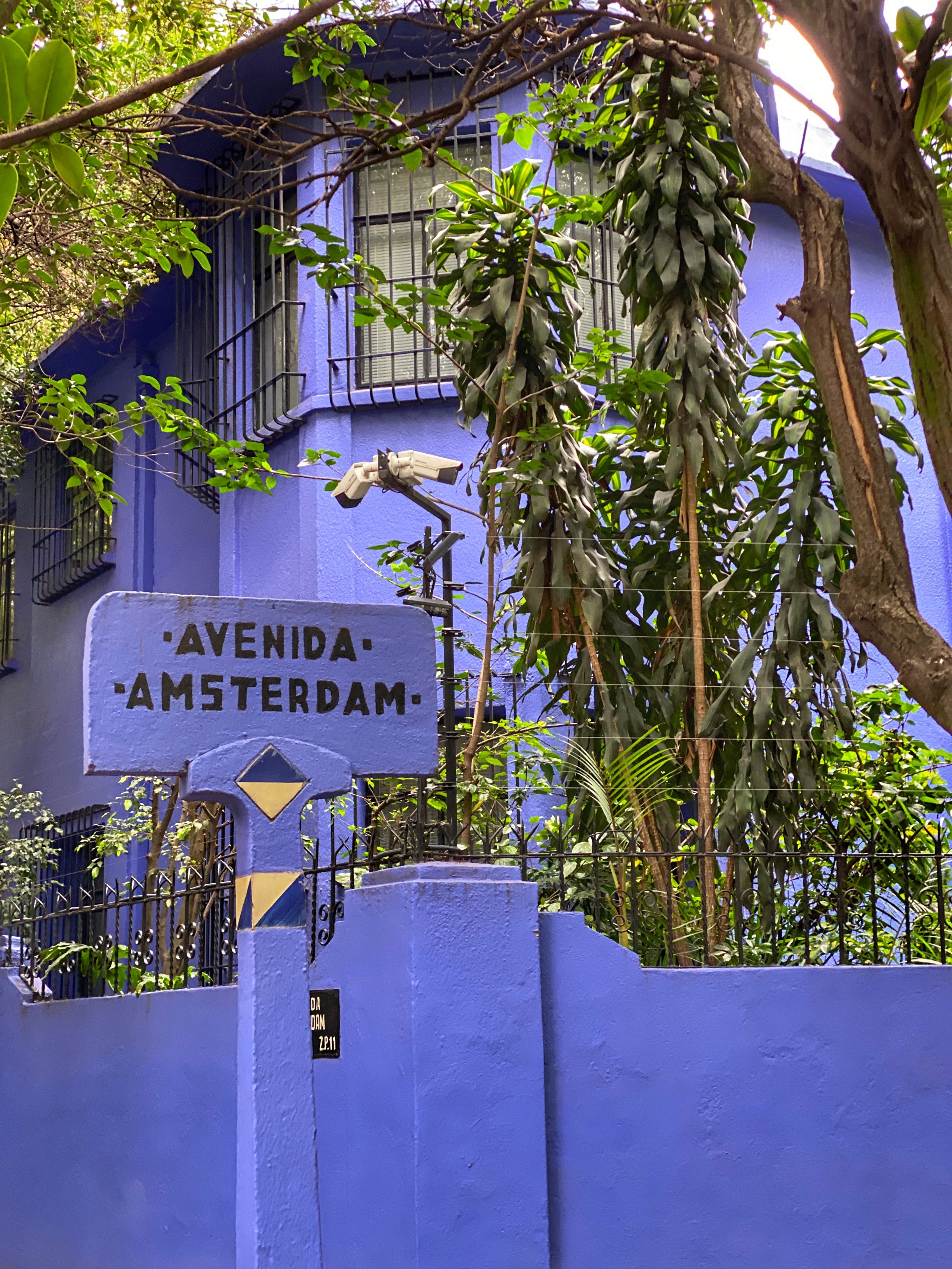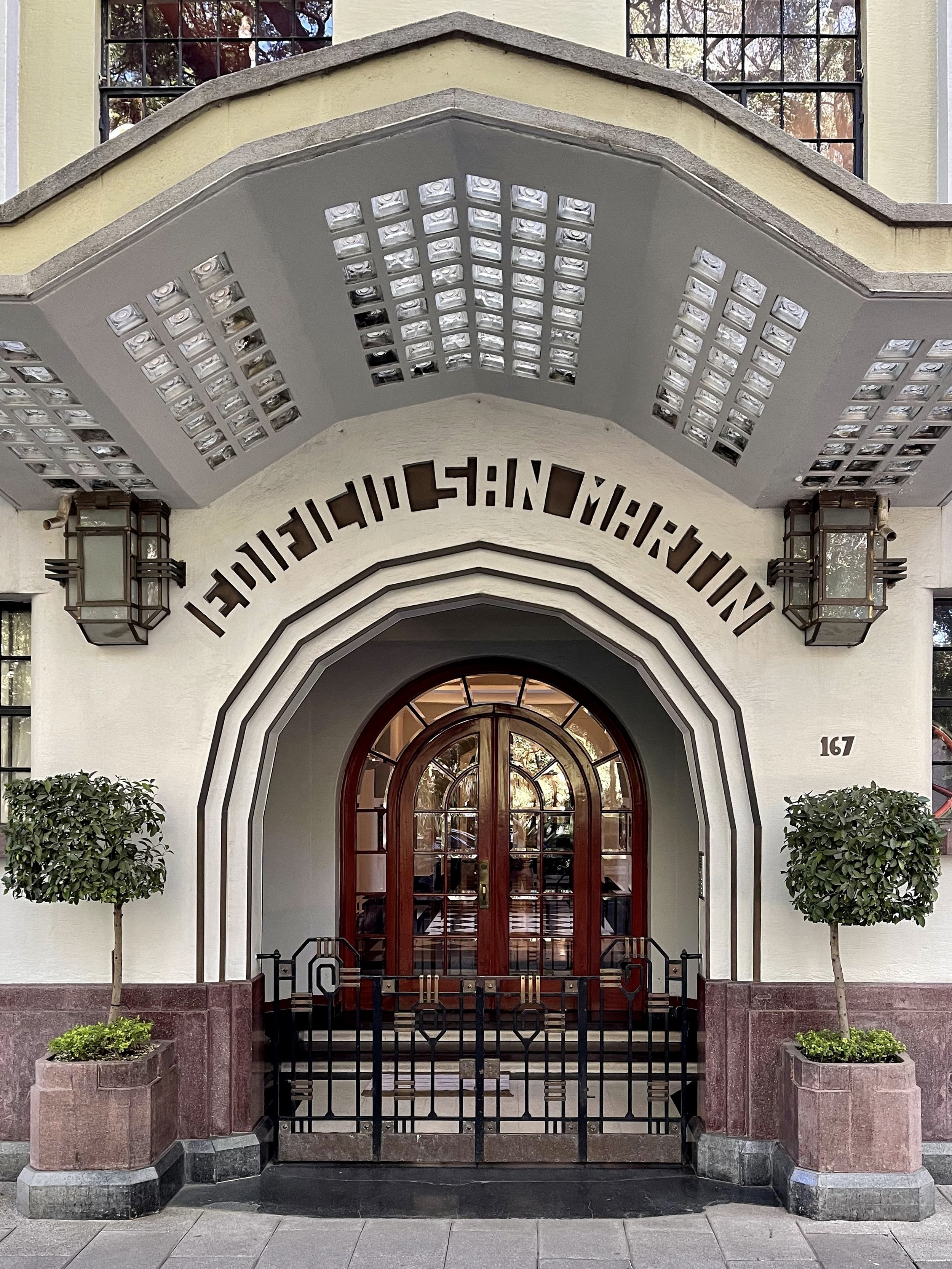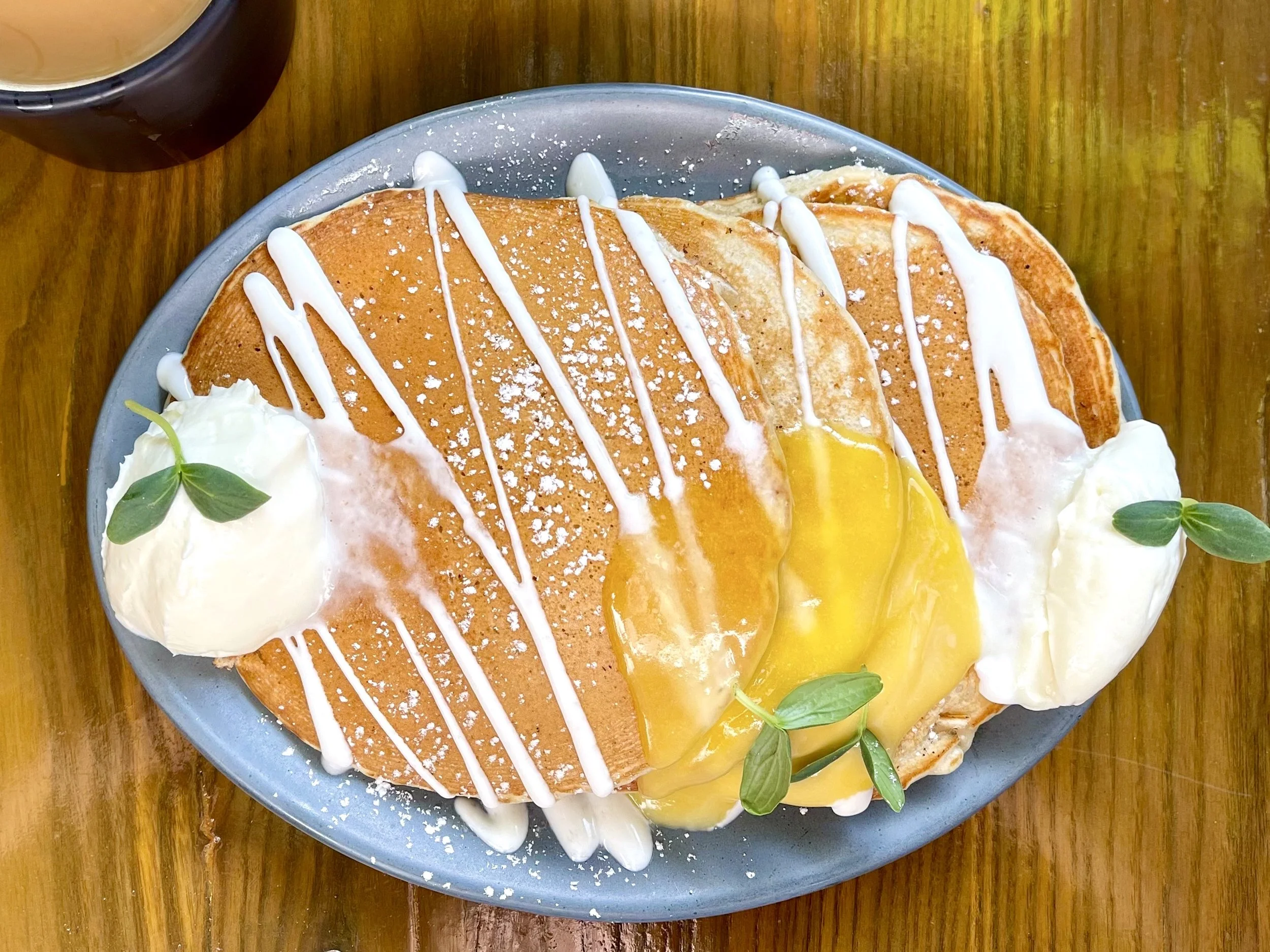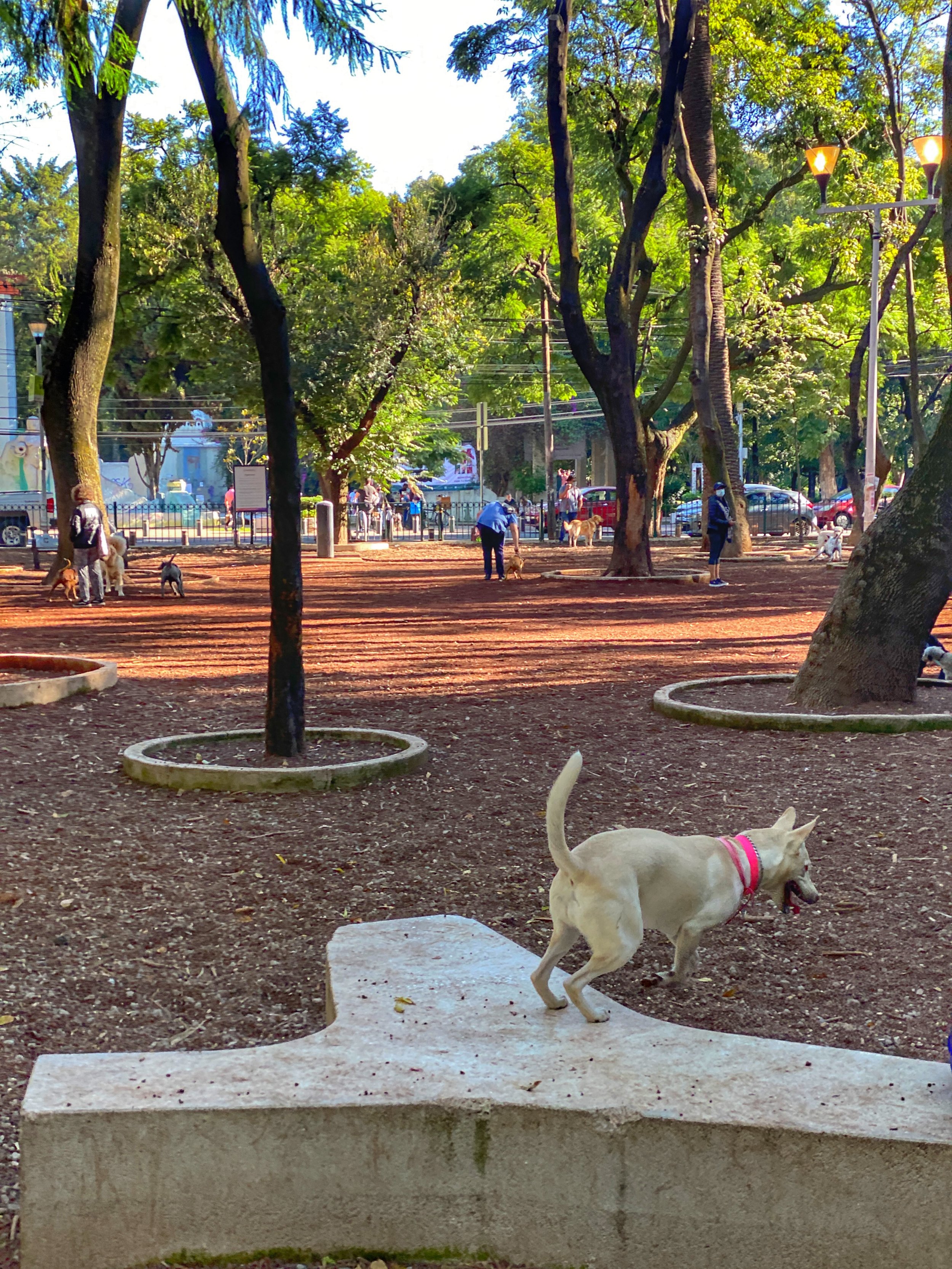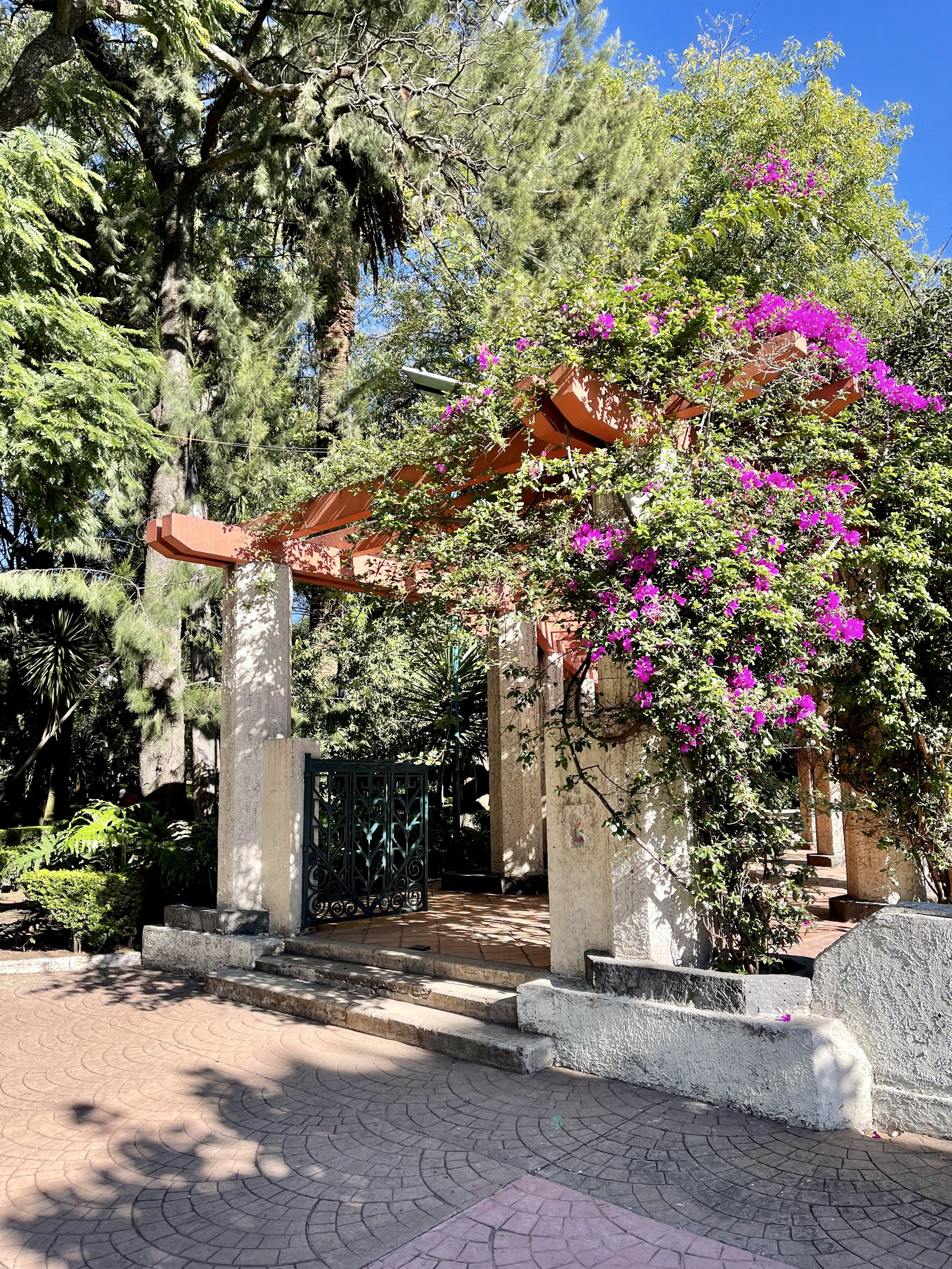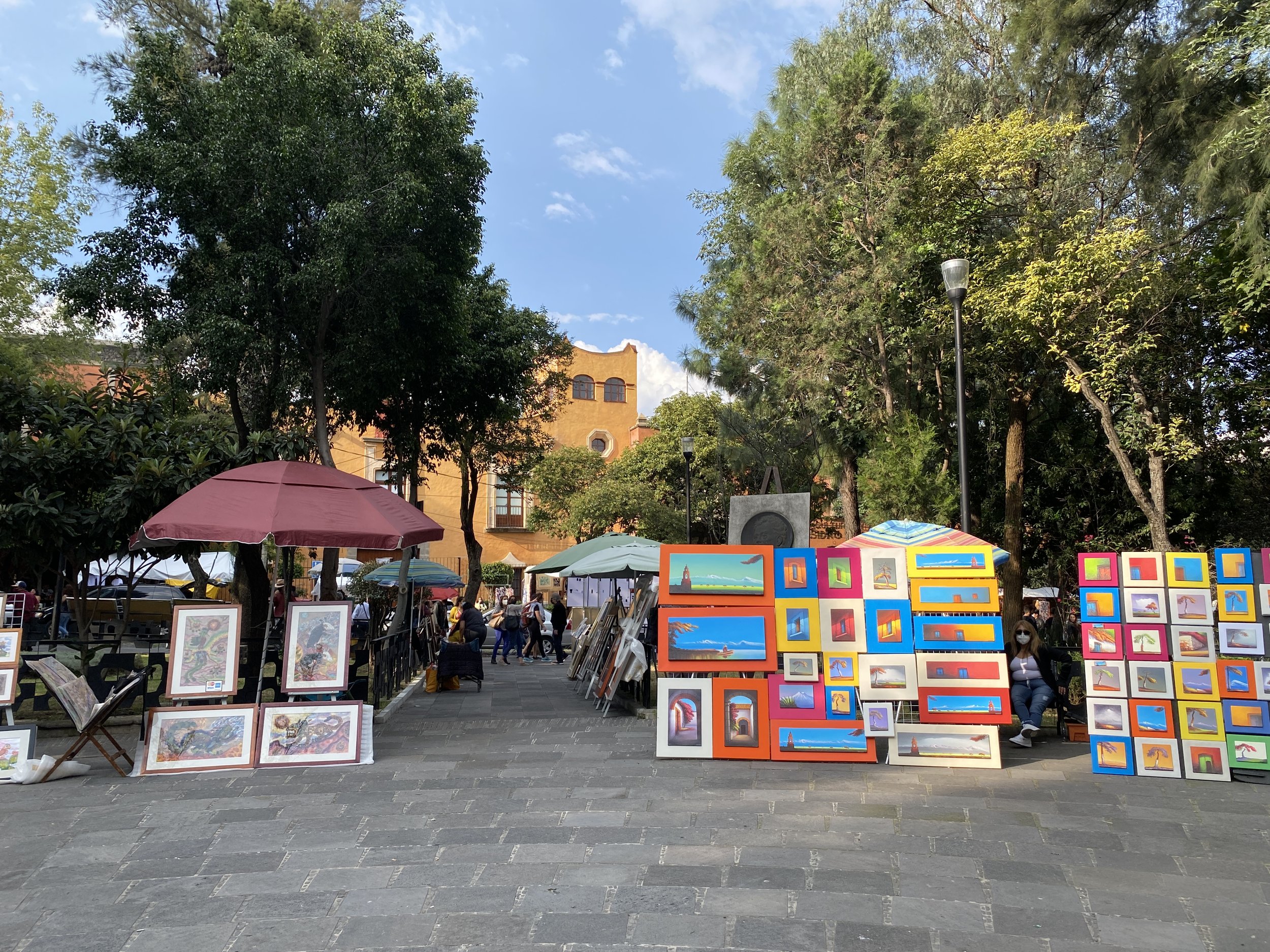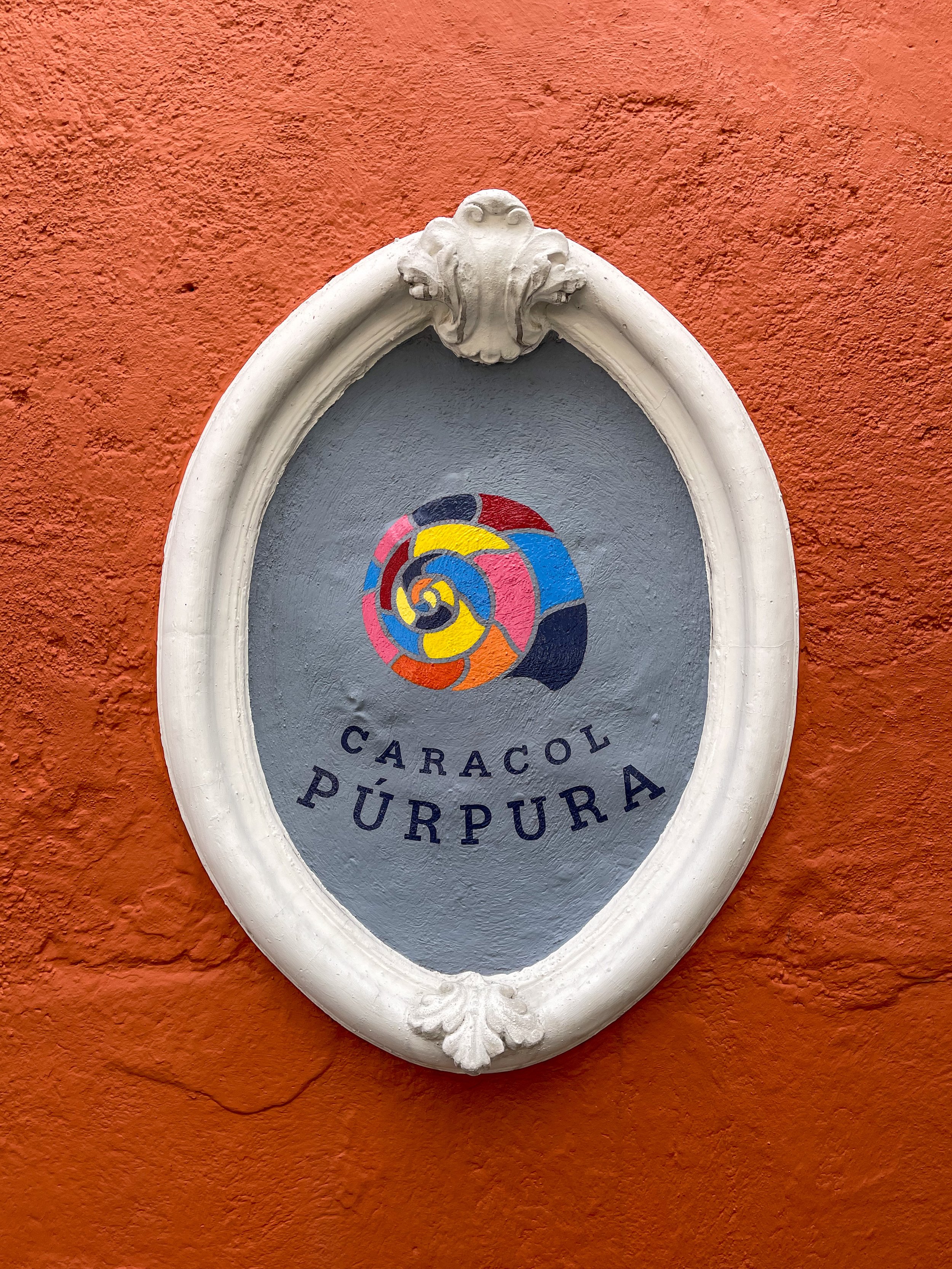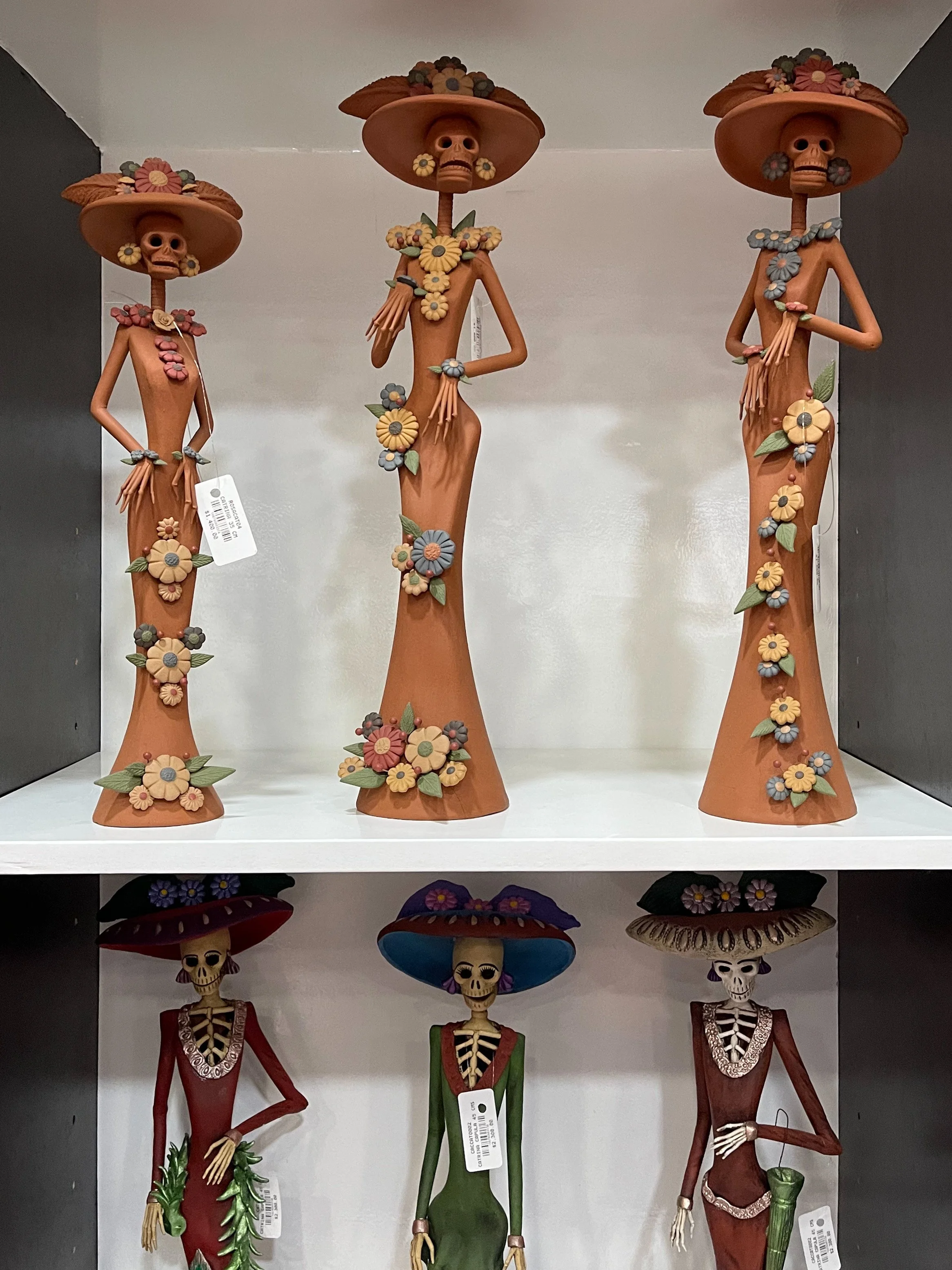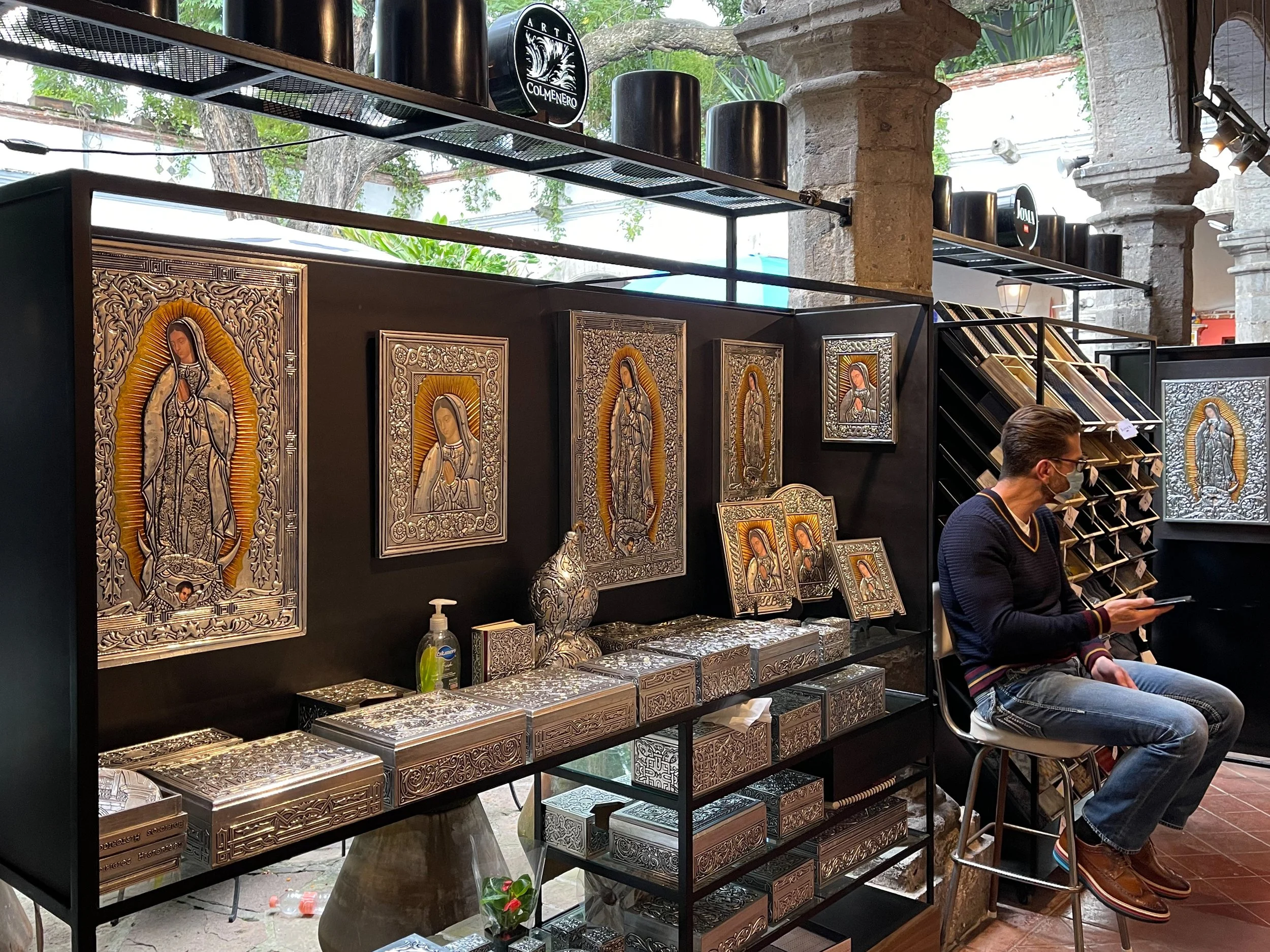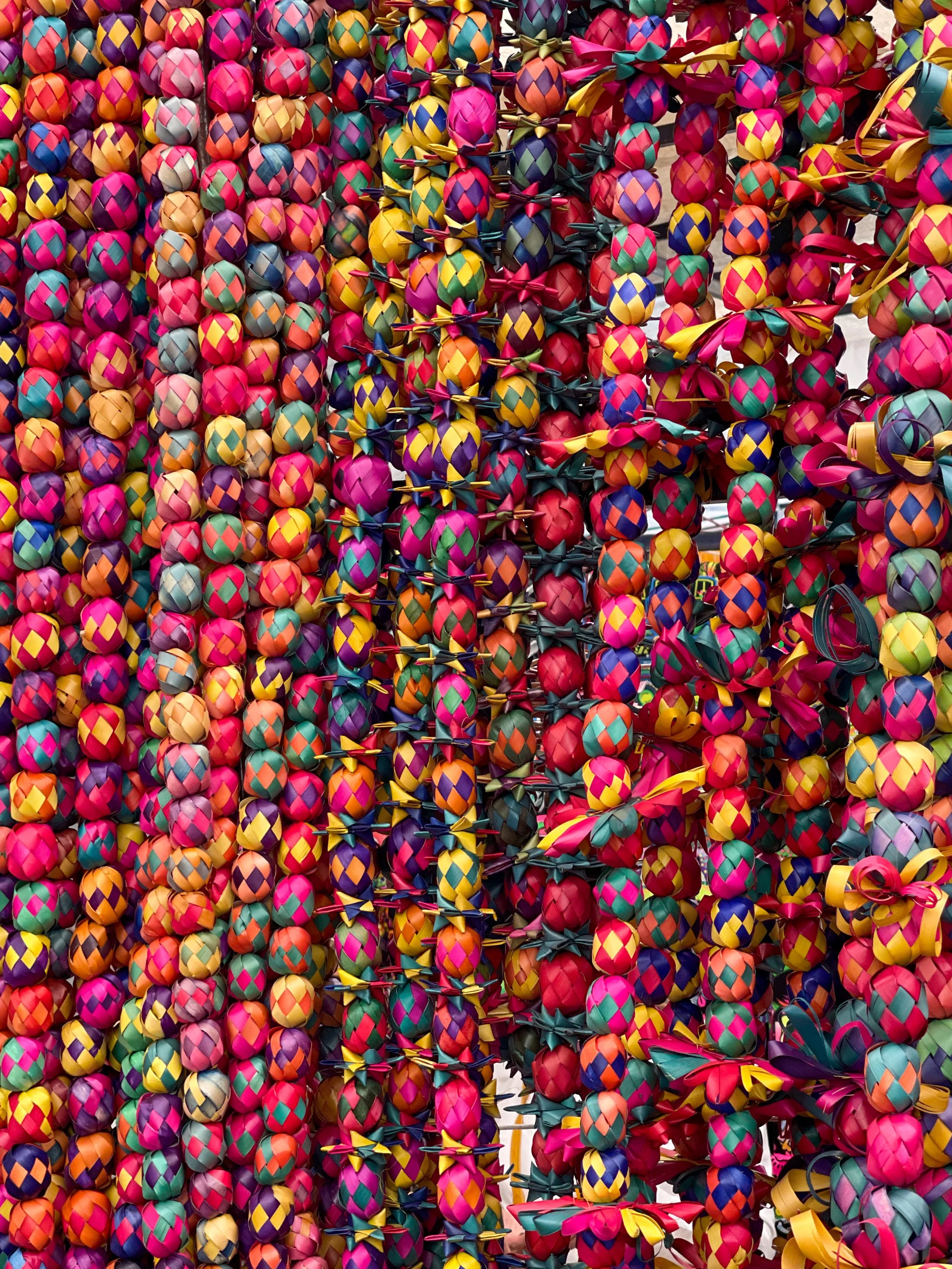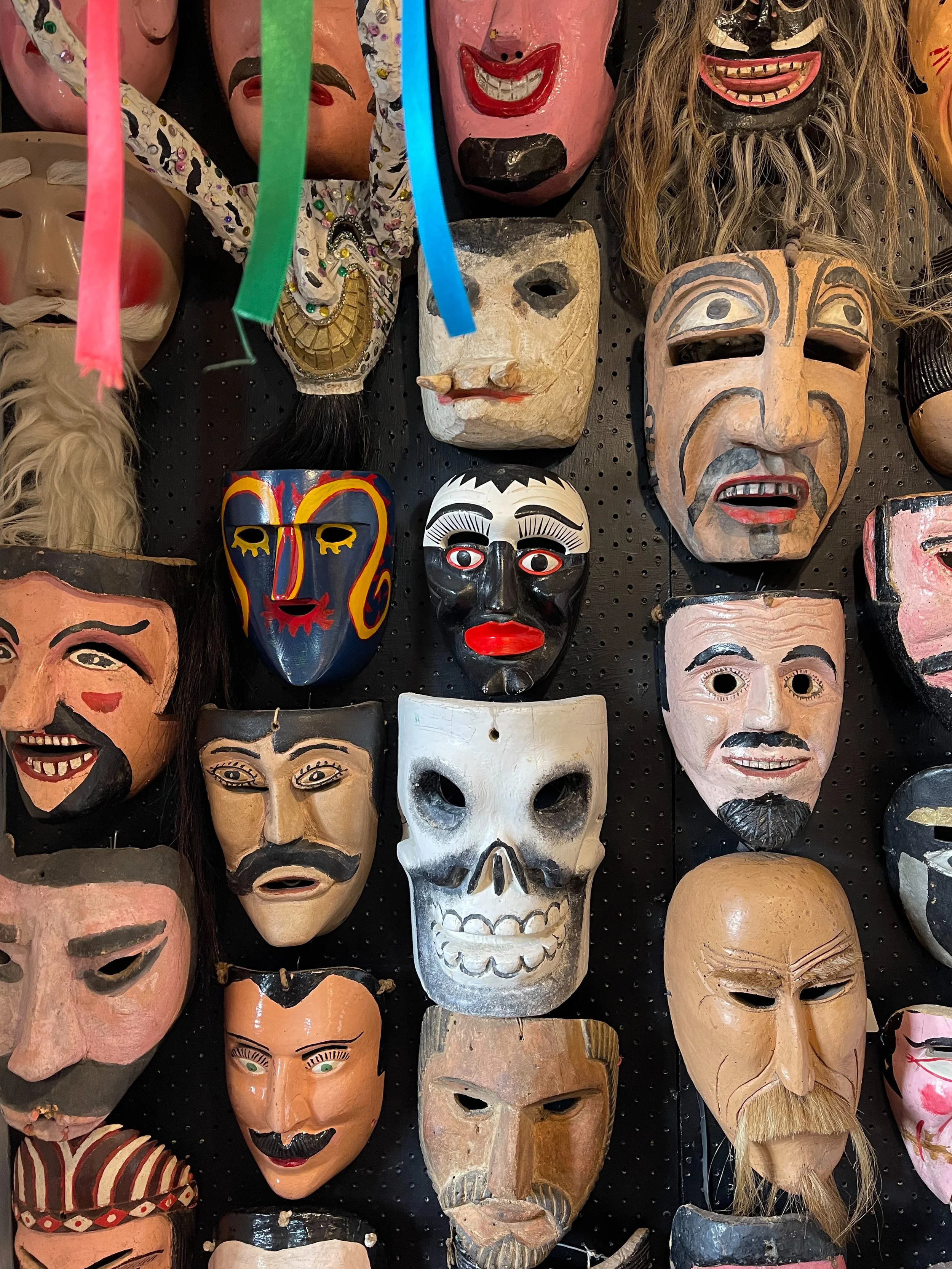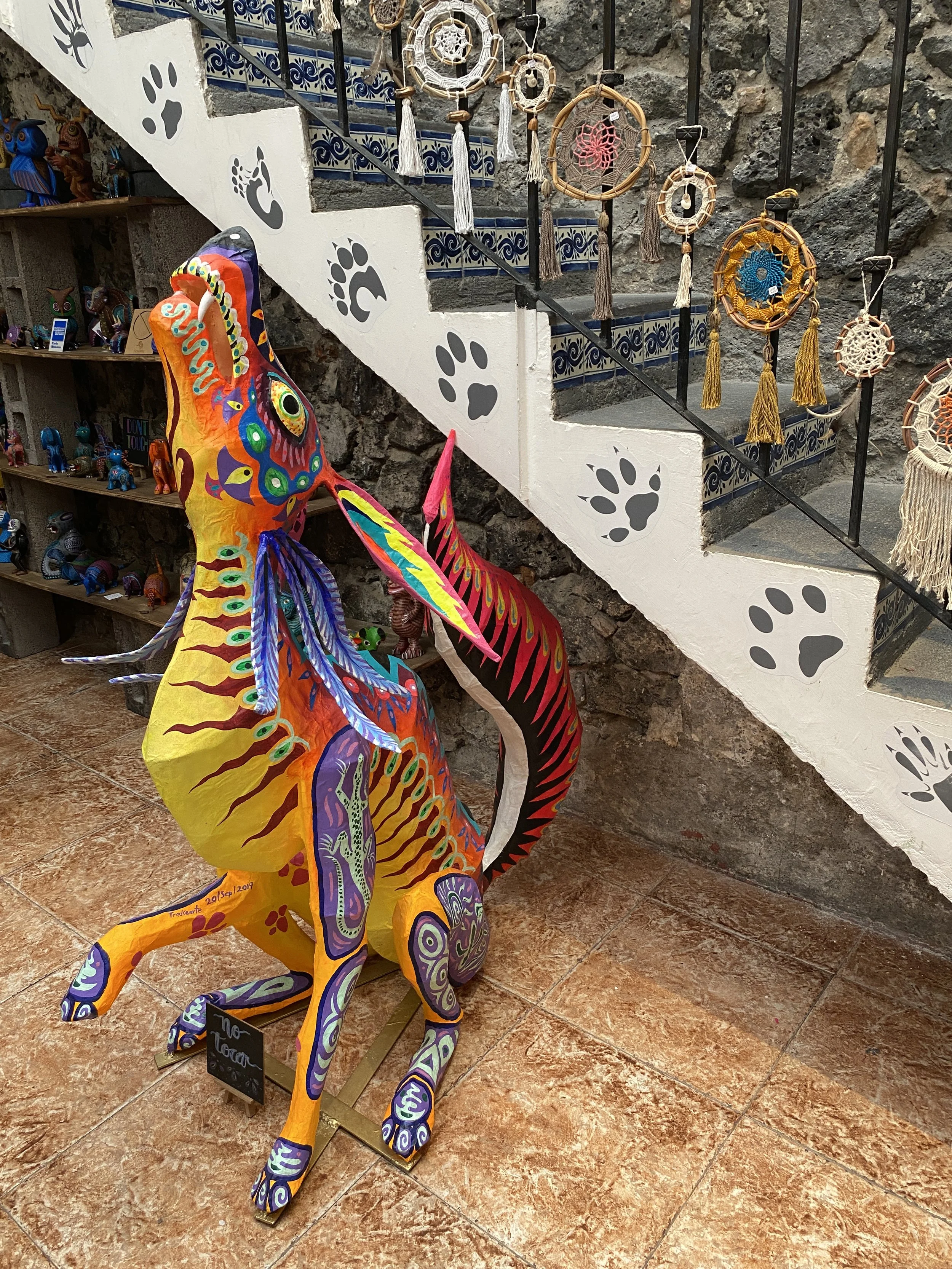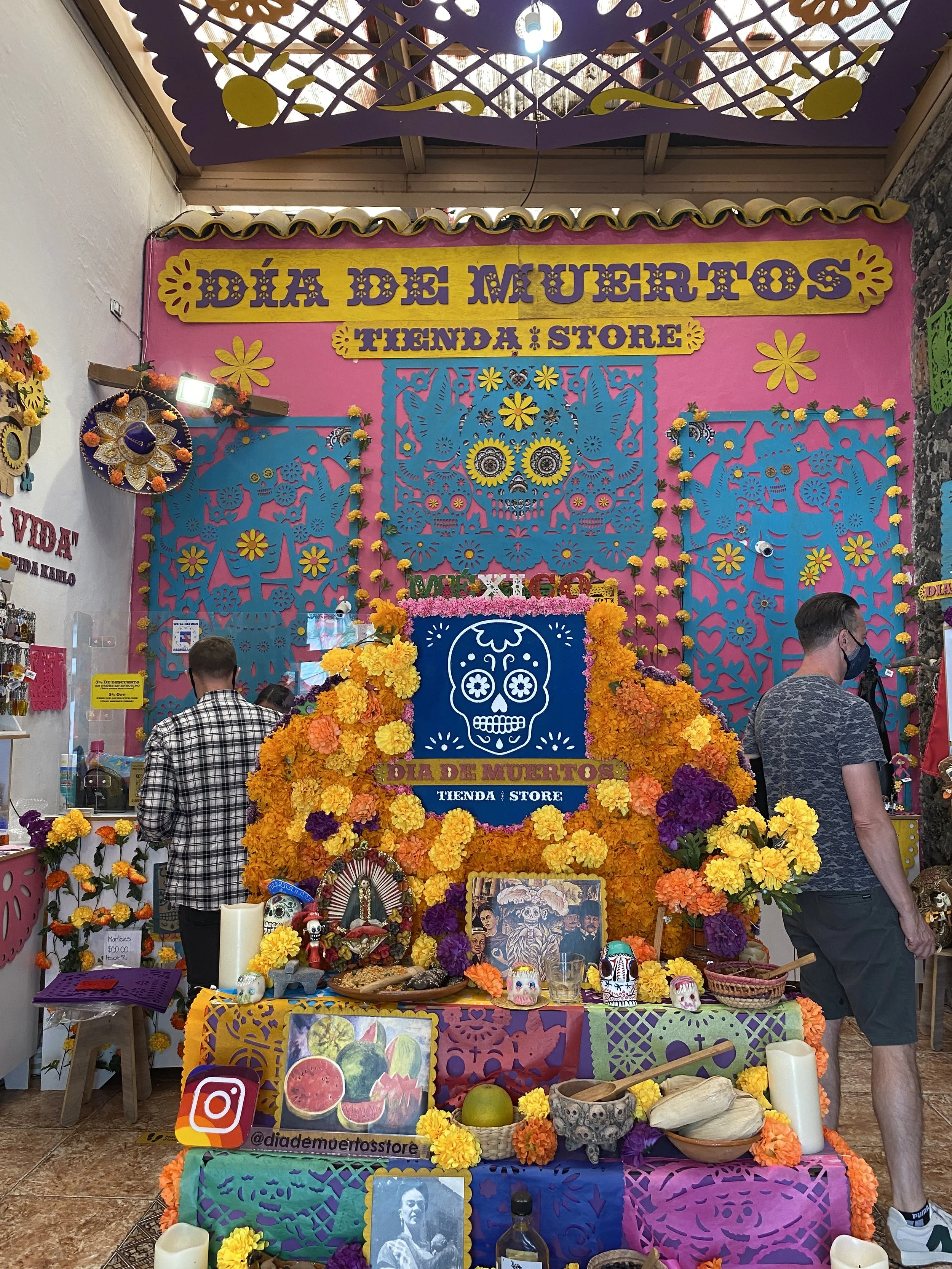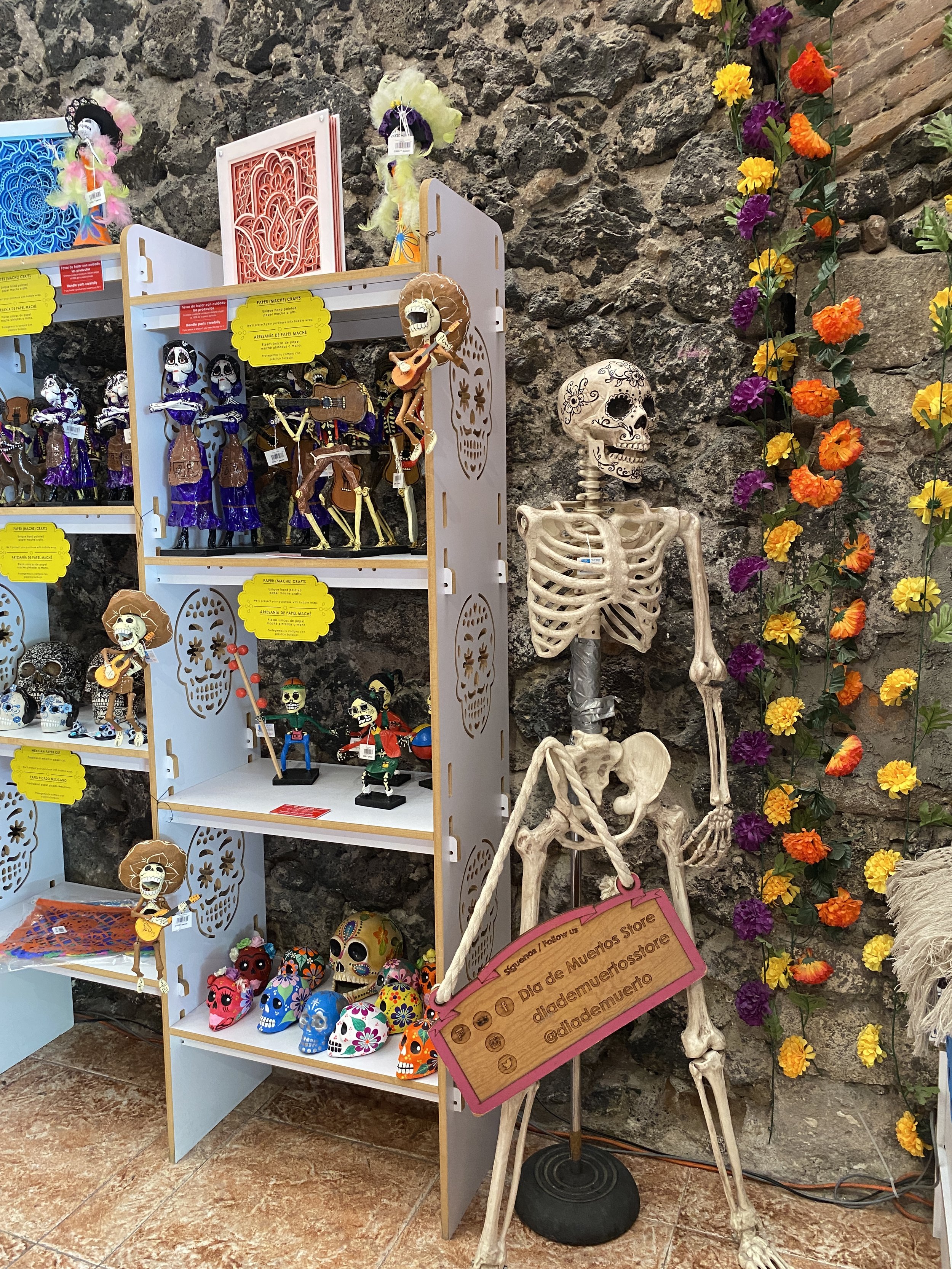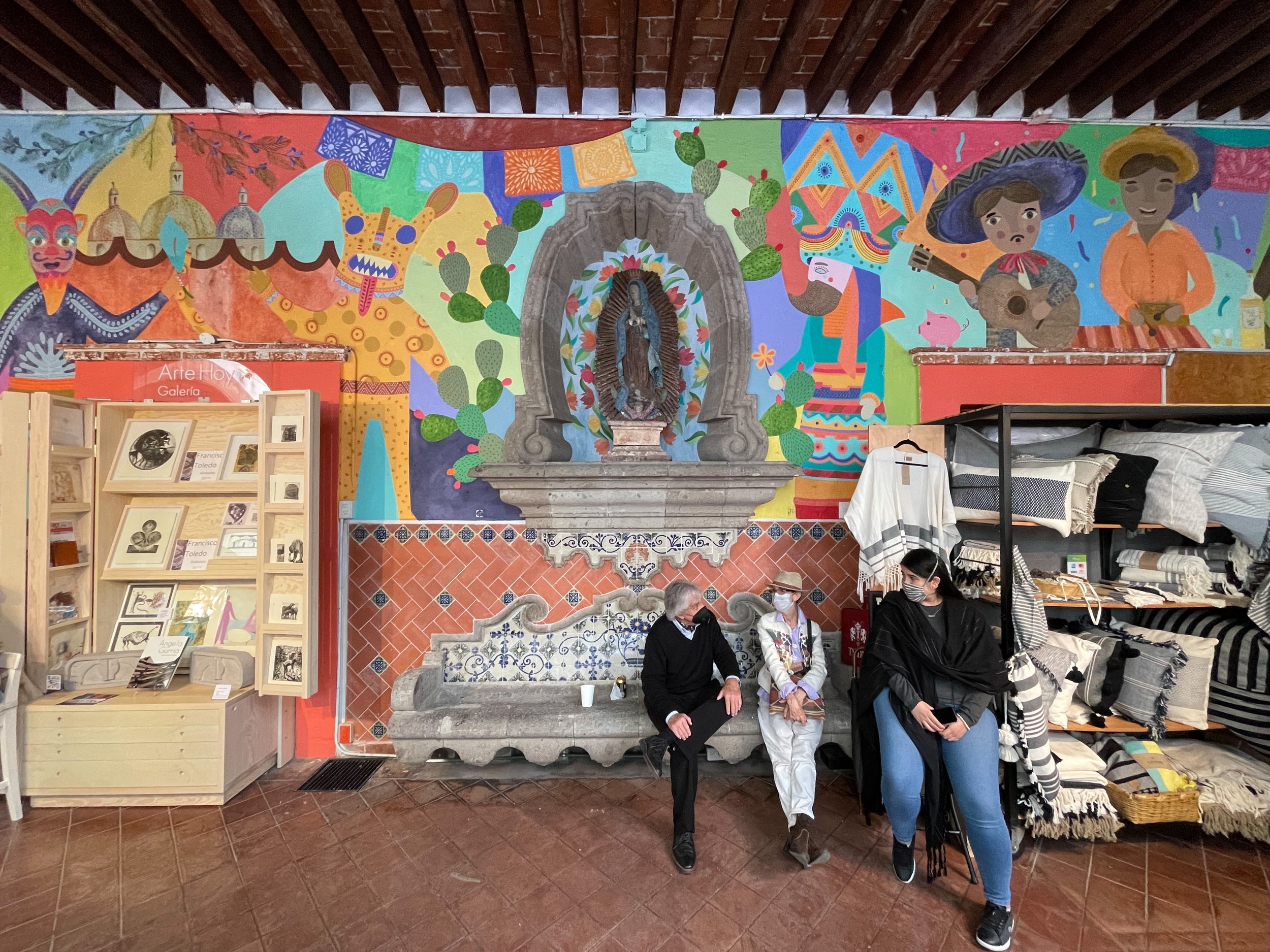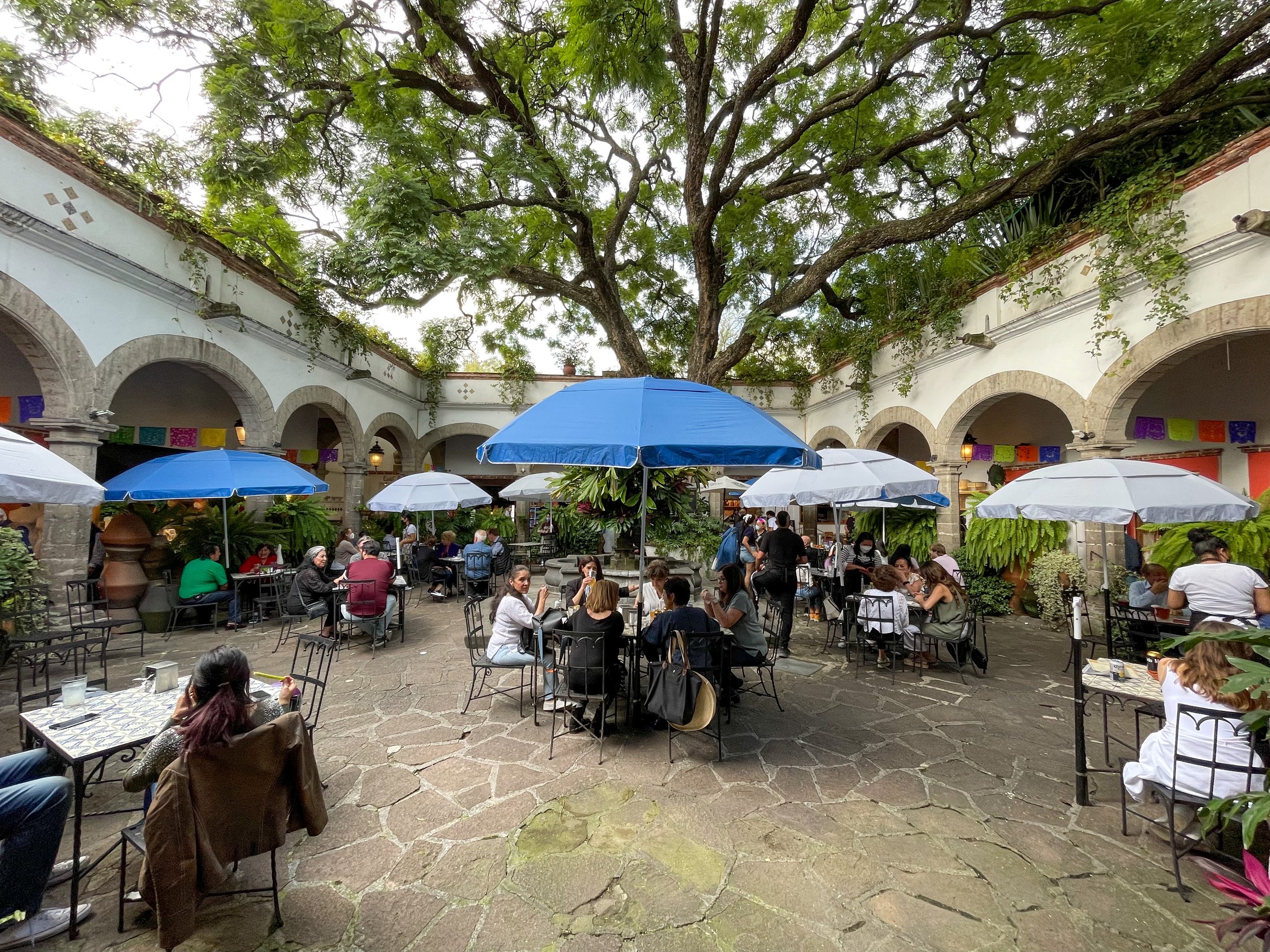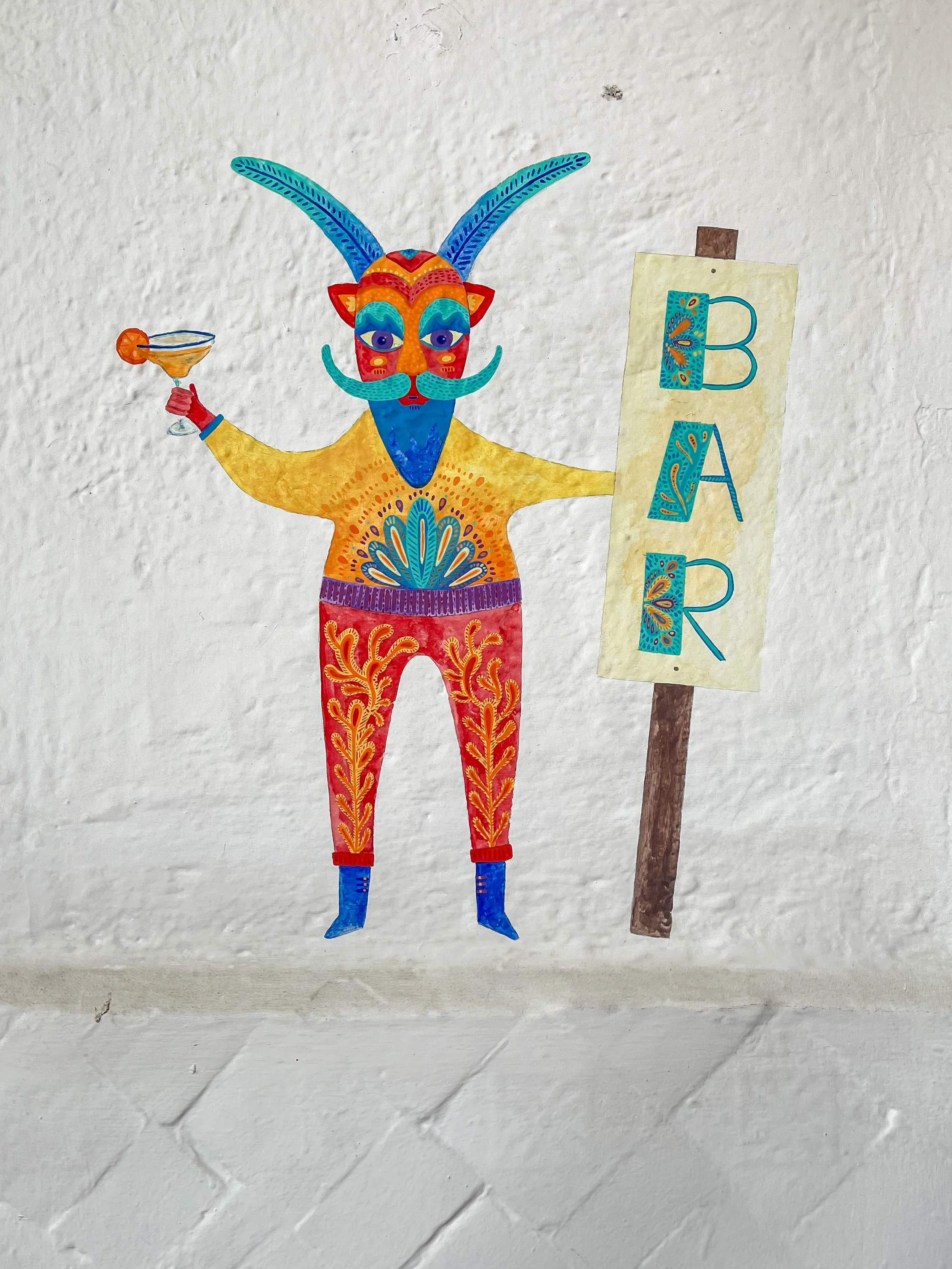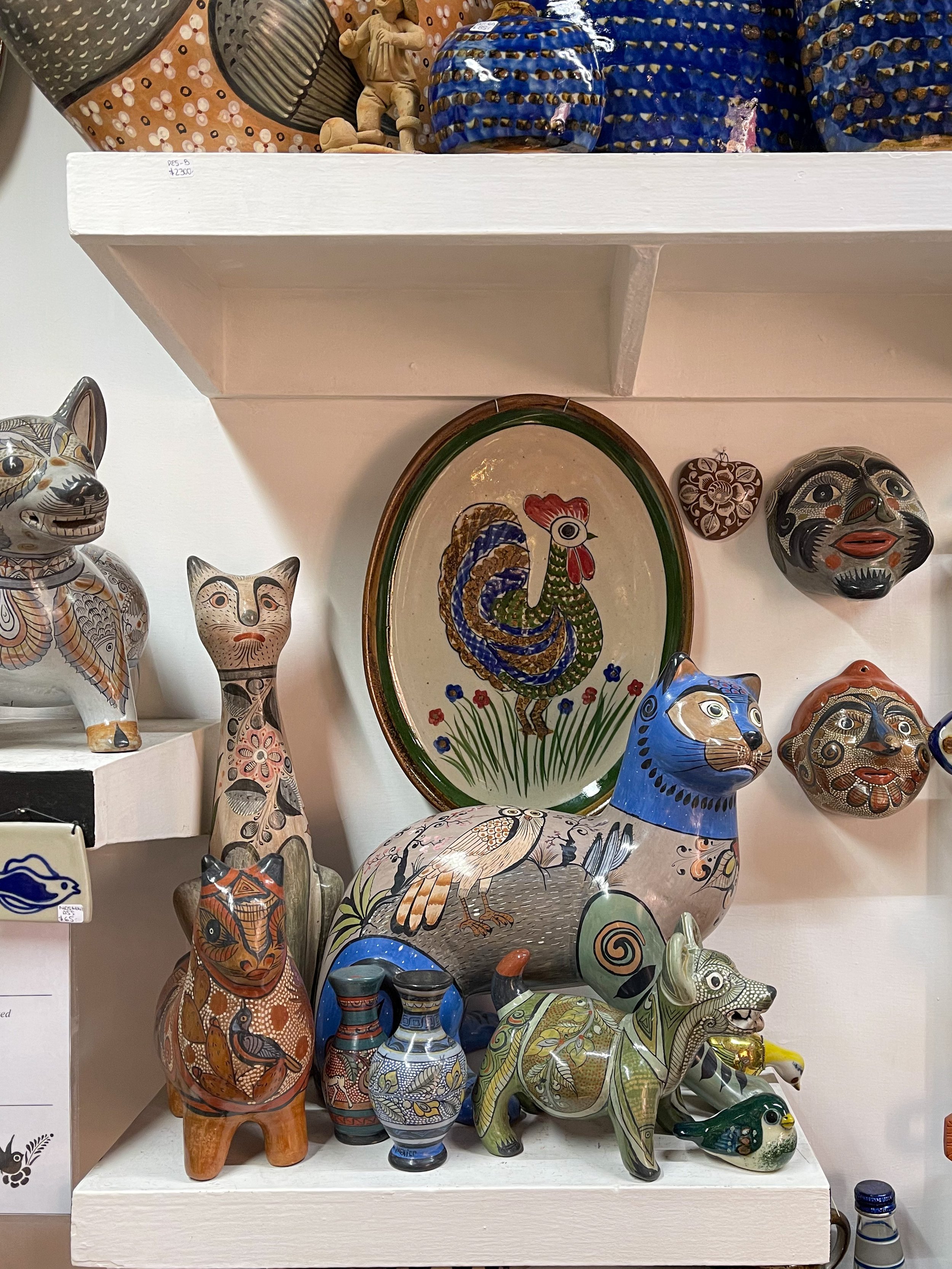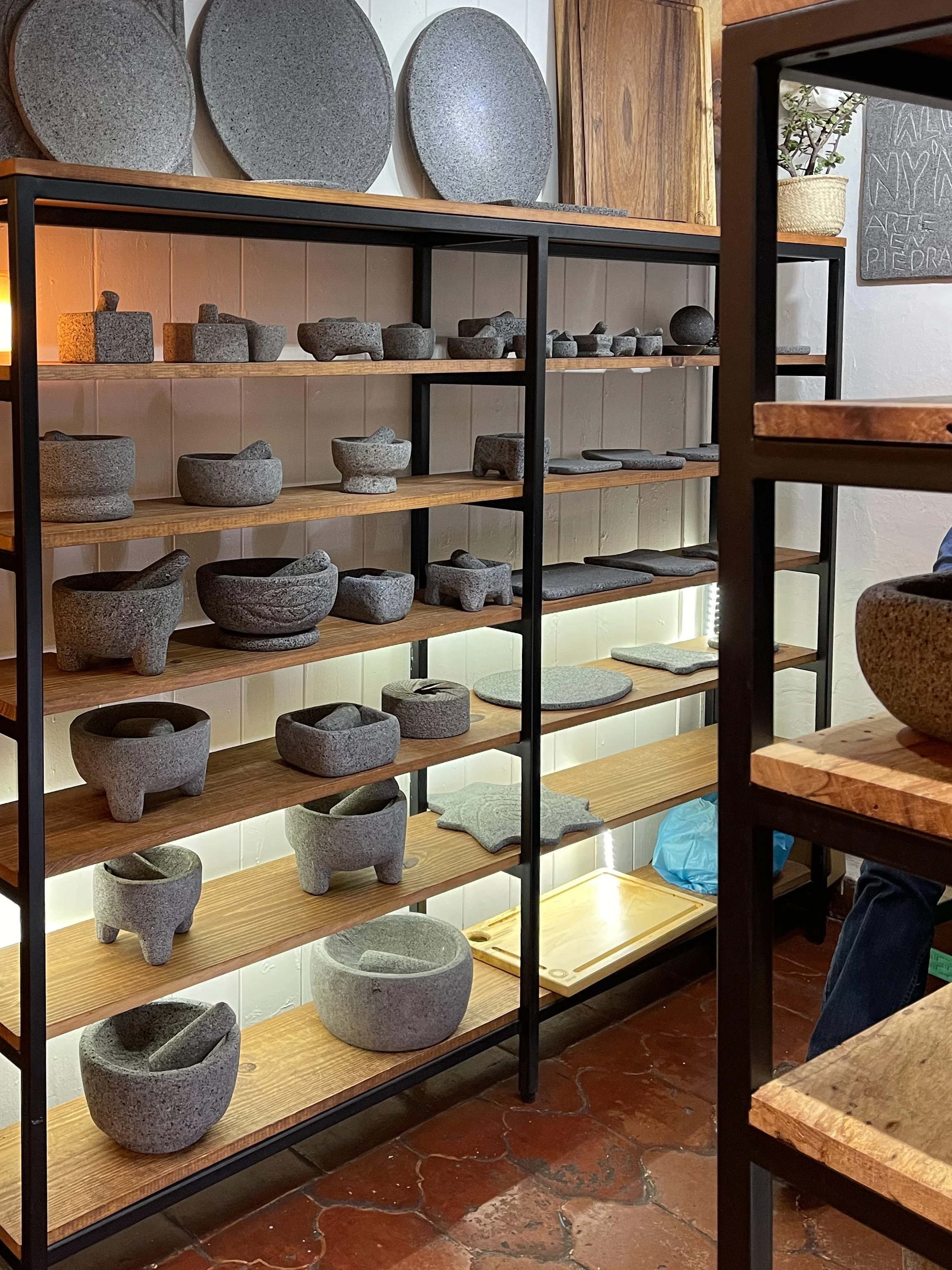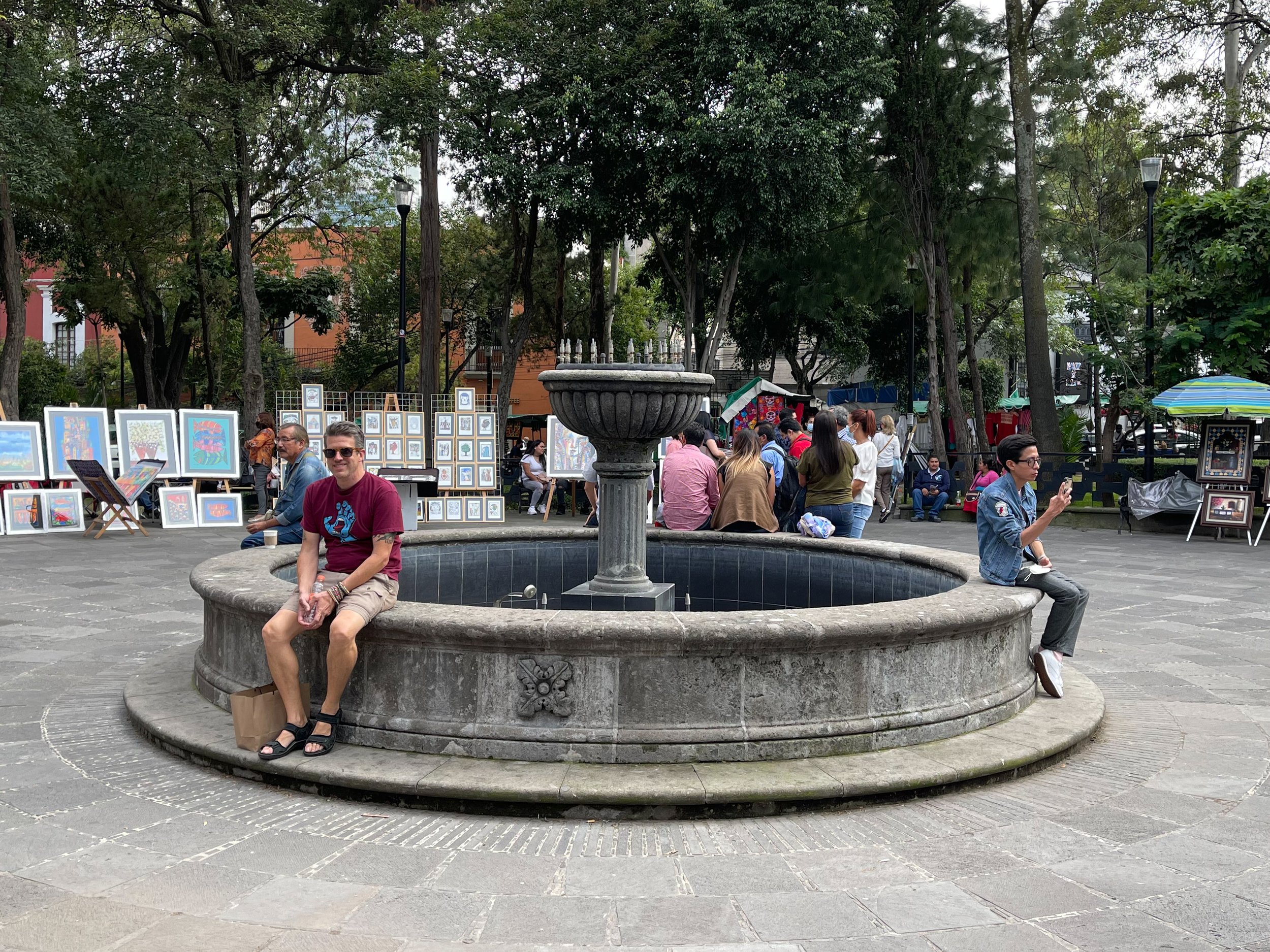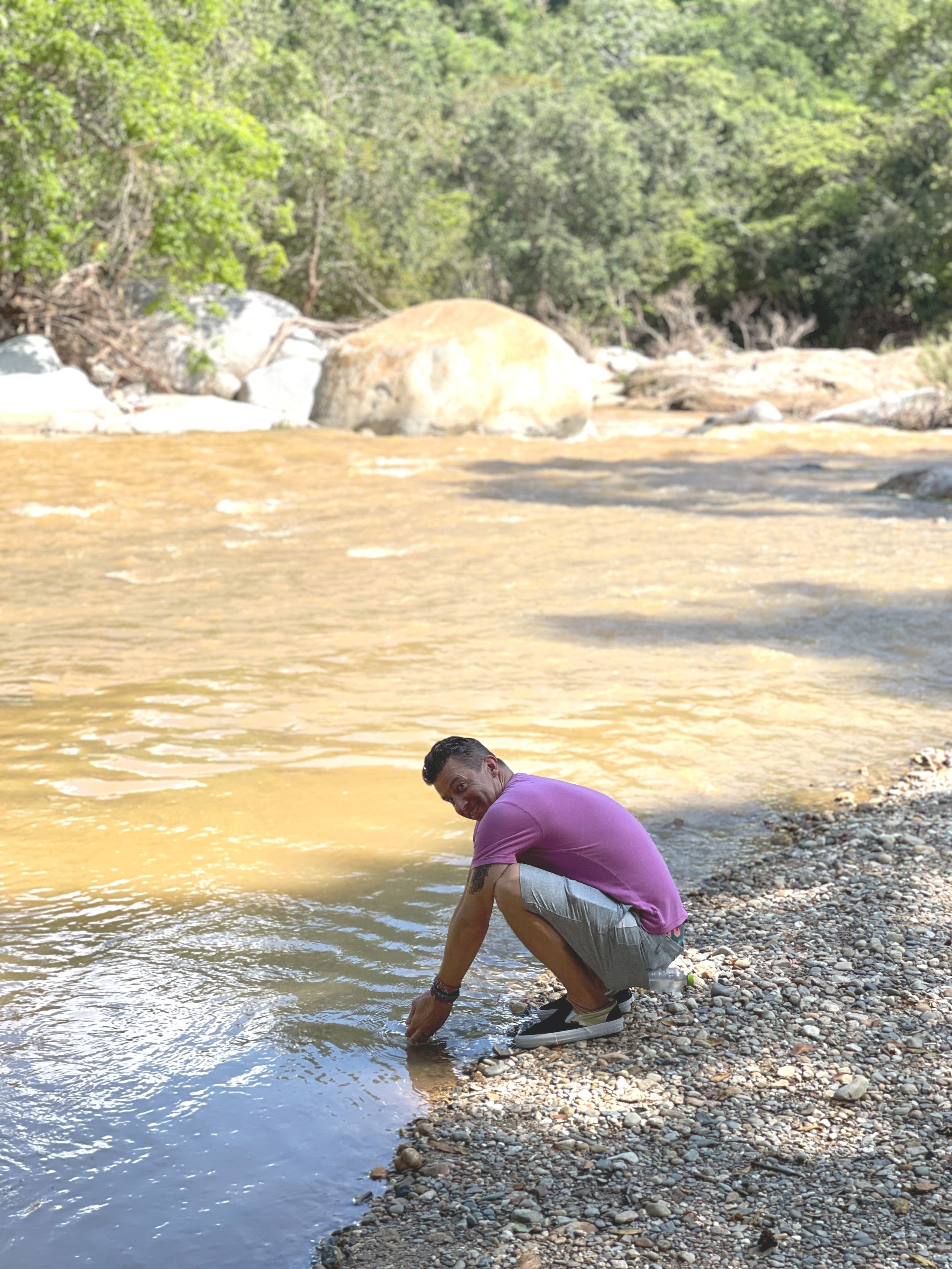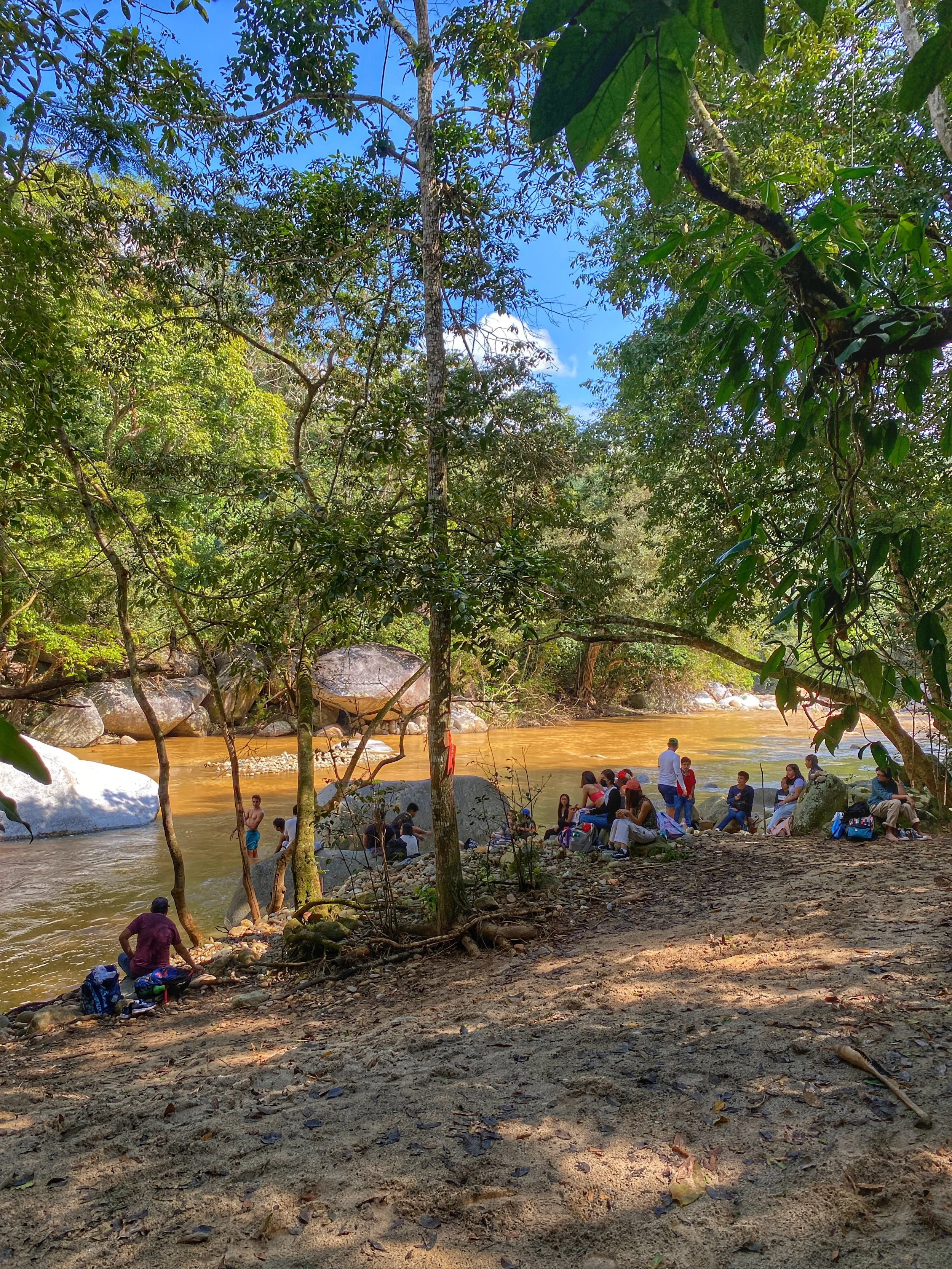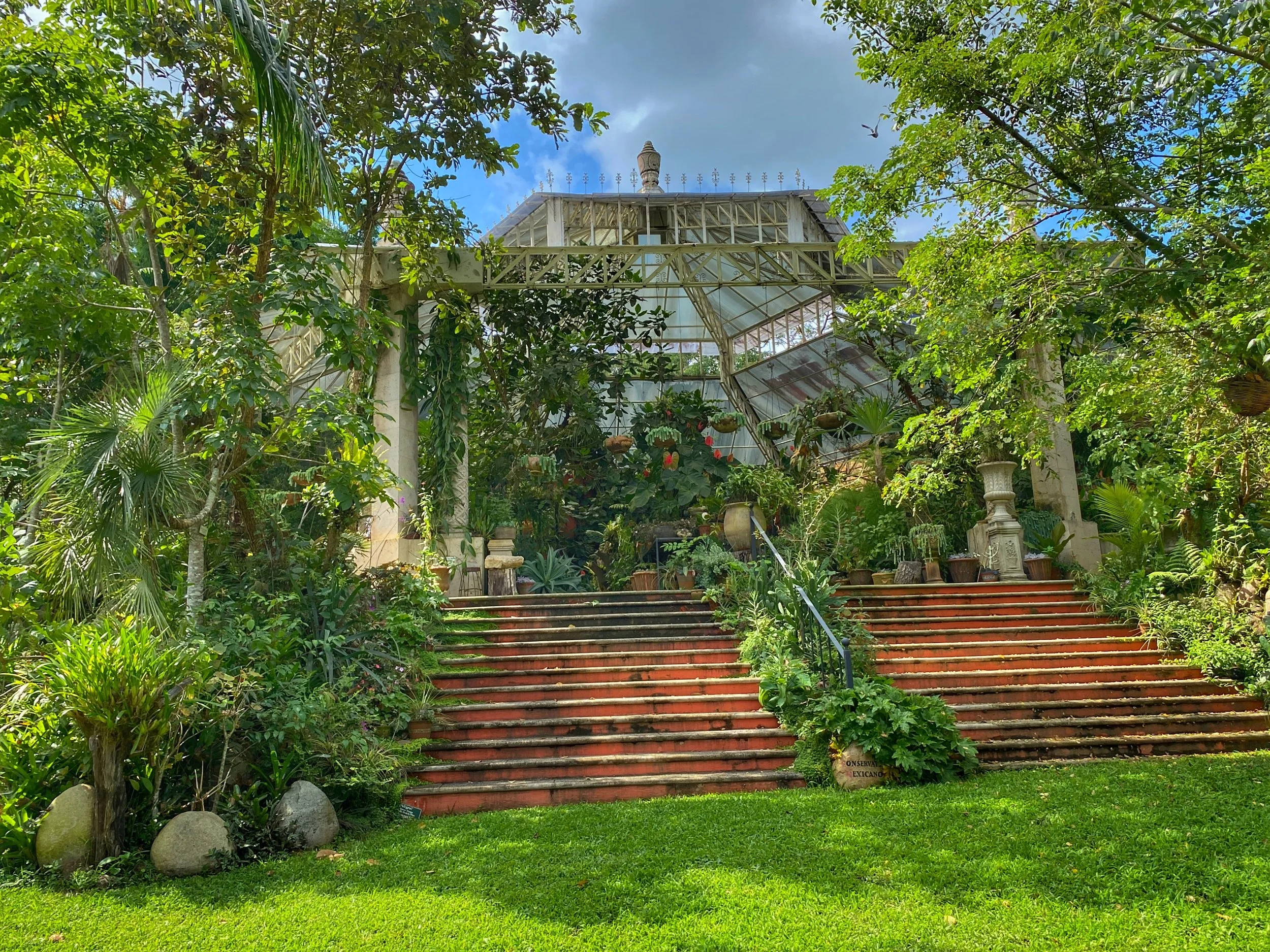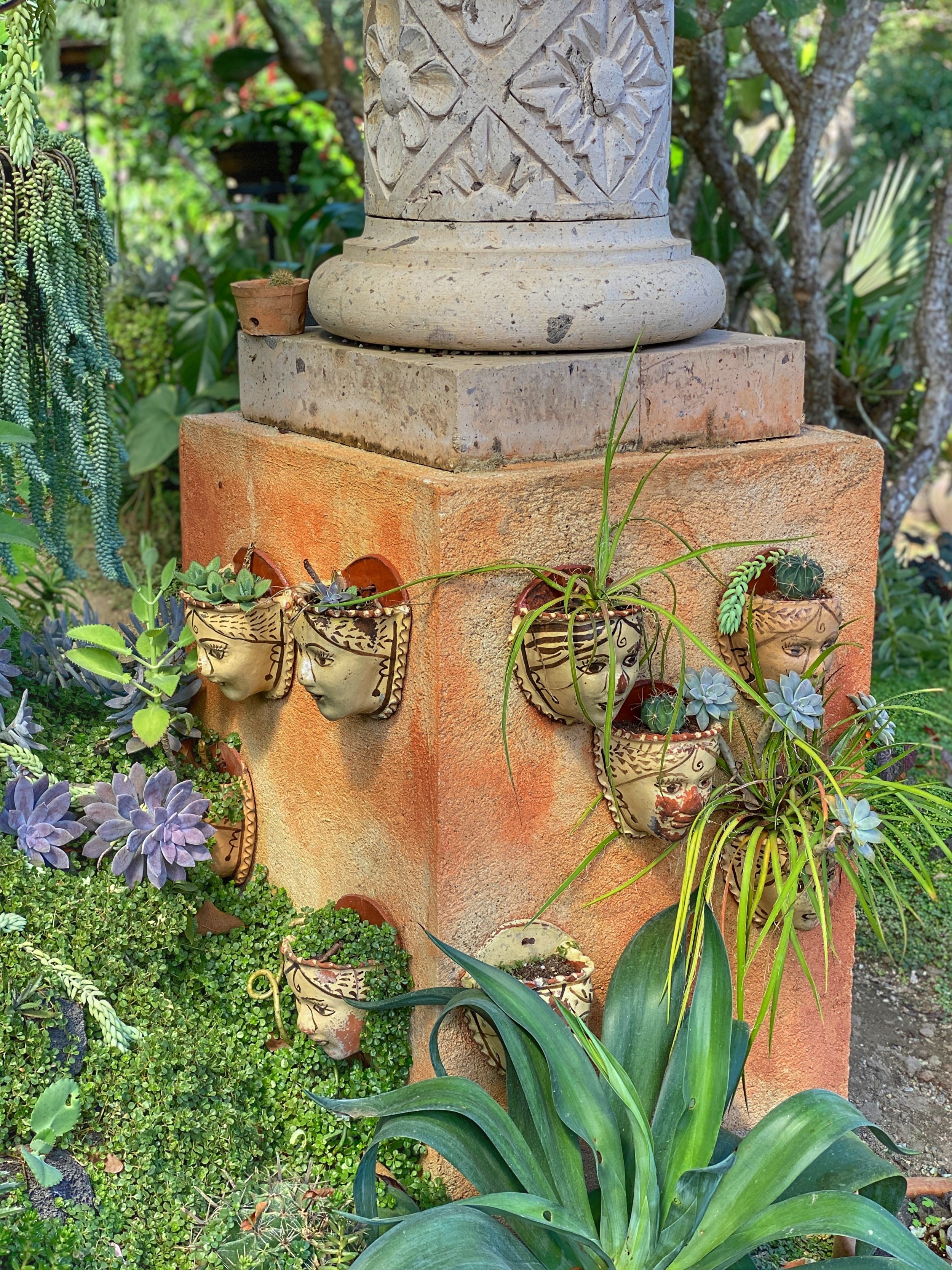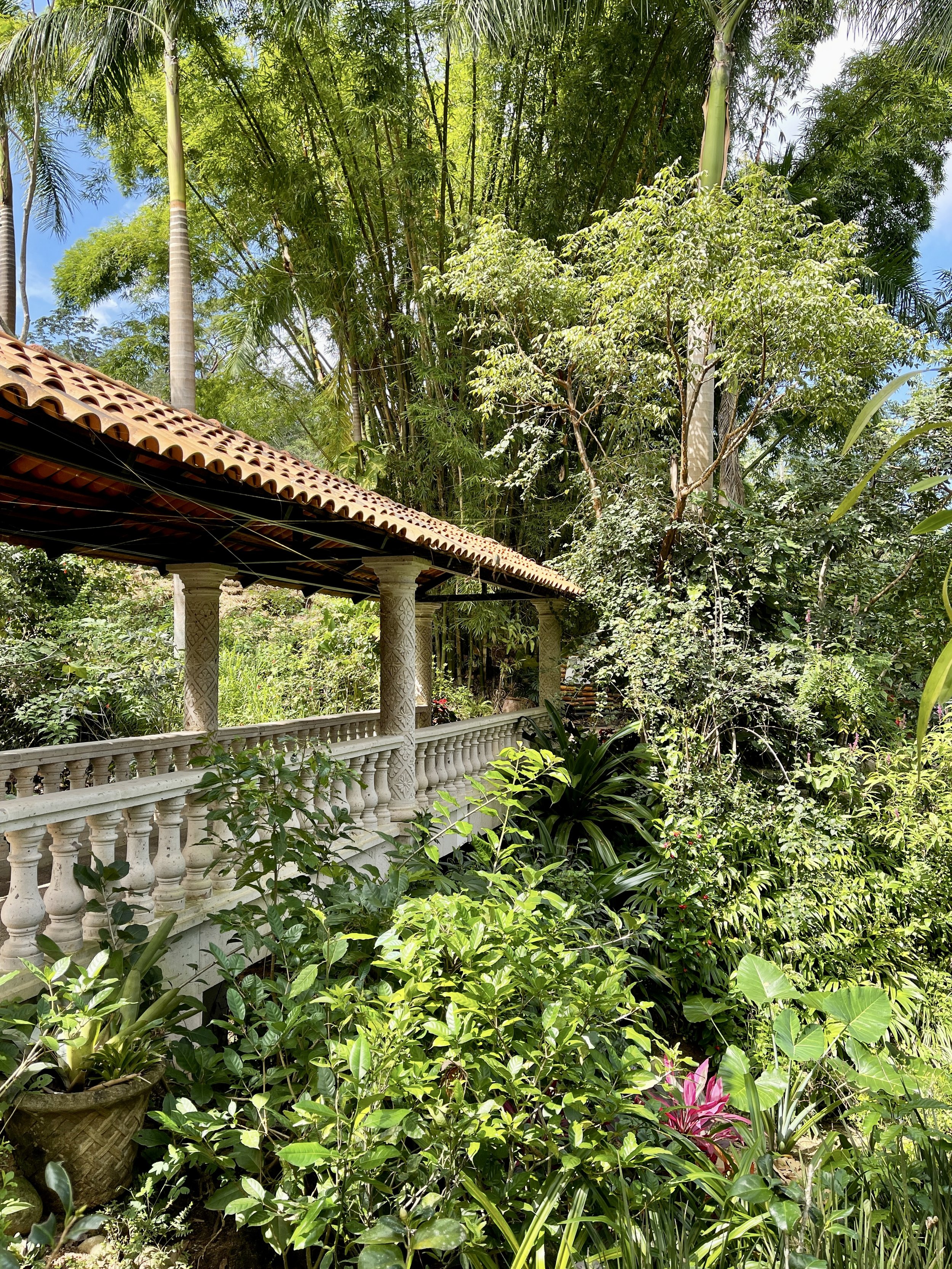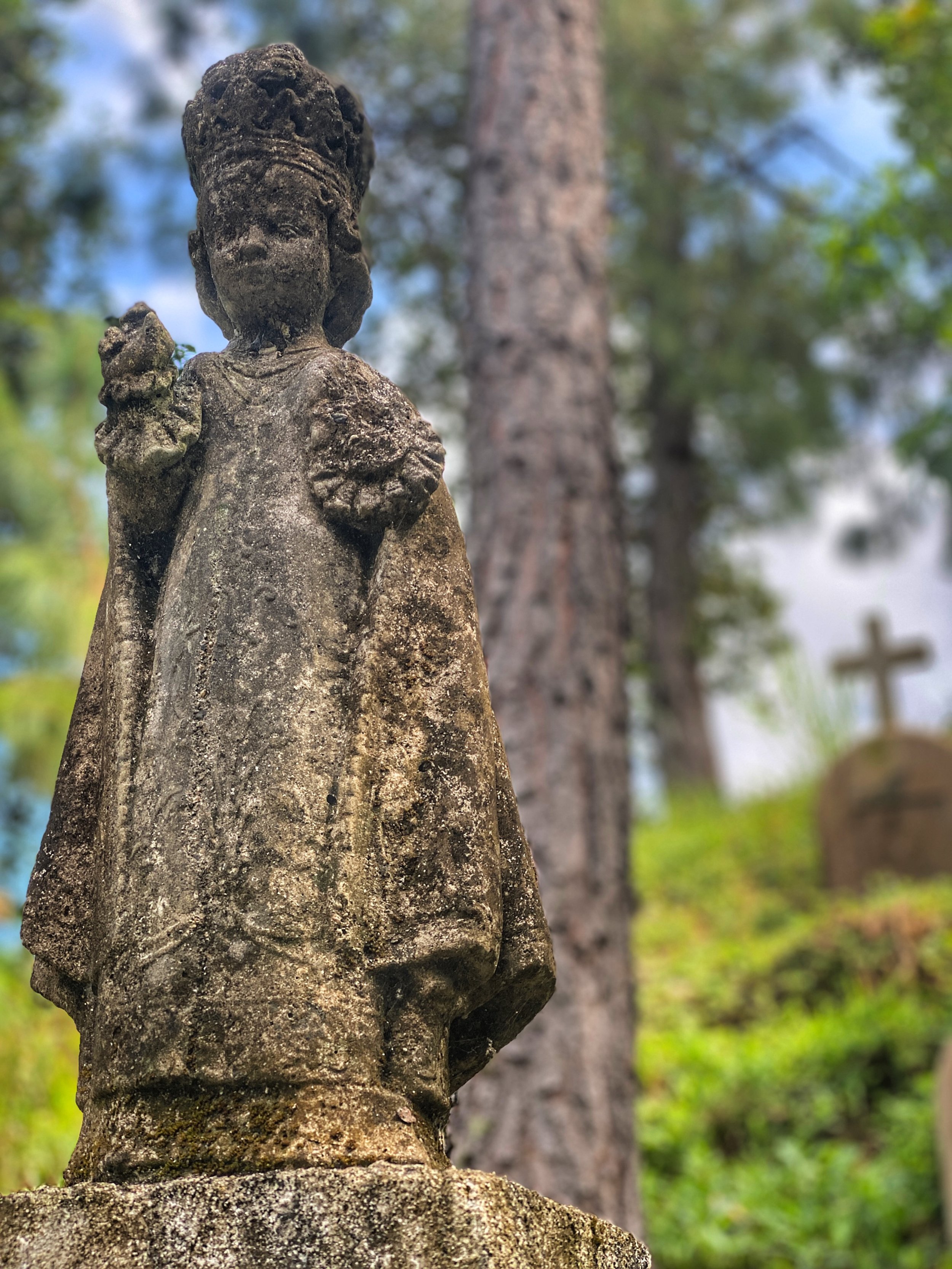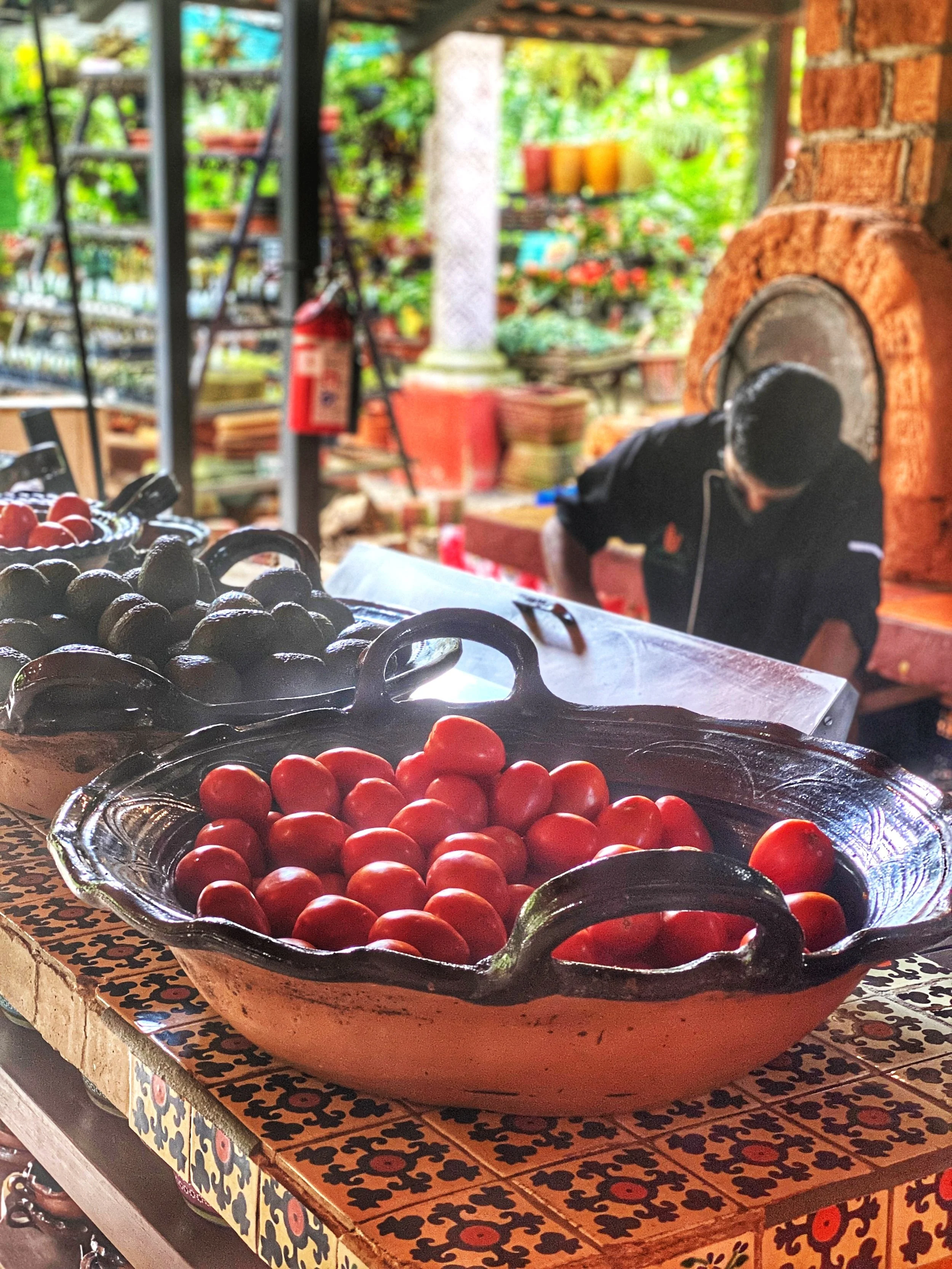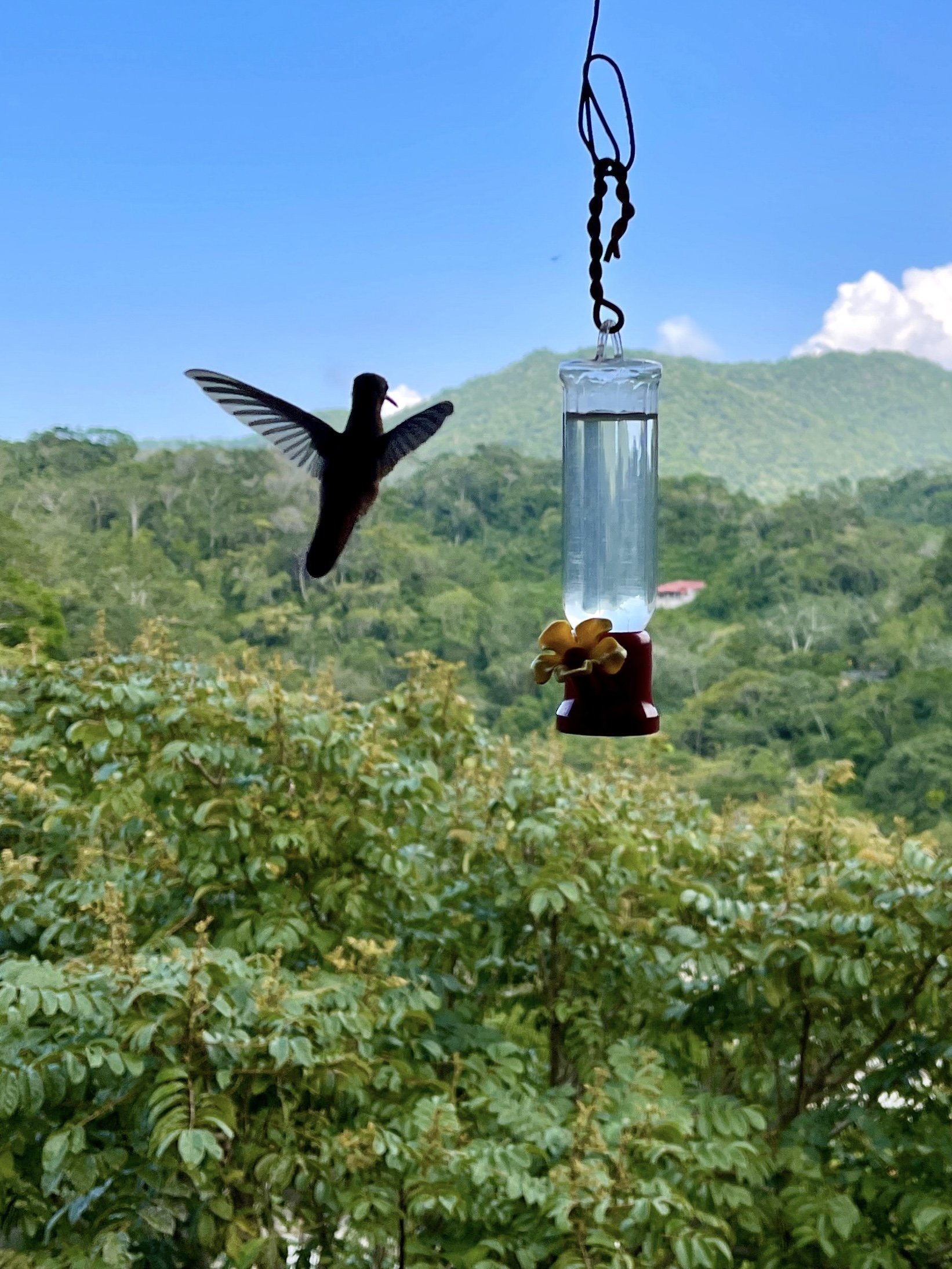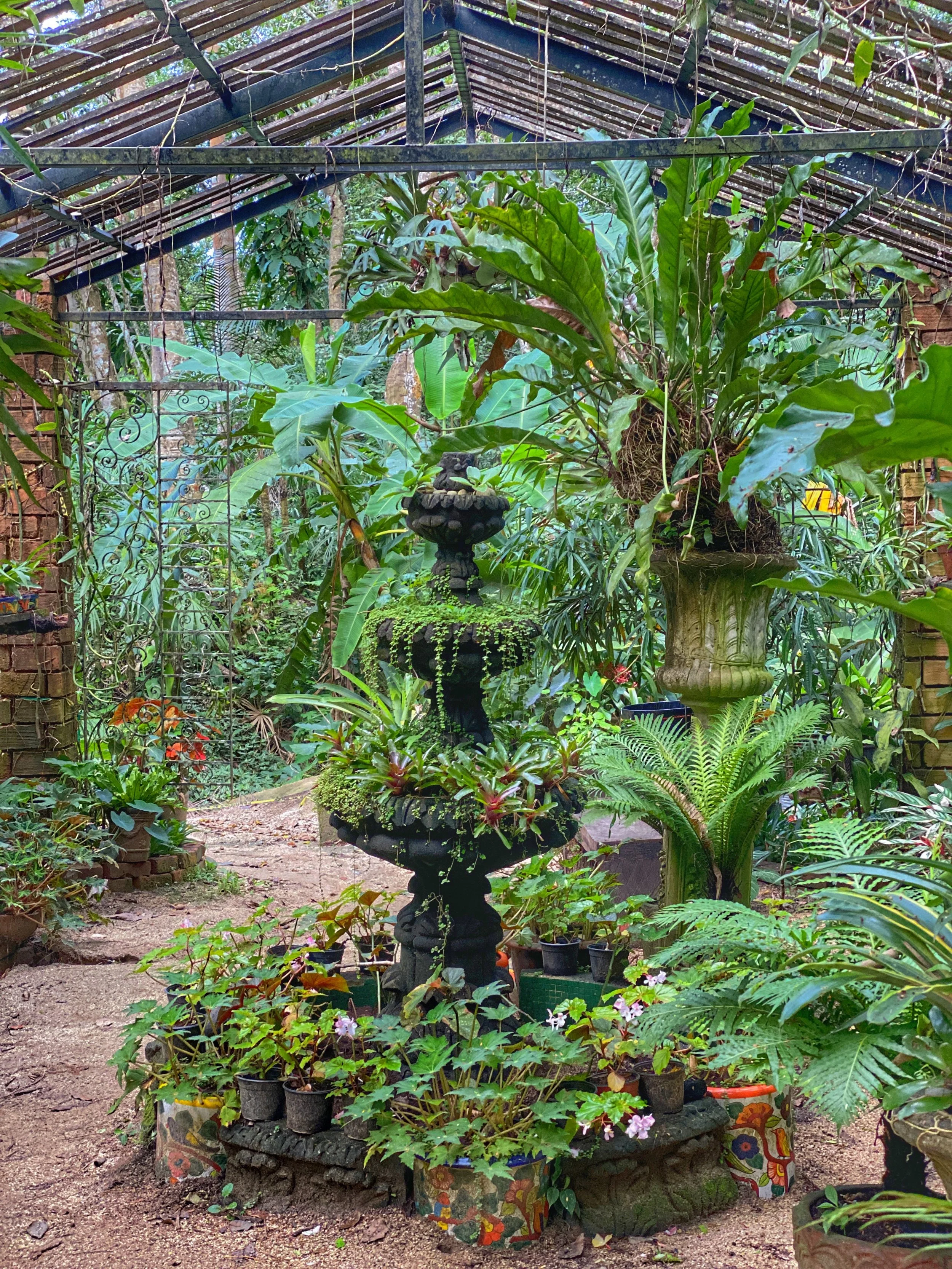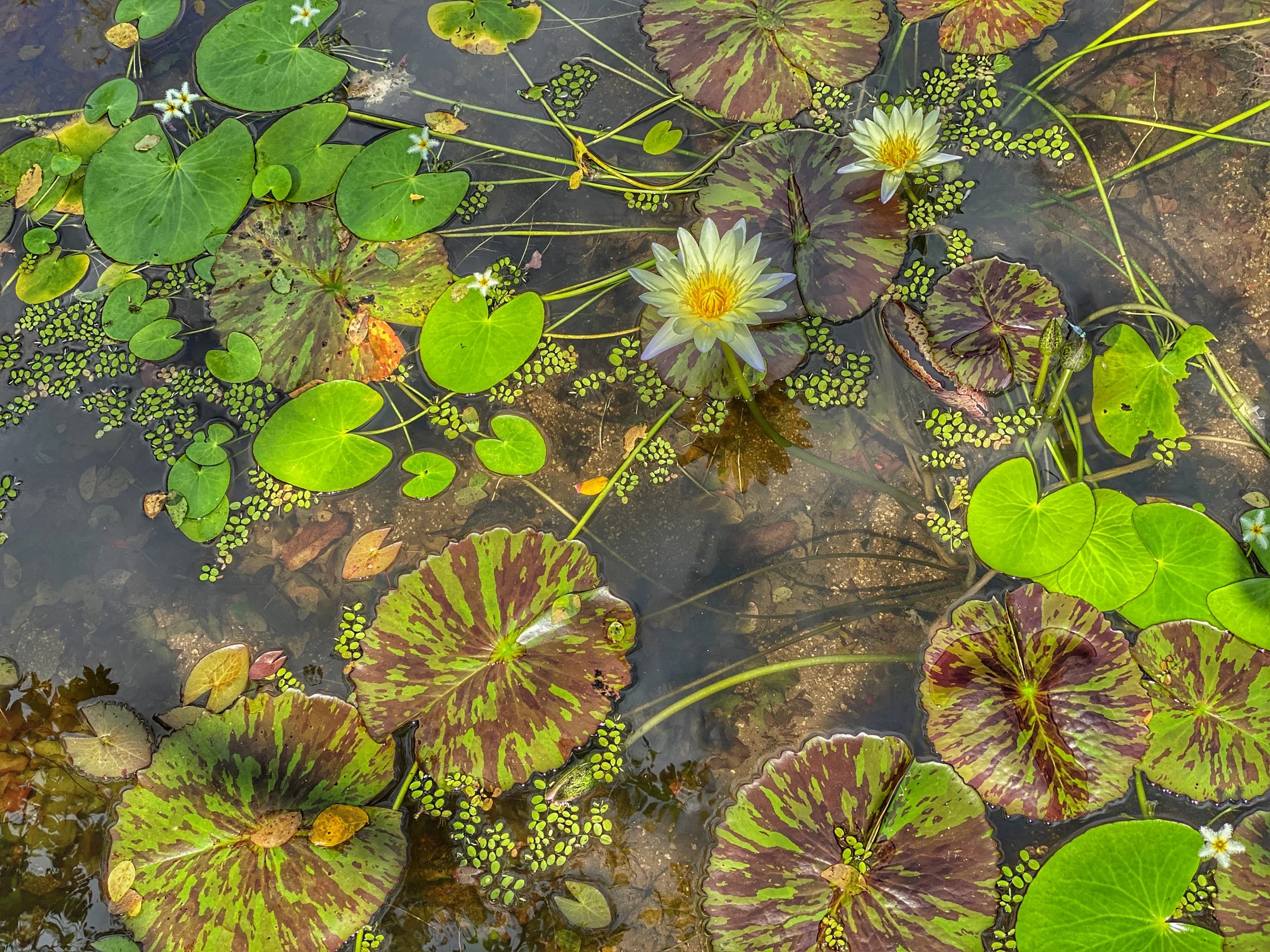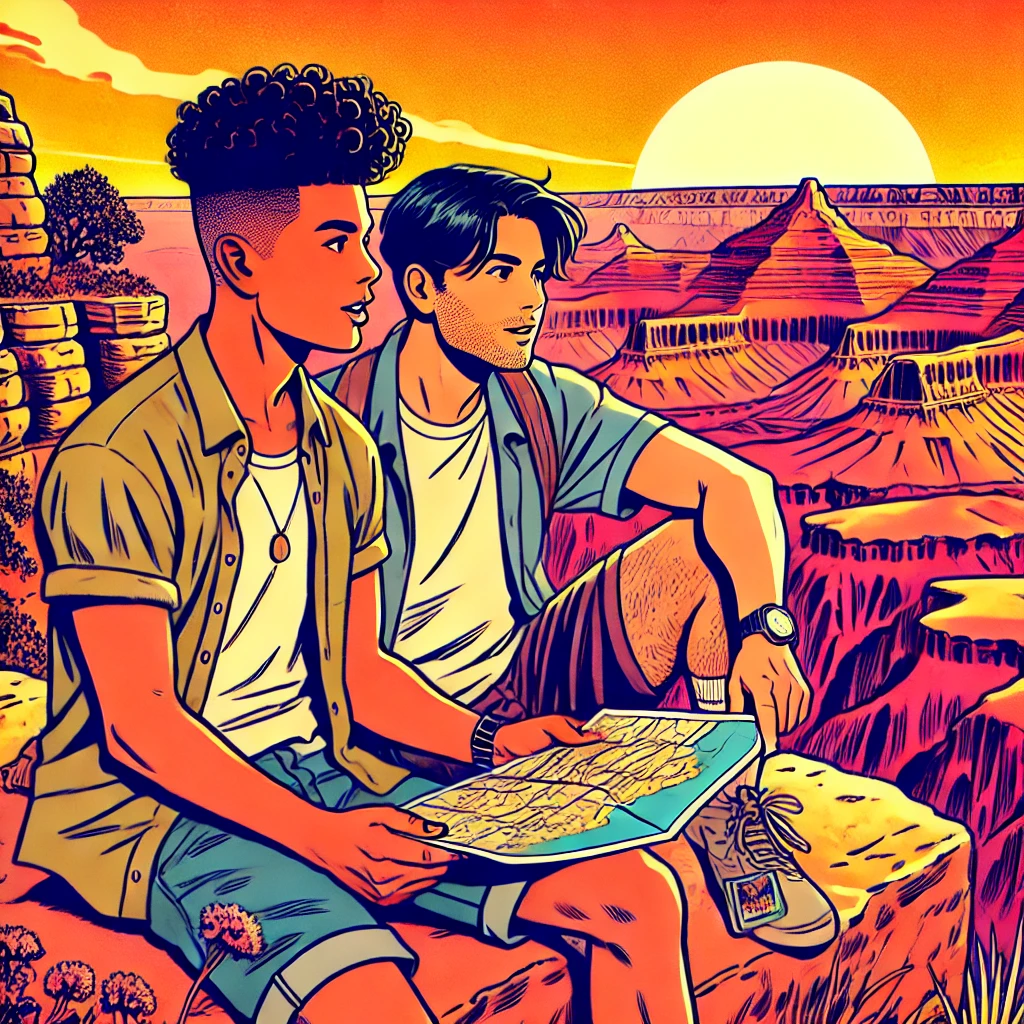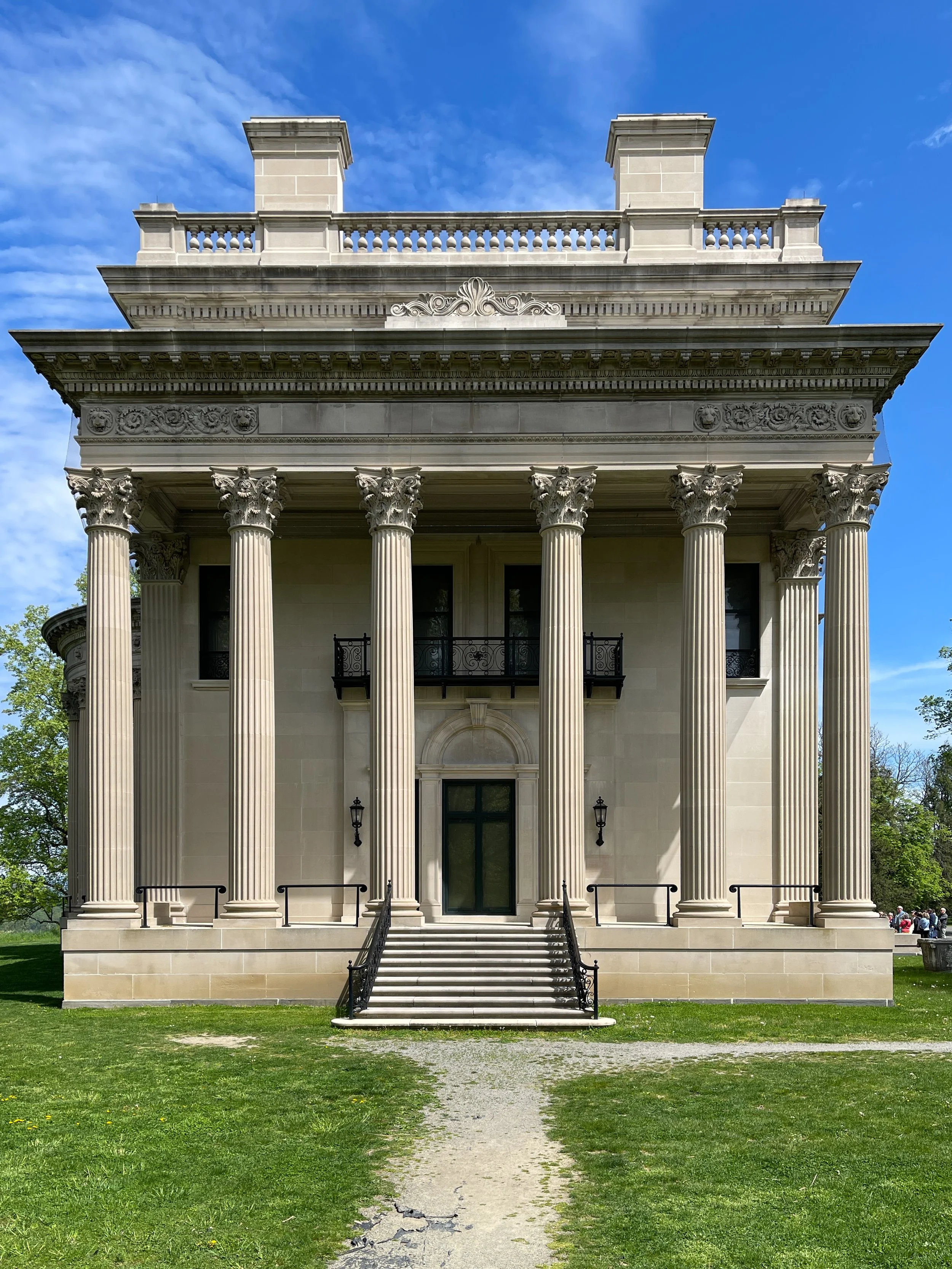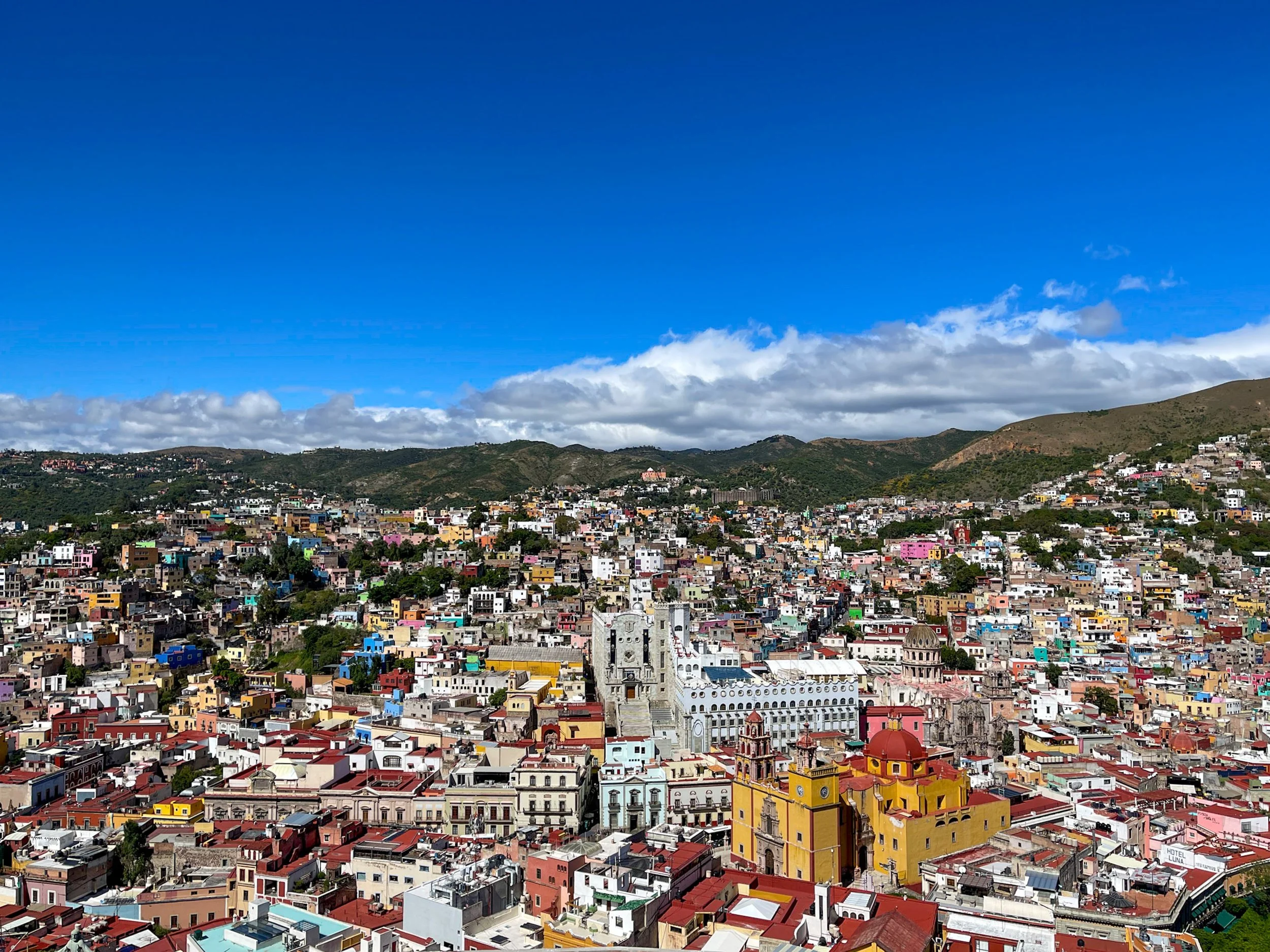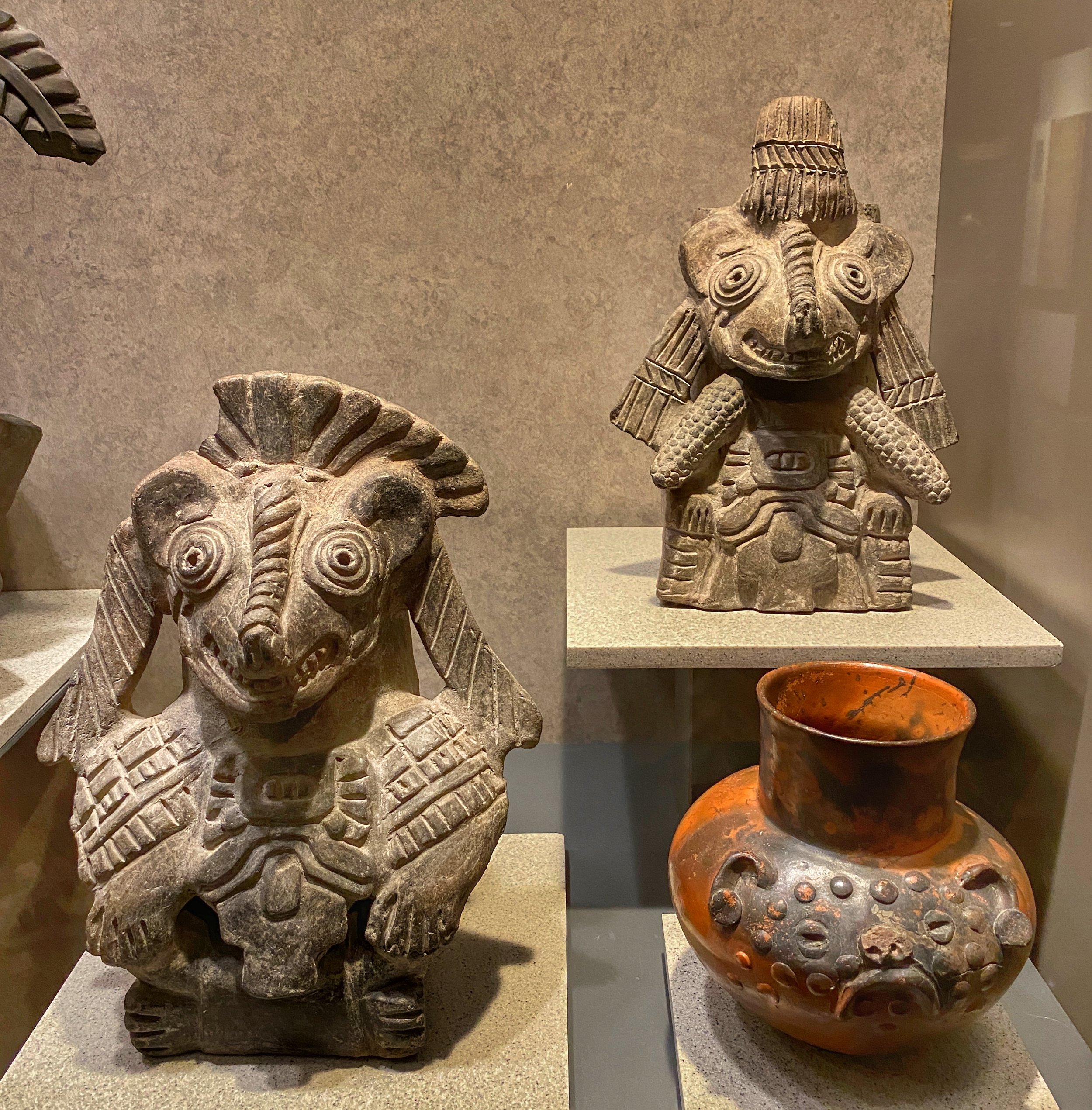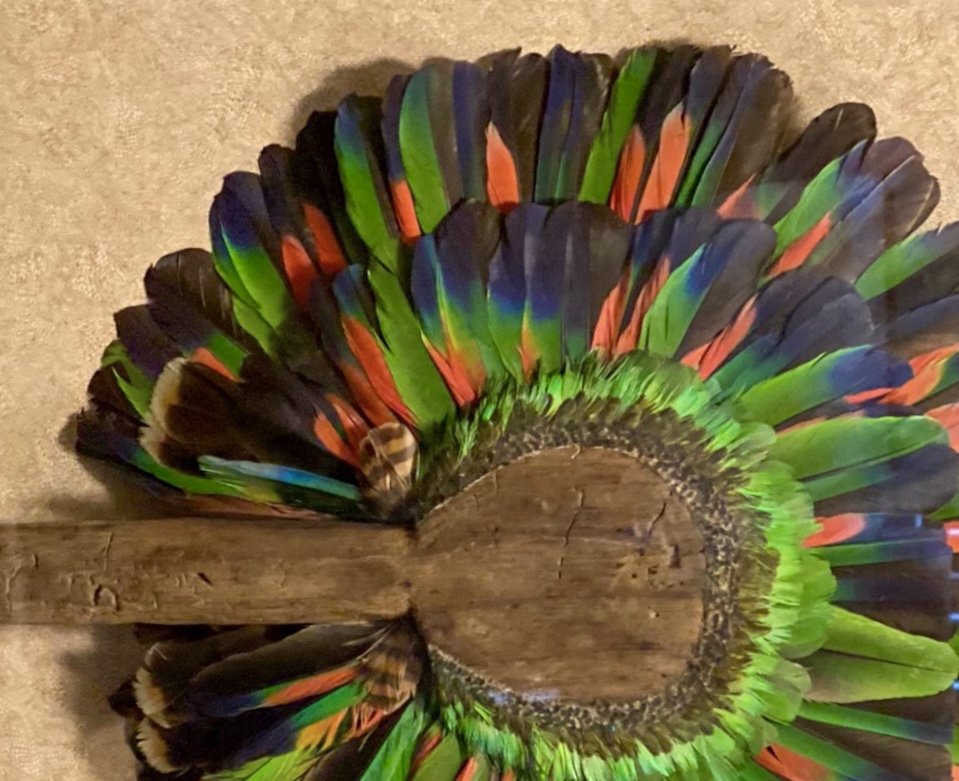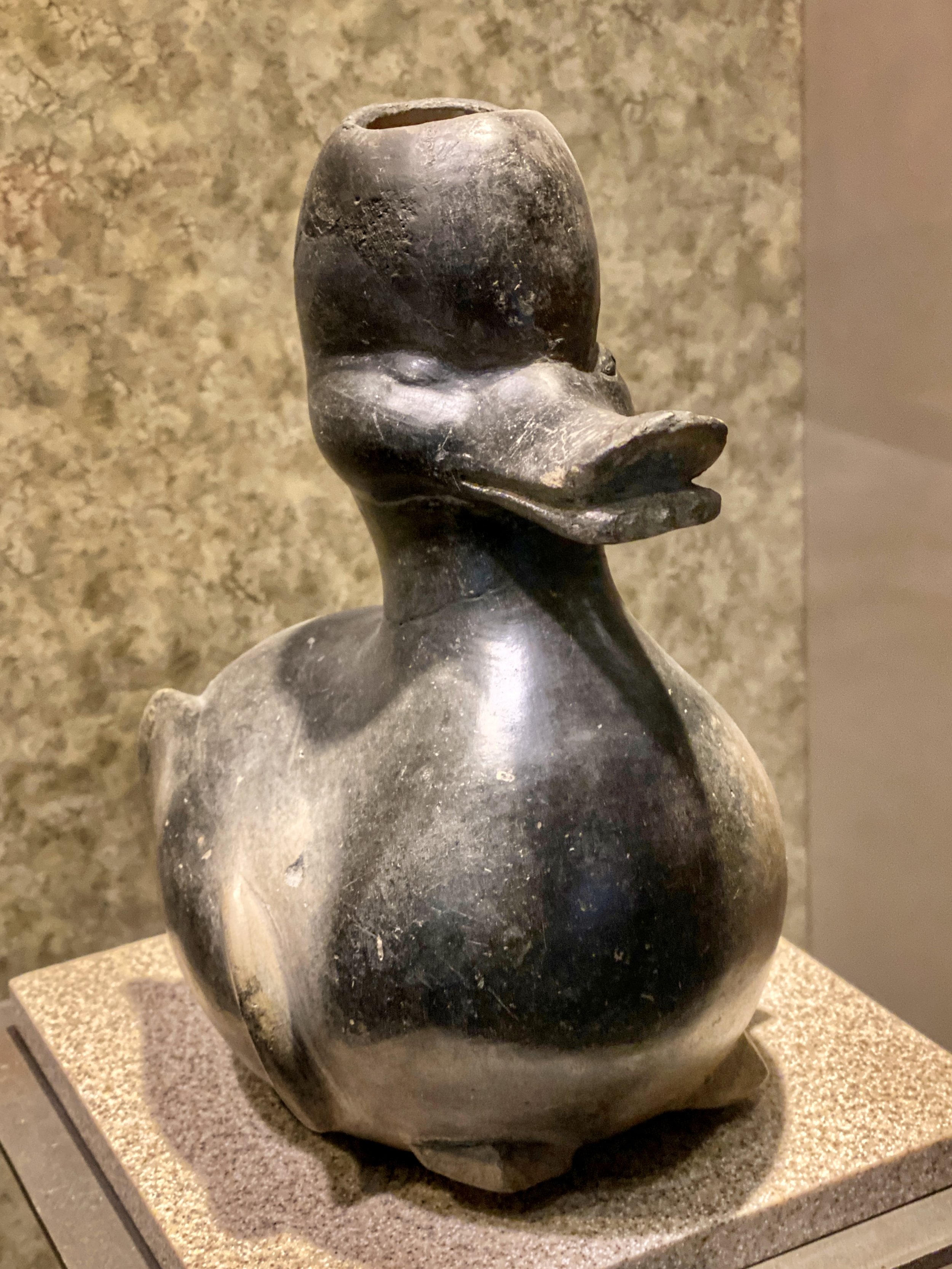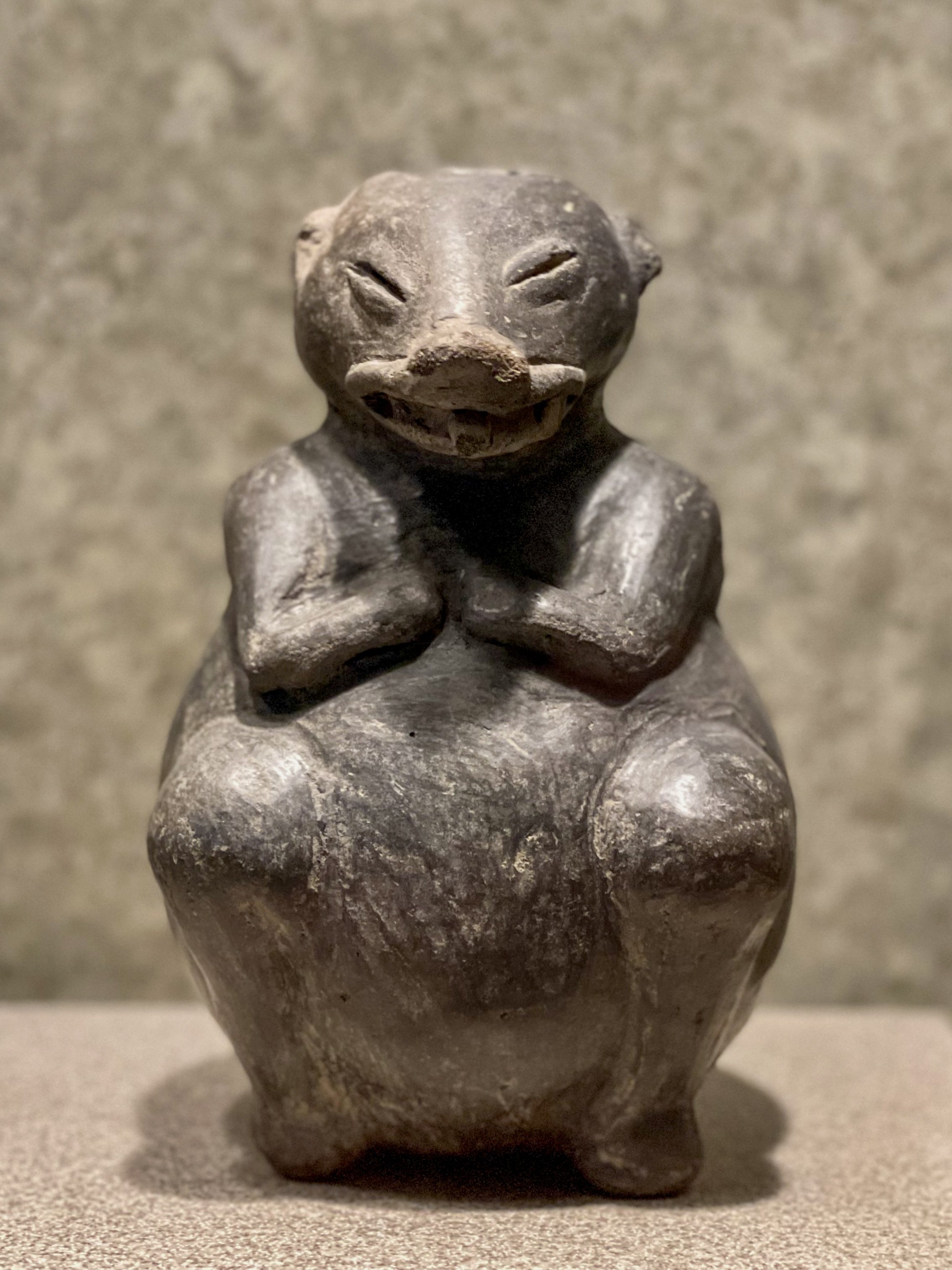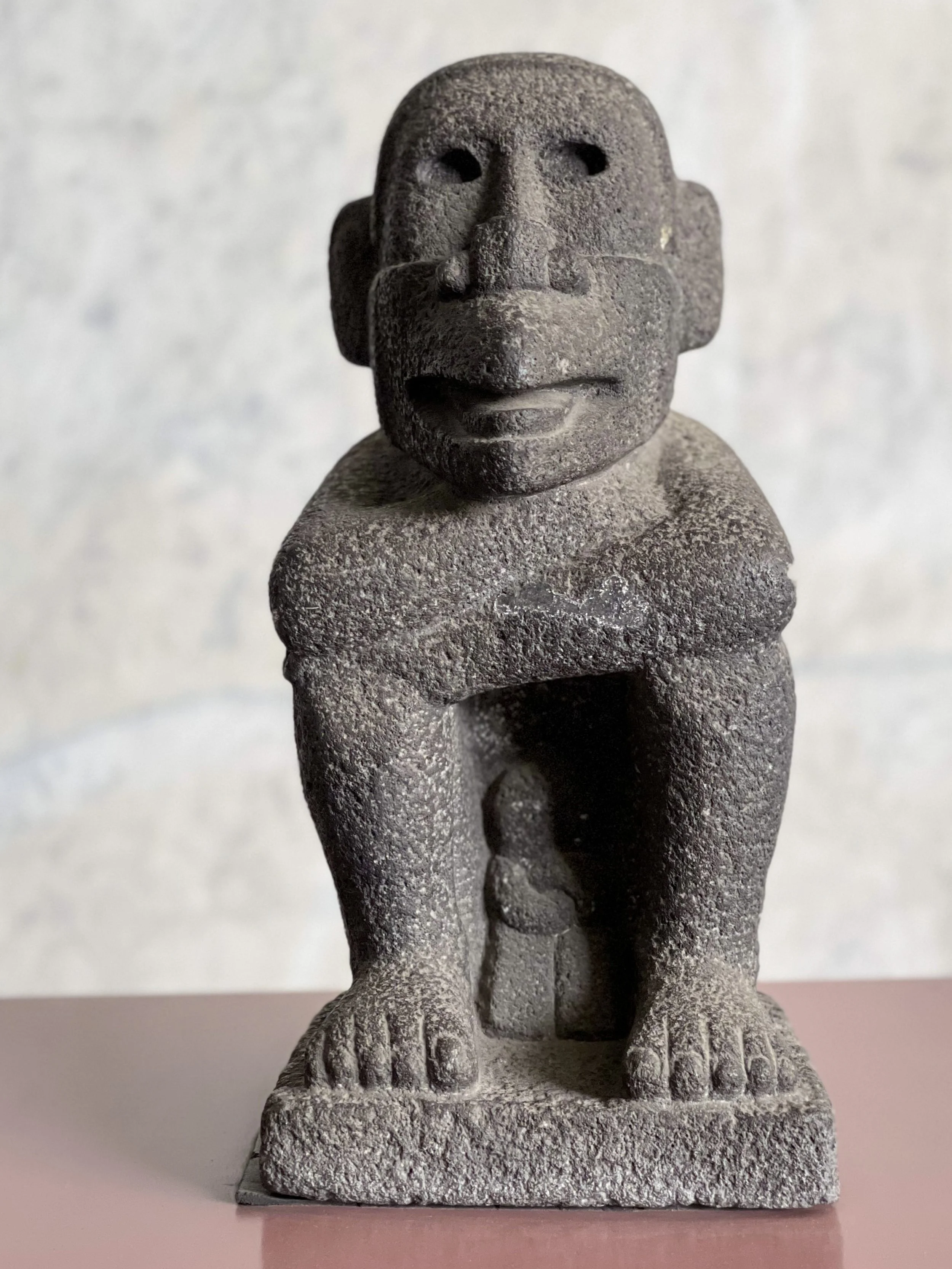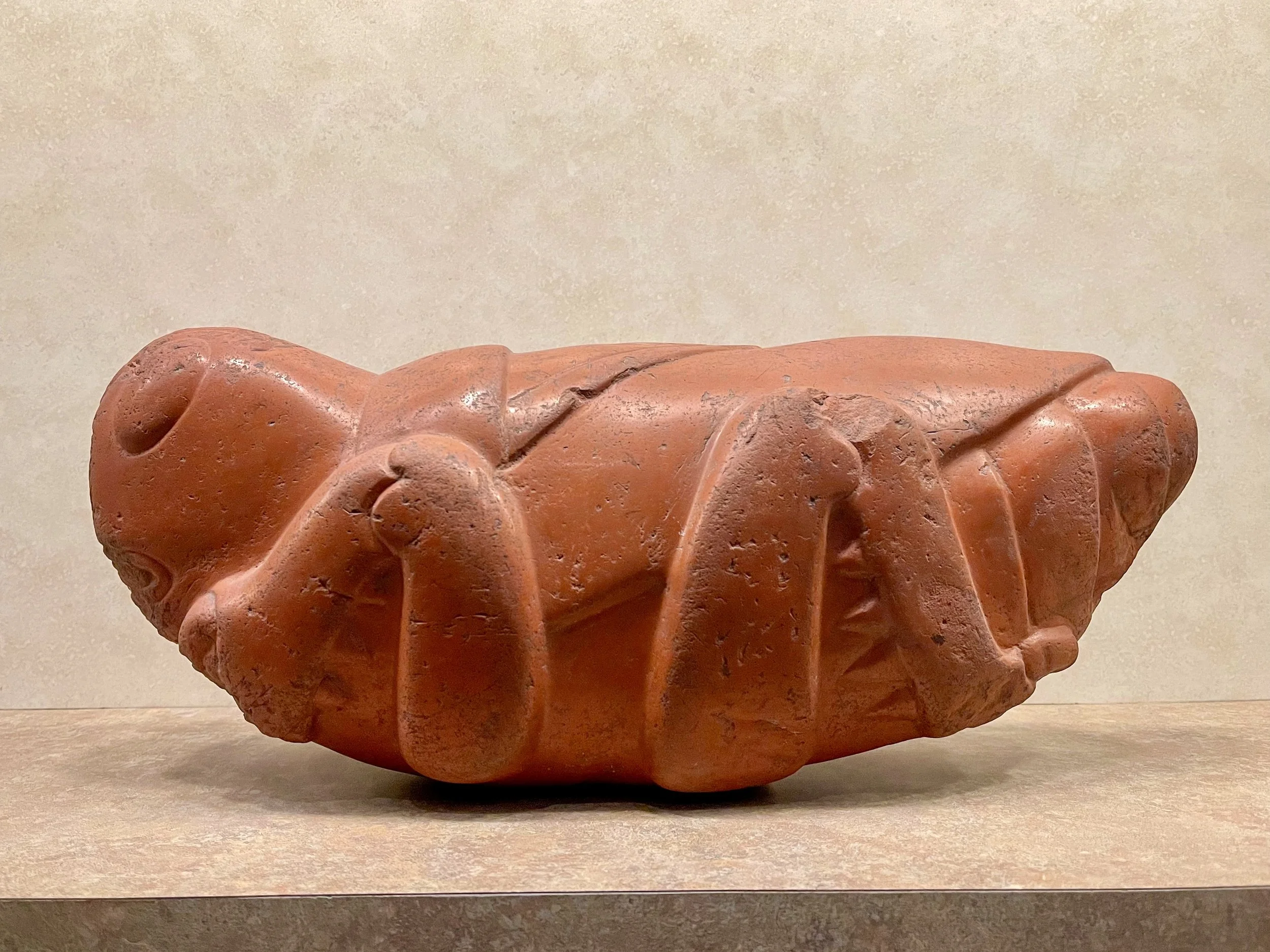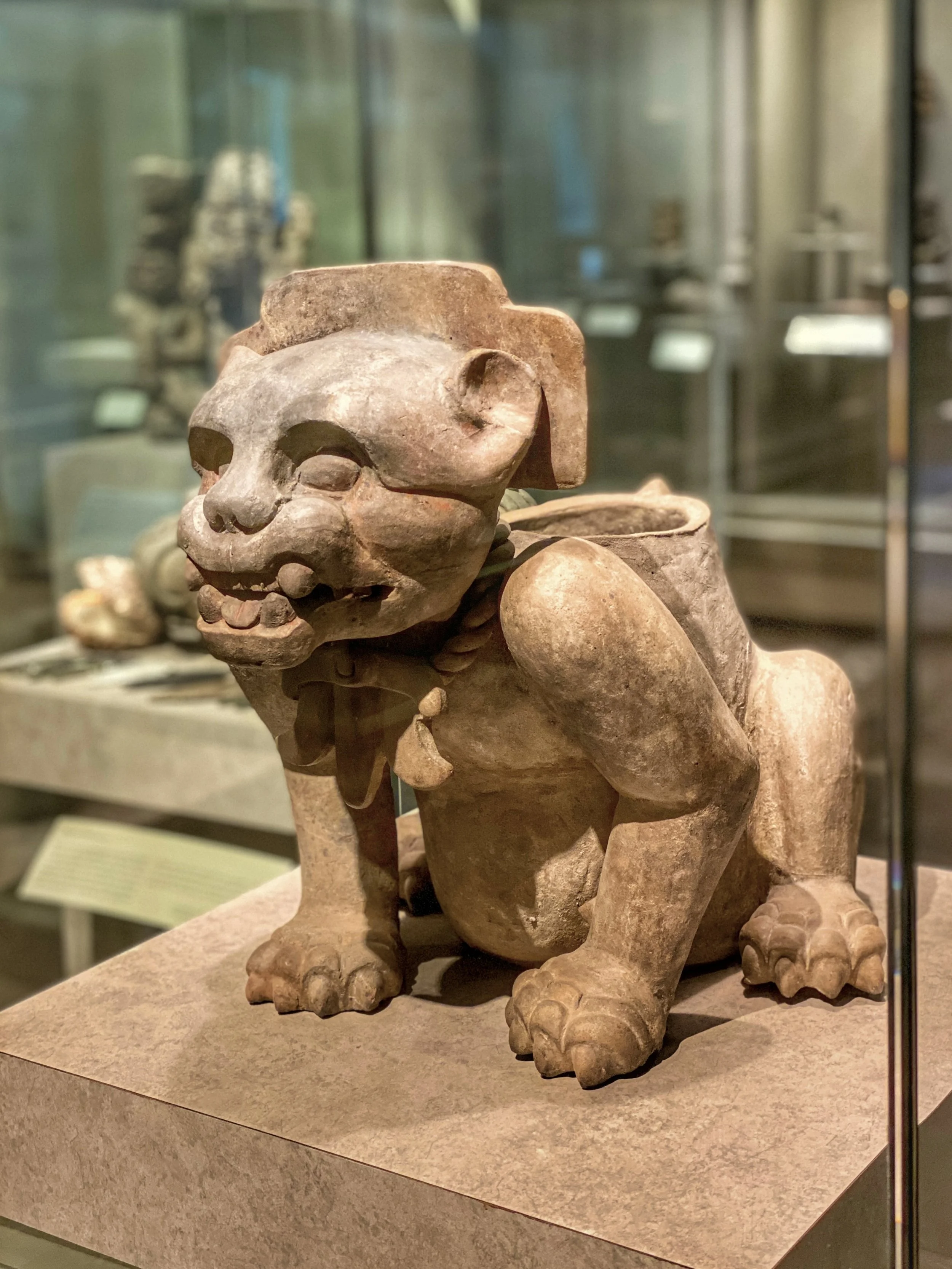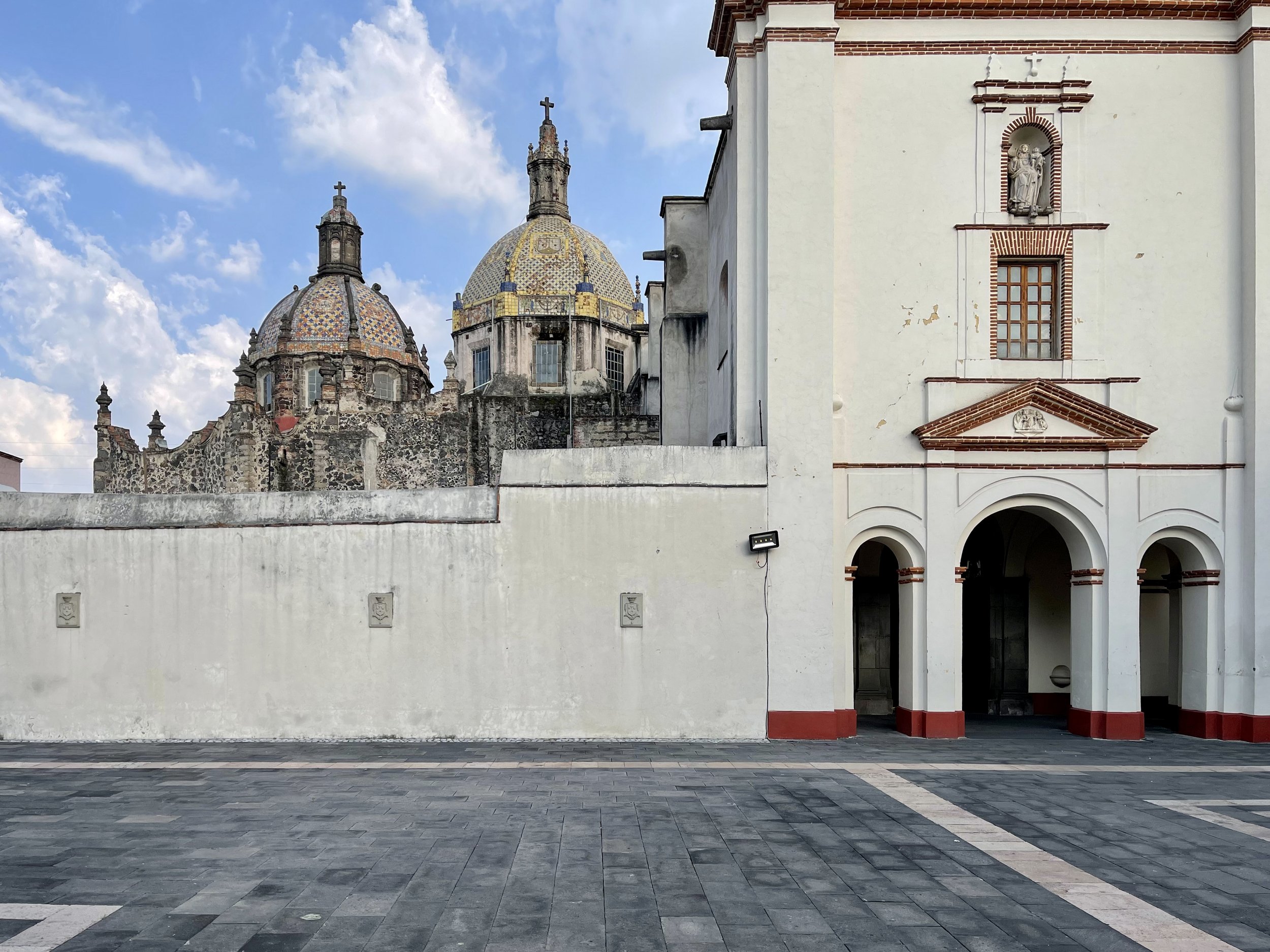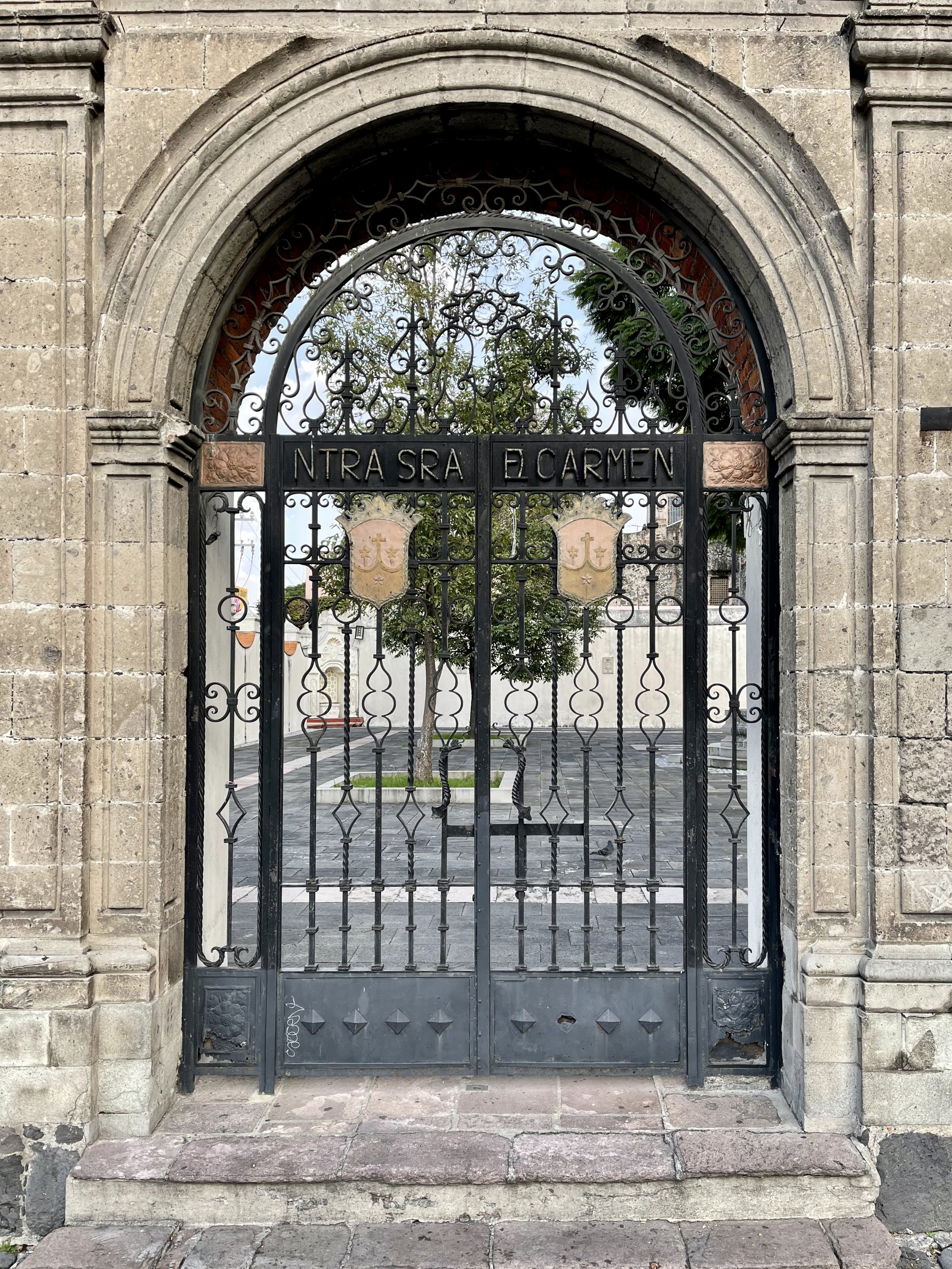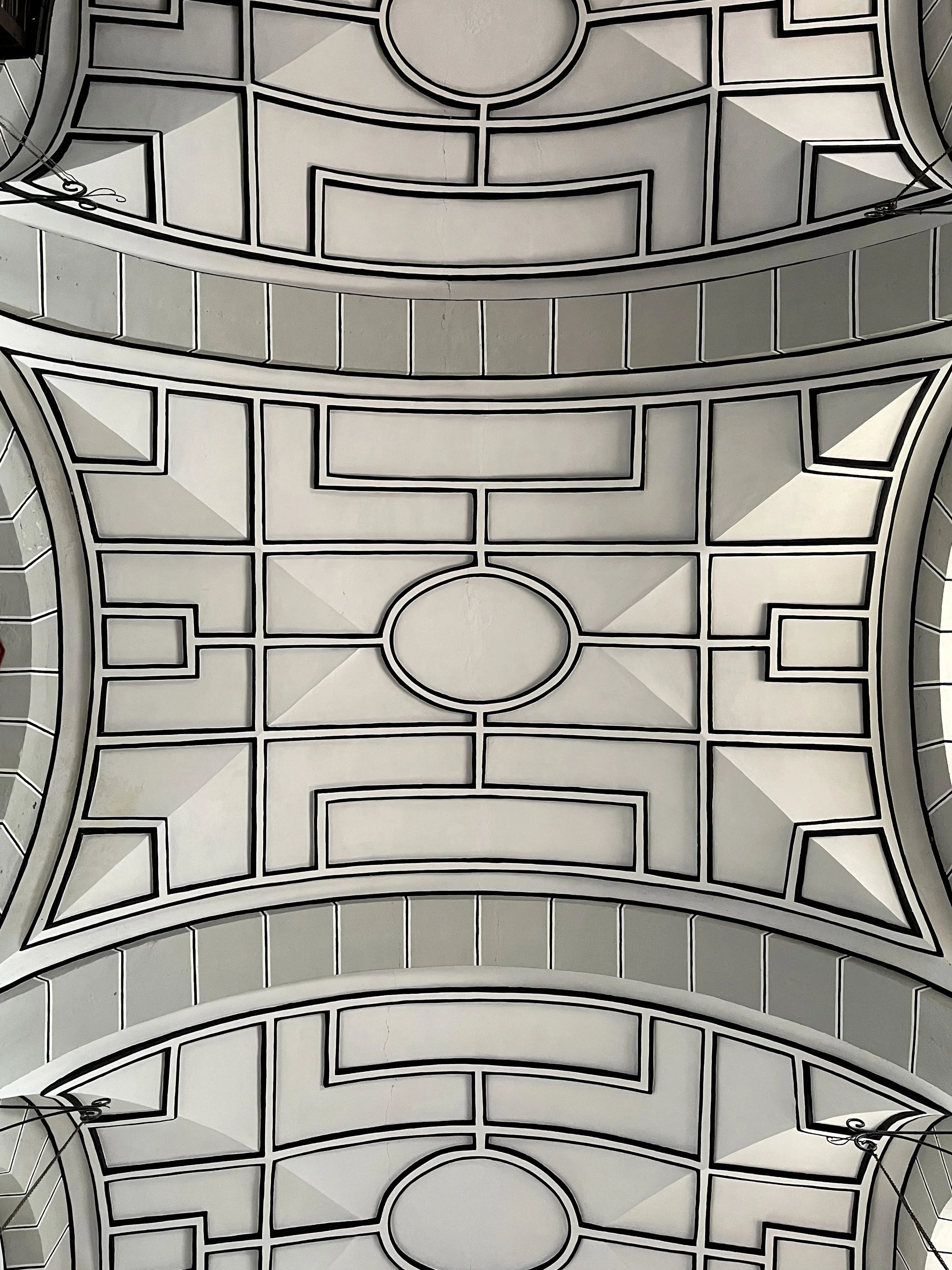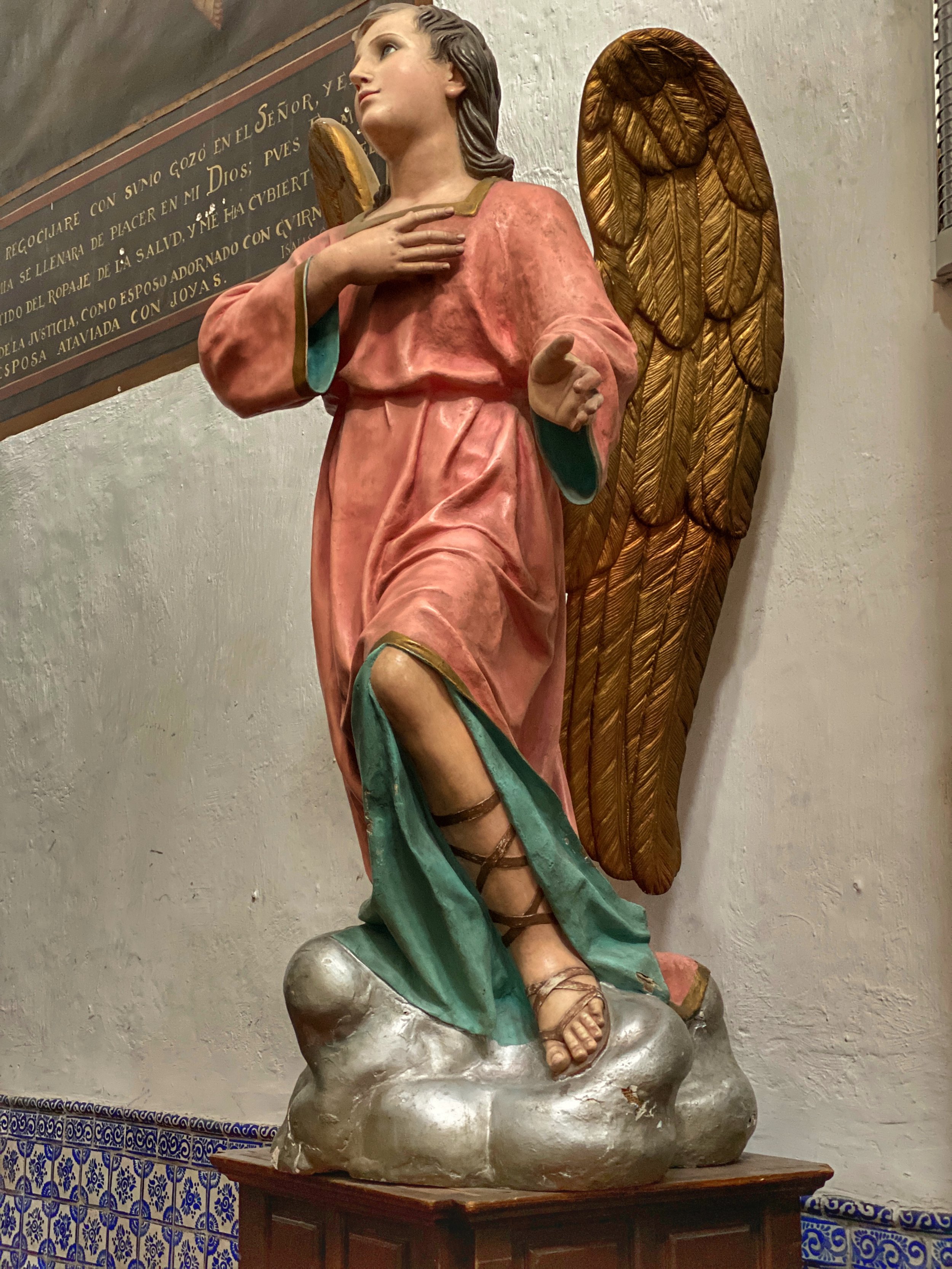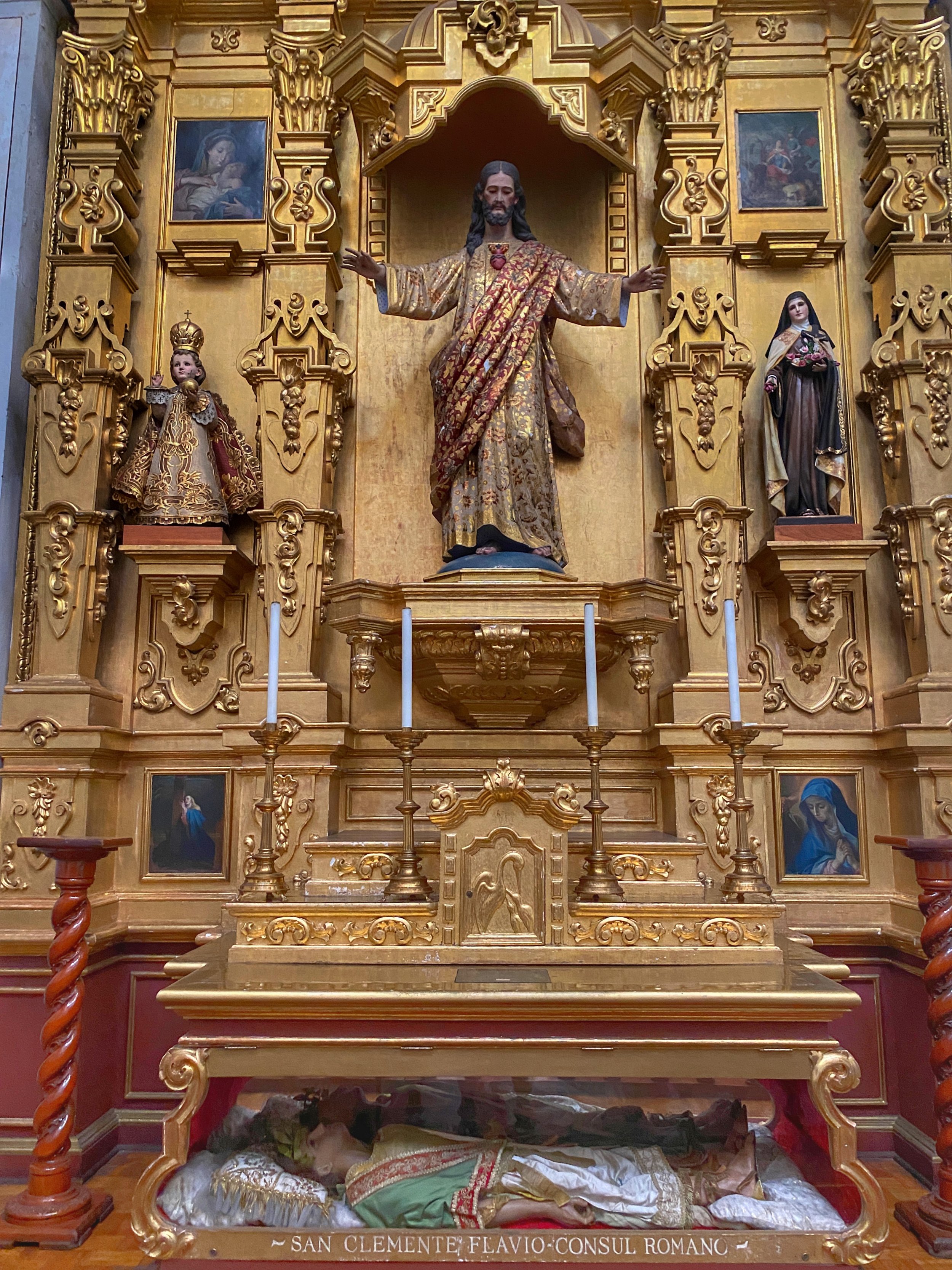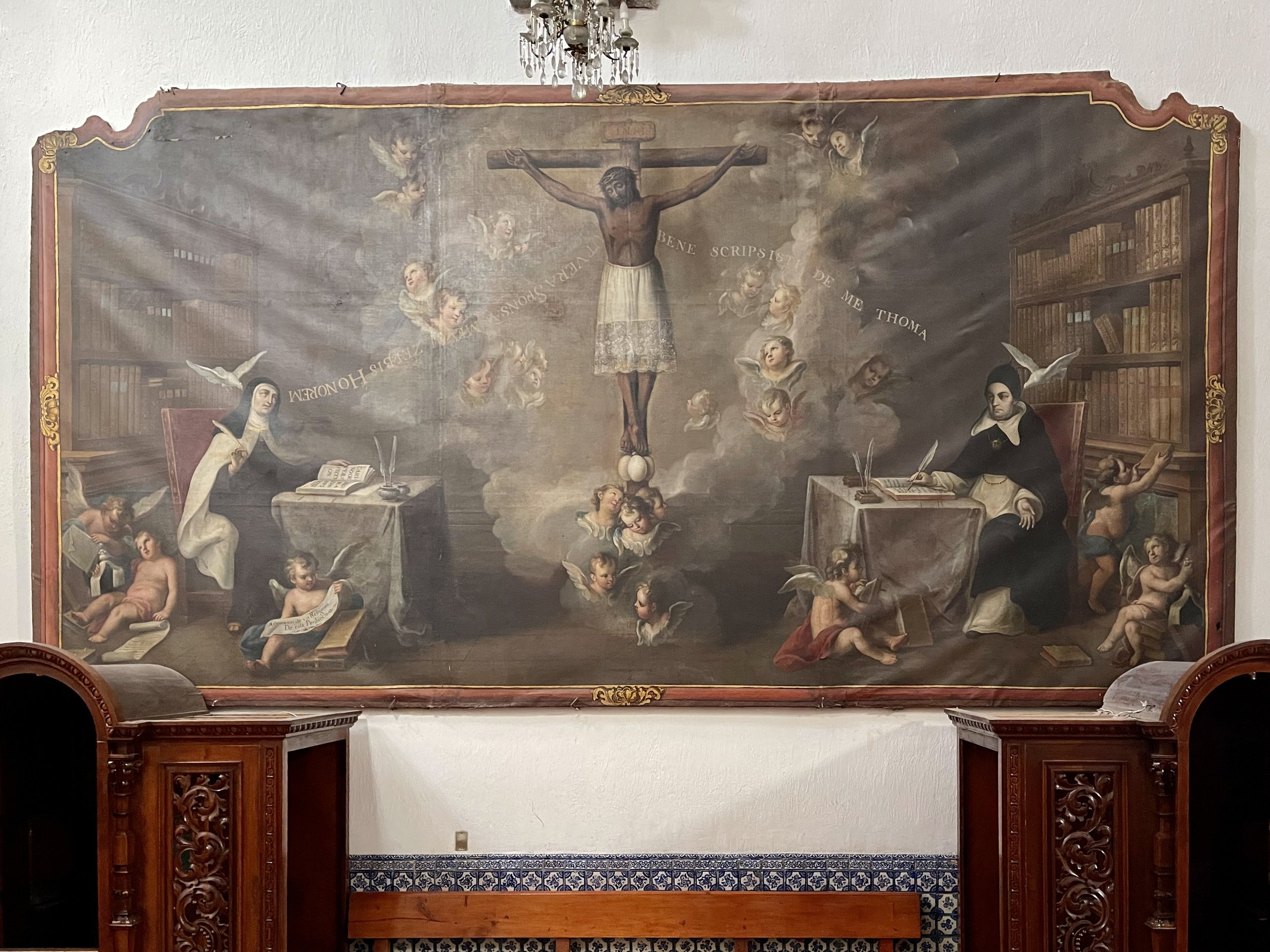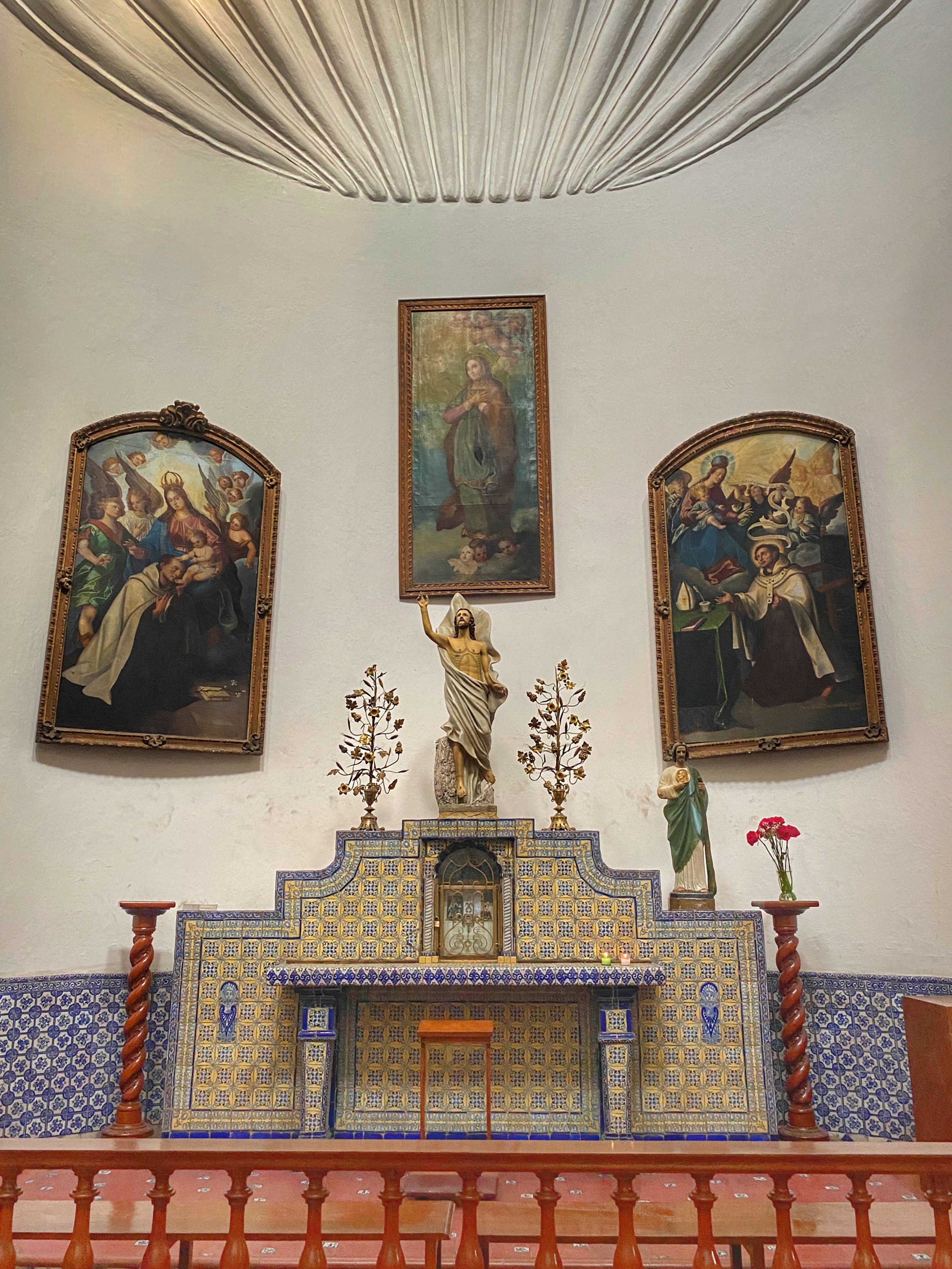This Puerto Vallarta cemetery is home to a heartbroken ghost.
The Panteón 5 de Diciembre: Puerto Vallarta’s main cemetery
Official records for the cemetery date back to 1916, when some bodies discovered in Hidalgo Park were interred in the Pantheon 5th of December — named for the PV neighborhood it’s located in.
What’s so special about that date? Locals honor December 5, as it was on that day in 1929 that the Puerto Vallarta Ejido was formed. This collective offered land for local farmers to lease — the government appropriated 2,808 hectares from the Union en Cuale silver mining company in a show of egalitarianism after the Mexican Revolution.
“On dark nights, the ghost of a woman can be seen making the trek from Hidalgo Park to the Panteón 5 de Diciembre. ”
Look homeward, angel: A woman’s ghost visits her husband’s grave after their remains were separated.
The Ghost of Hidalgo Park
As you can imagine, the transfer of the remains wasn’t foolproof. Some of the bones are said to remain at the old site.
On dark nights, Vallartenses (as locals are called) say that a woman can be seen making the trek from the old burial site to the Panteón 5 de Diciembre. She must get tired, for cab drivers have reported her requesting a ride — with the dead giveaway that she’s actually levitating above the ground!
One taxi driver, during a storm in the early 1960s, picked up the woman, noting that she smelled of roses. She wore a black dress with white circles that made him think of eyes watching him.
The cabbie kept asking if the young woman was married, and she eventually acknowledged that she was. What the driver didn’t know at the time was that the couple were dead and had once been buried together. But while the husband’s remains had been relocated to Panteón 5 de Diciembre, the wife’s were left behind at Hidalgo Park.
“I’ve come to comfort him,” the passenger said. A flash of lightning illuminated the sky — and when the taxi driver looked into his rearview mirror, the backseat was empty.
But then the woman spoke again, talking of the painful separation from her husband. The cabbie saw her floating over the sidewalk and through the closed gate to the cemetery.
Inside the taxi, the smell of roses turned to the stench of decay.
Dried marigold petals on a tombstone
A Visit for Día de los Muertos
Duke and I visited on November 1. We hoped to see families placing bright orange marigolds, candles, photos, food items and cigarettes on the graves to lead their loved ones back from the afterlife. Instead, we only saw a couple of cans of beer left out, and a few families cleaning some of the gravesites.
Perhaps the lack of activity was due to the fact that Day of the Dead really kicks into gear the next day. Plus, even though it was fall, the midday sun blazed down upon us scorchingly, and we tried to keep to the shade as much as possible.
A vendor sells marigolds outside the cemetery — the flower is especially popular around the Day of the Dead.
La Muerte Está Viva Parade
I was bummed to discover that we were one stinking day early on our visit. On November 2, a parade called La Muerte Está Viva (Death Is Alive) progresses from the cemetery to the Plaza Lázaro Cárdena, where a folk art festival is held.
The Pantheon 5th of December has everything from gorgeous gravesites like this one to simple crosses with hand-painted Jesus heads.
If you find cemeteries as intriguing as Duke and I do, the Pantheon 5th of December is worth a visit. Just keep an eye out for a woman in a black dress whose feet don’t quite touch the ground. –Wally
Panteón 5 de Diciembre
Brasilia 715
5 de Diciembre
48350 Puerto Vallarta
Jalisco
Mexico


